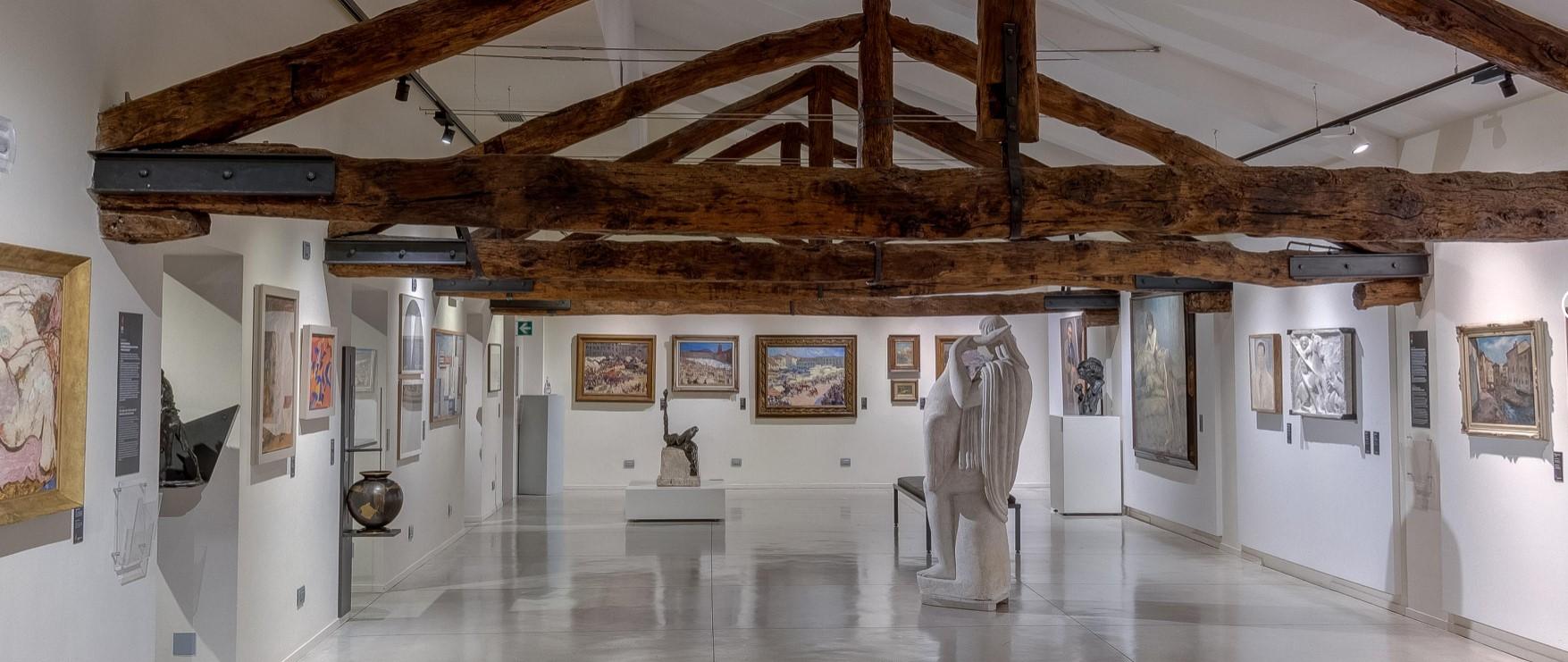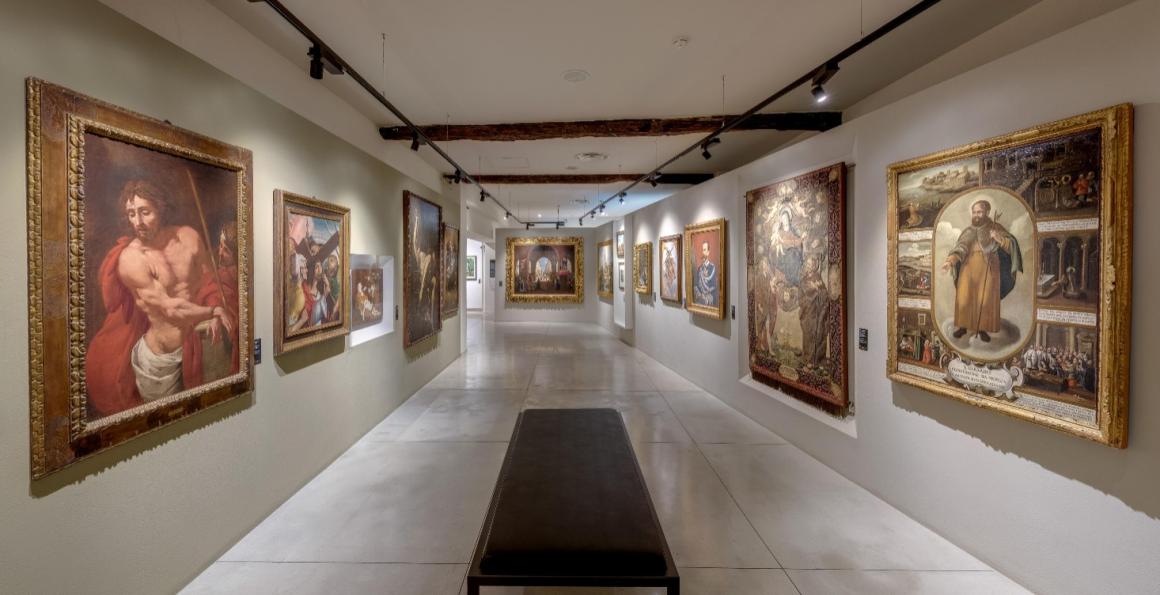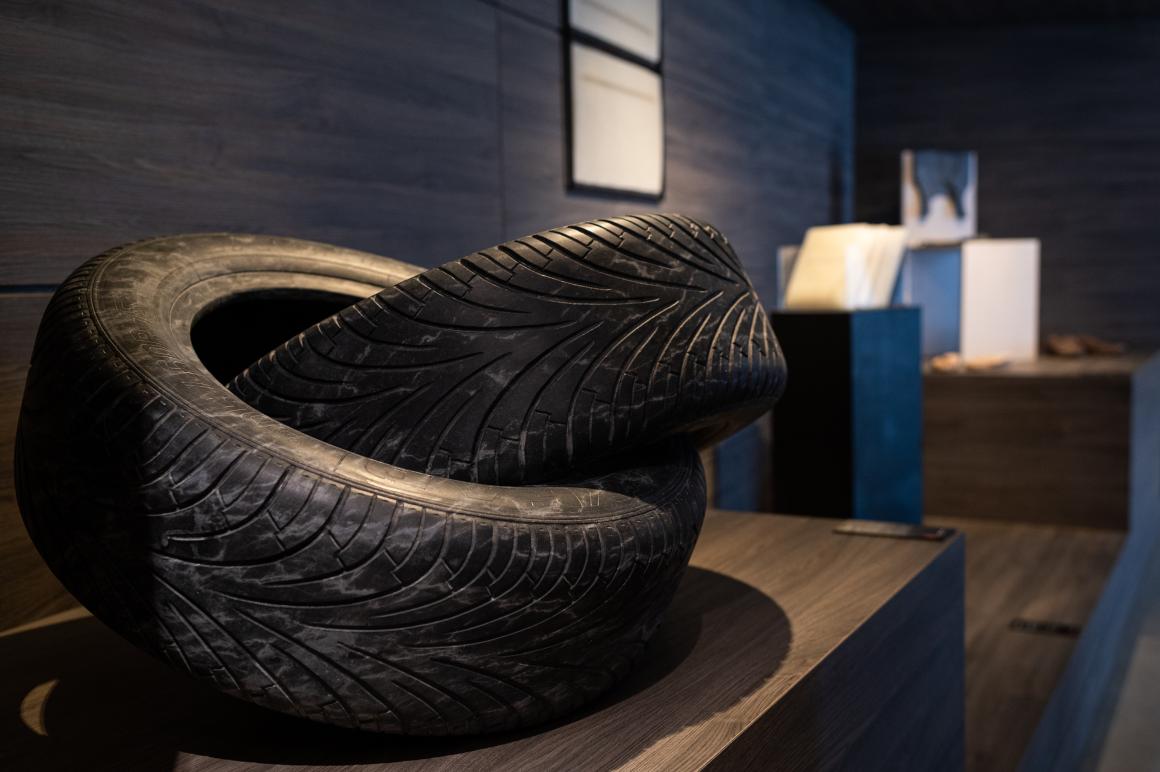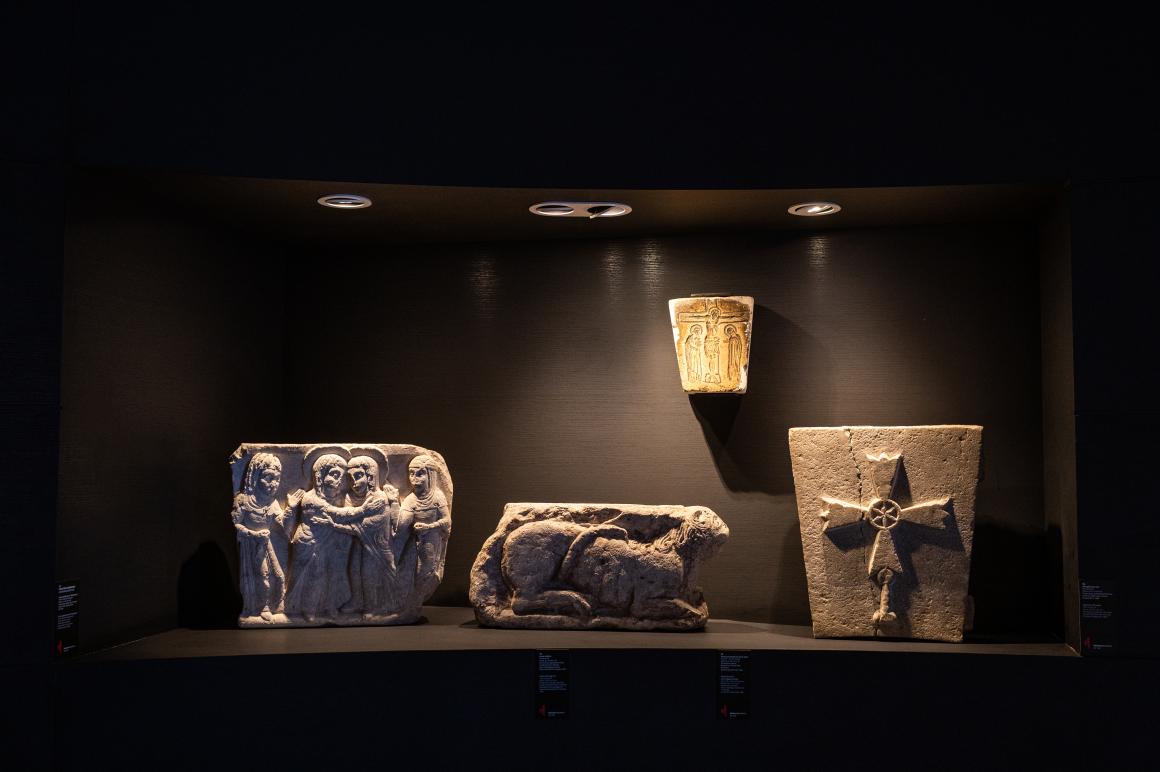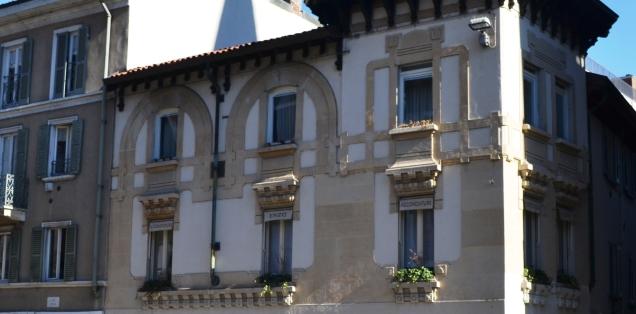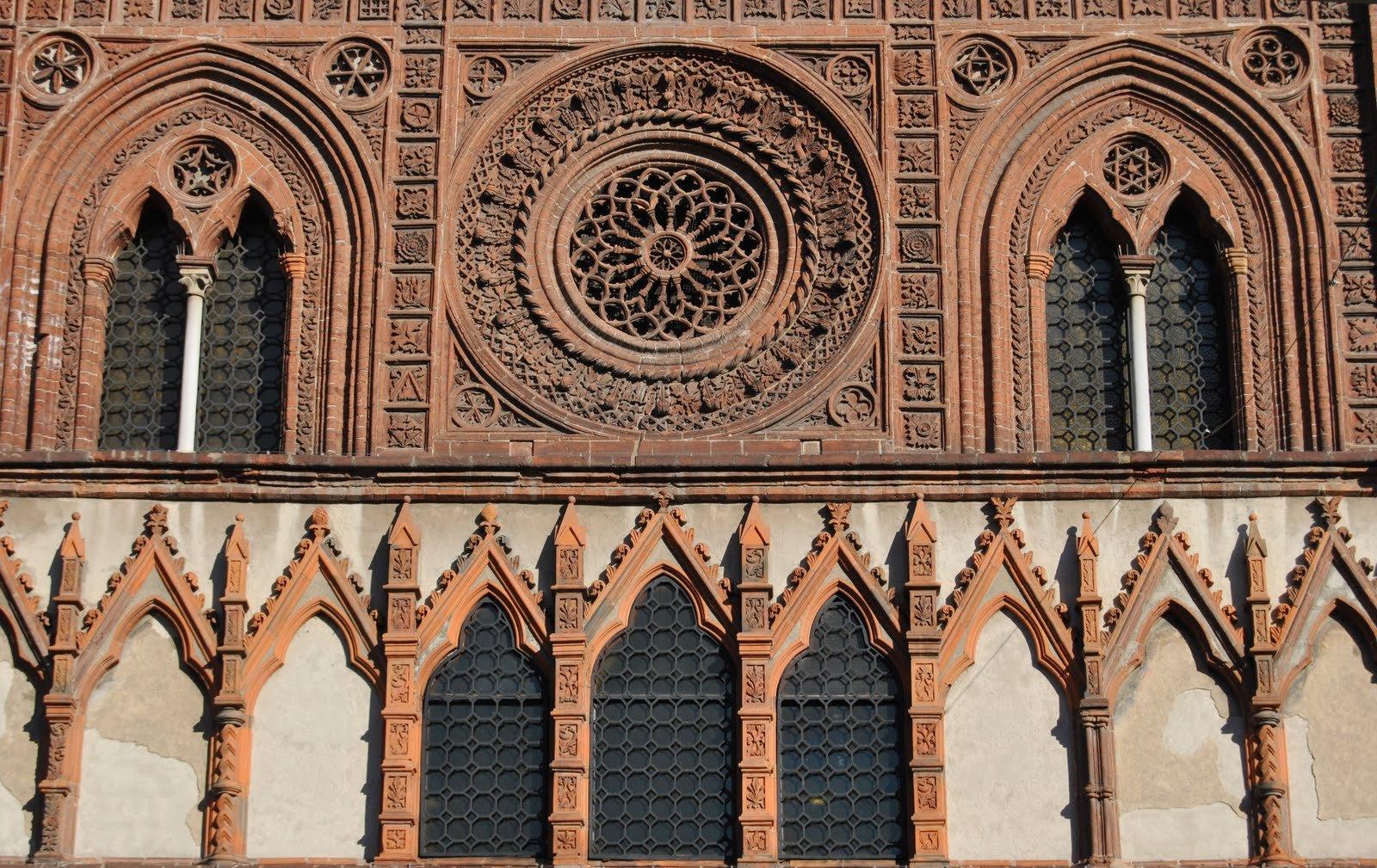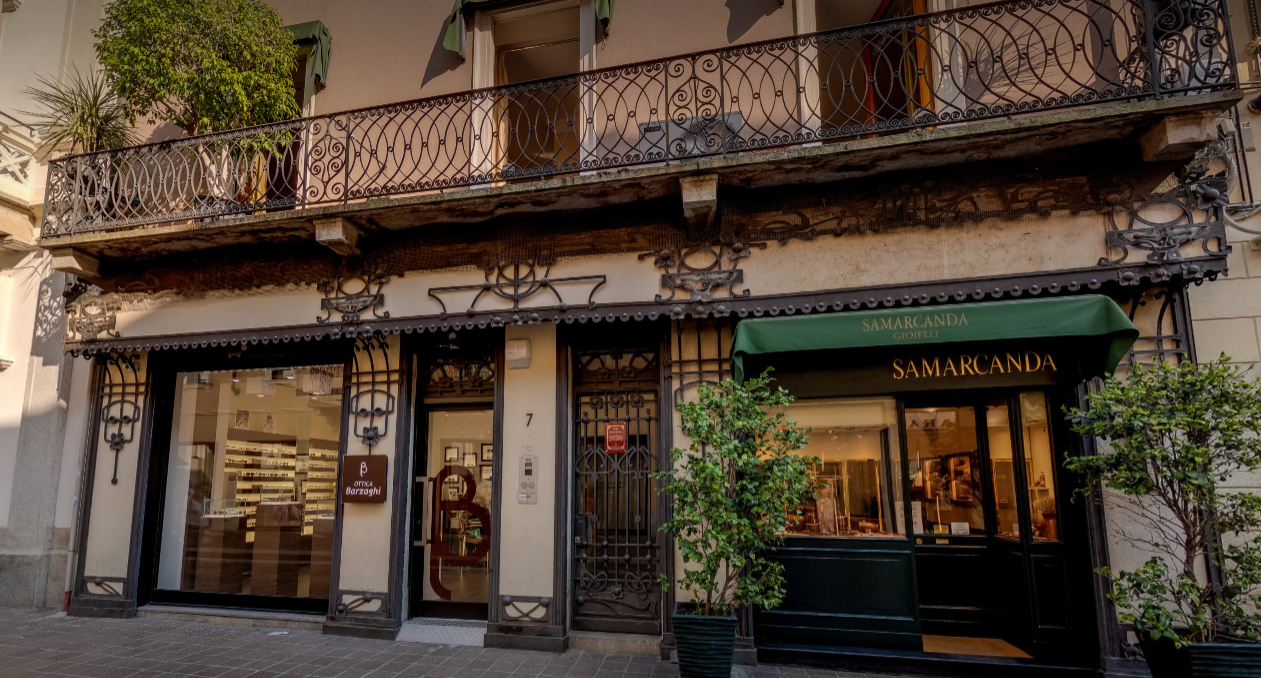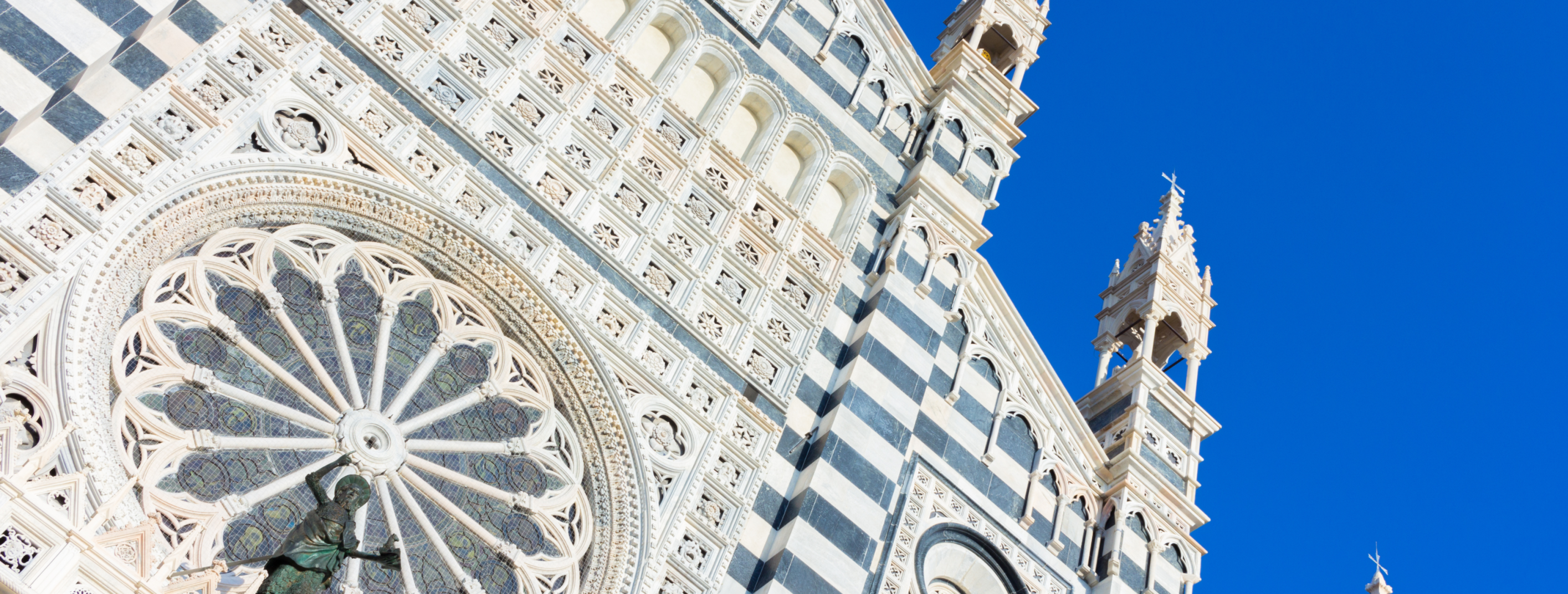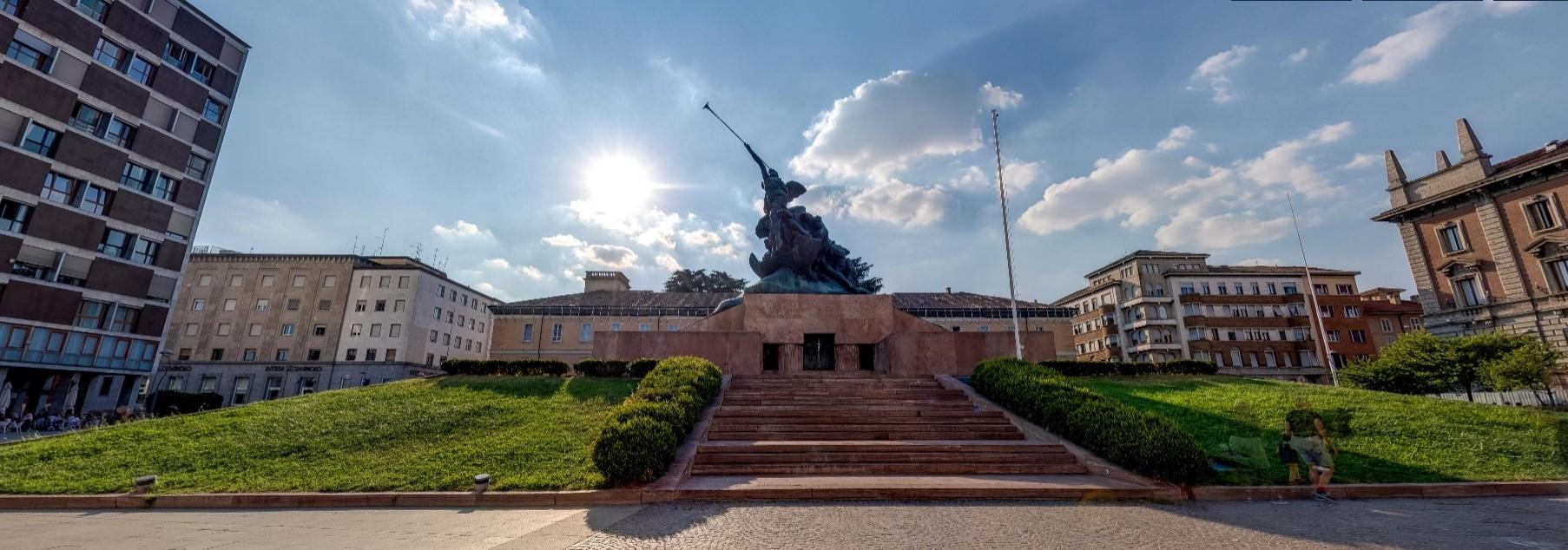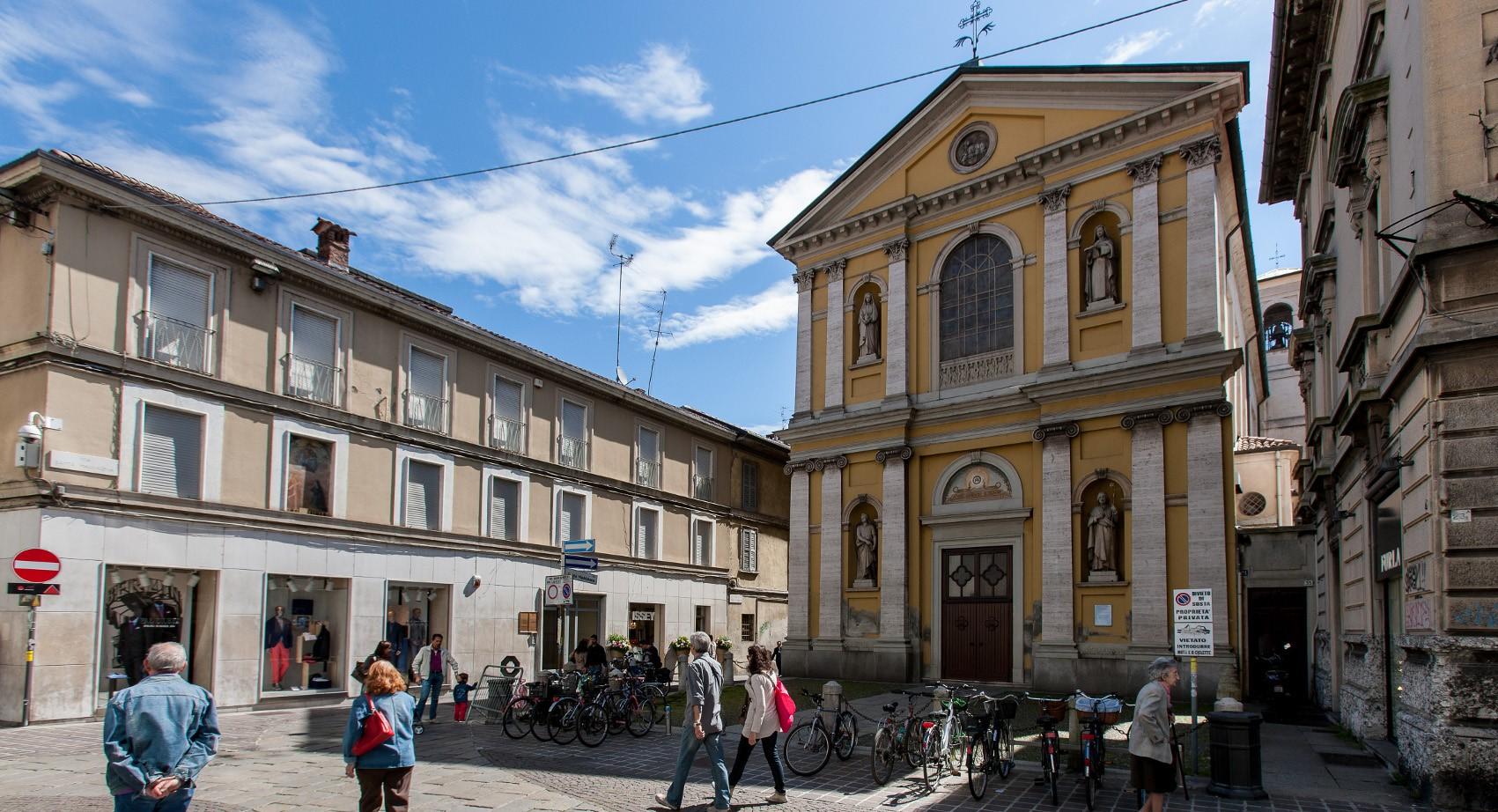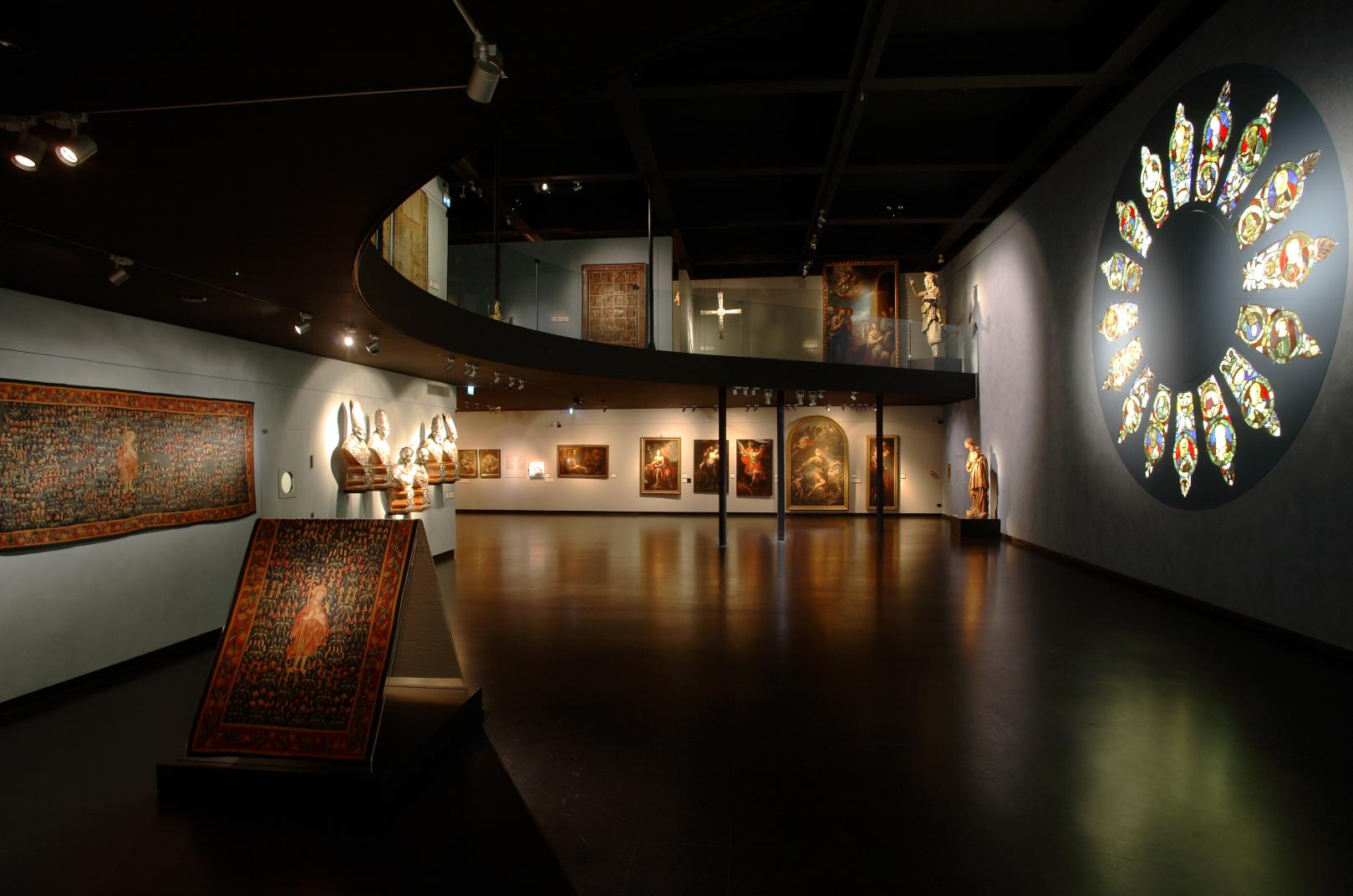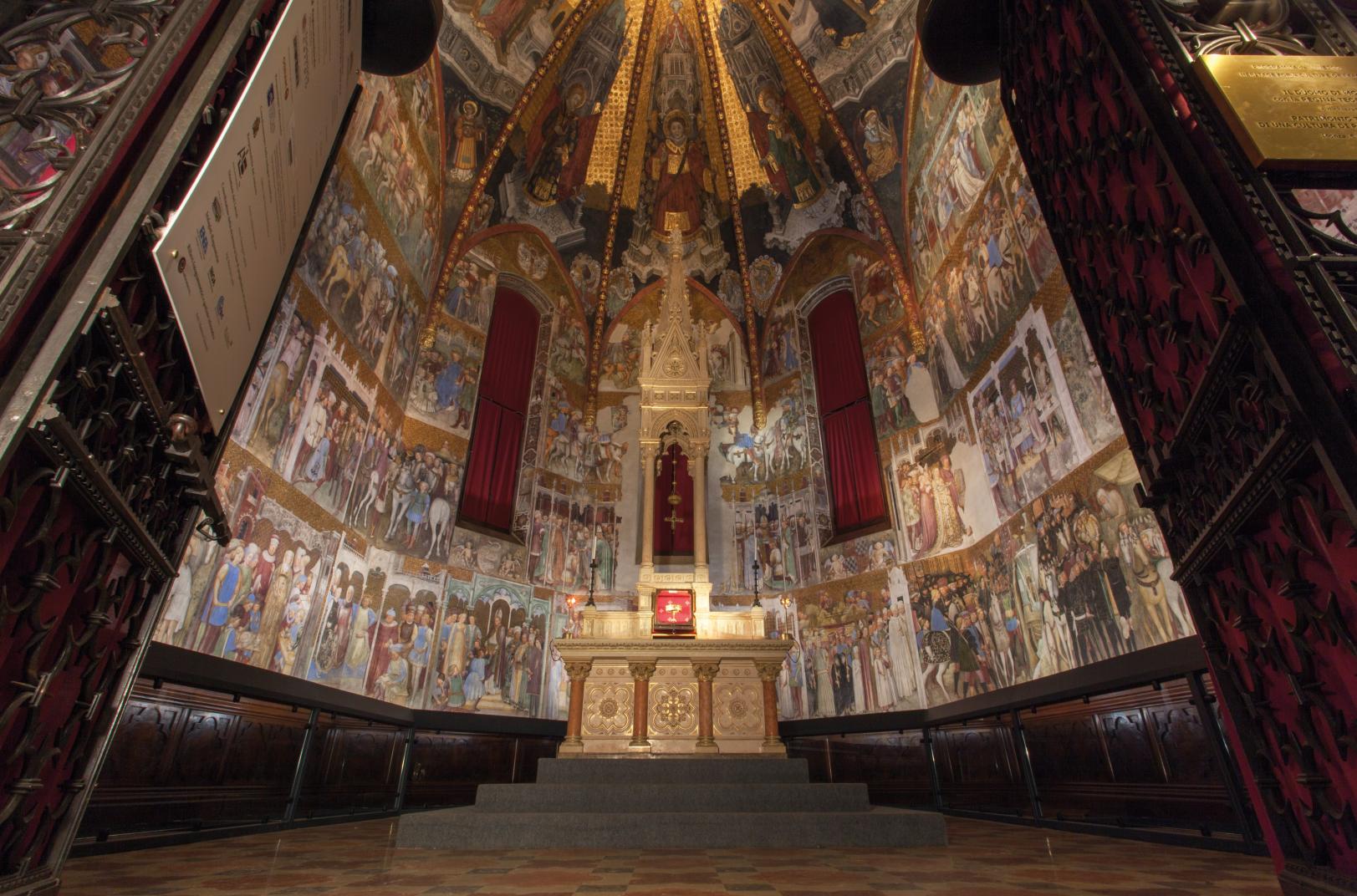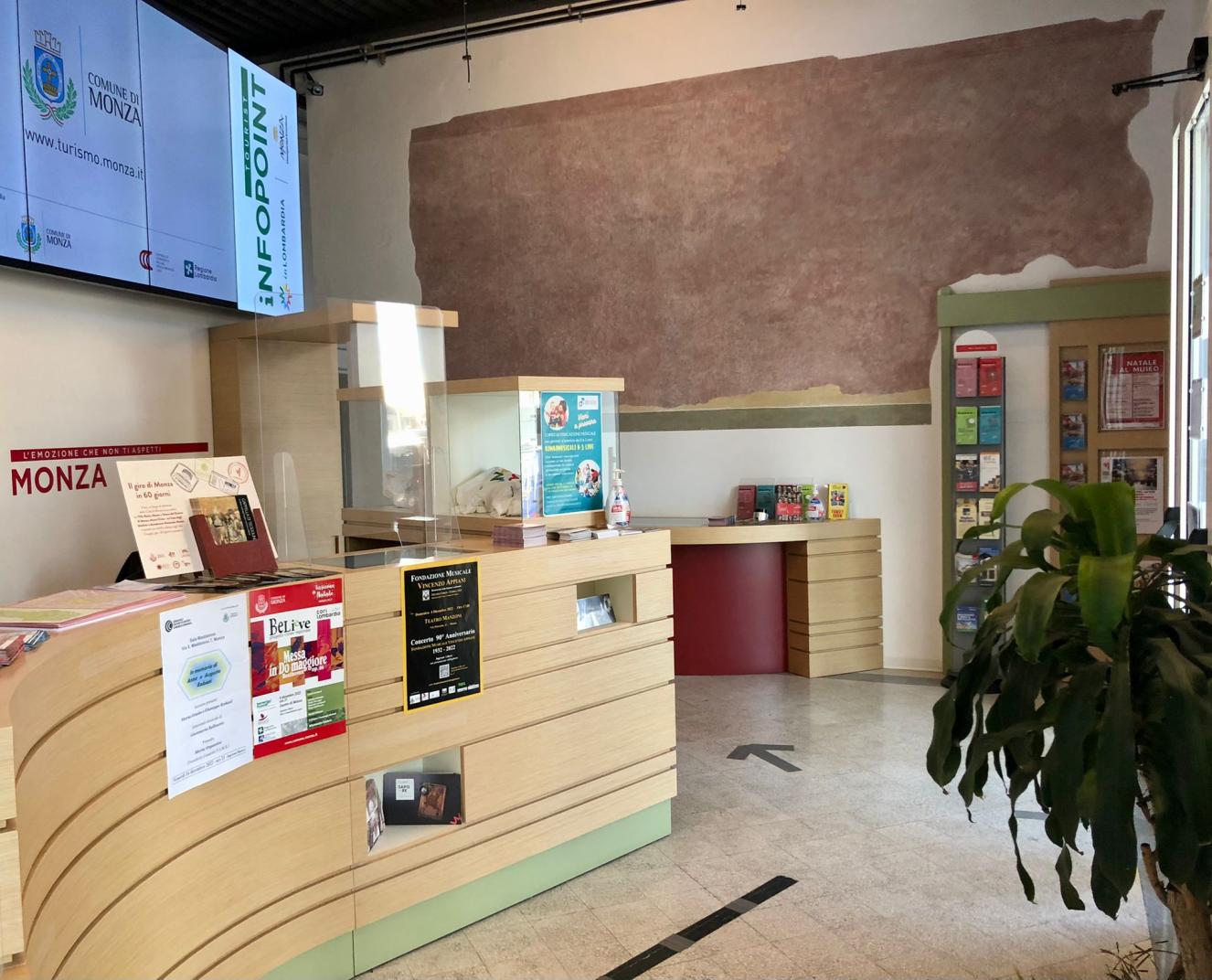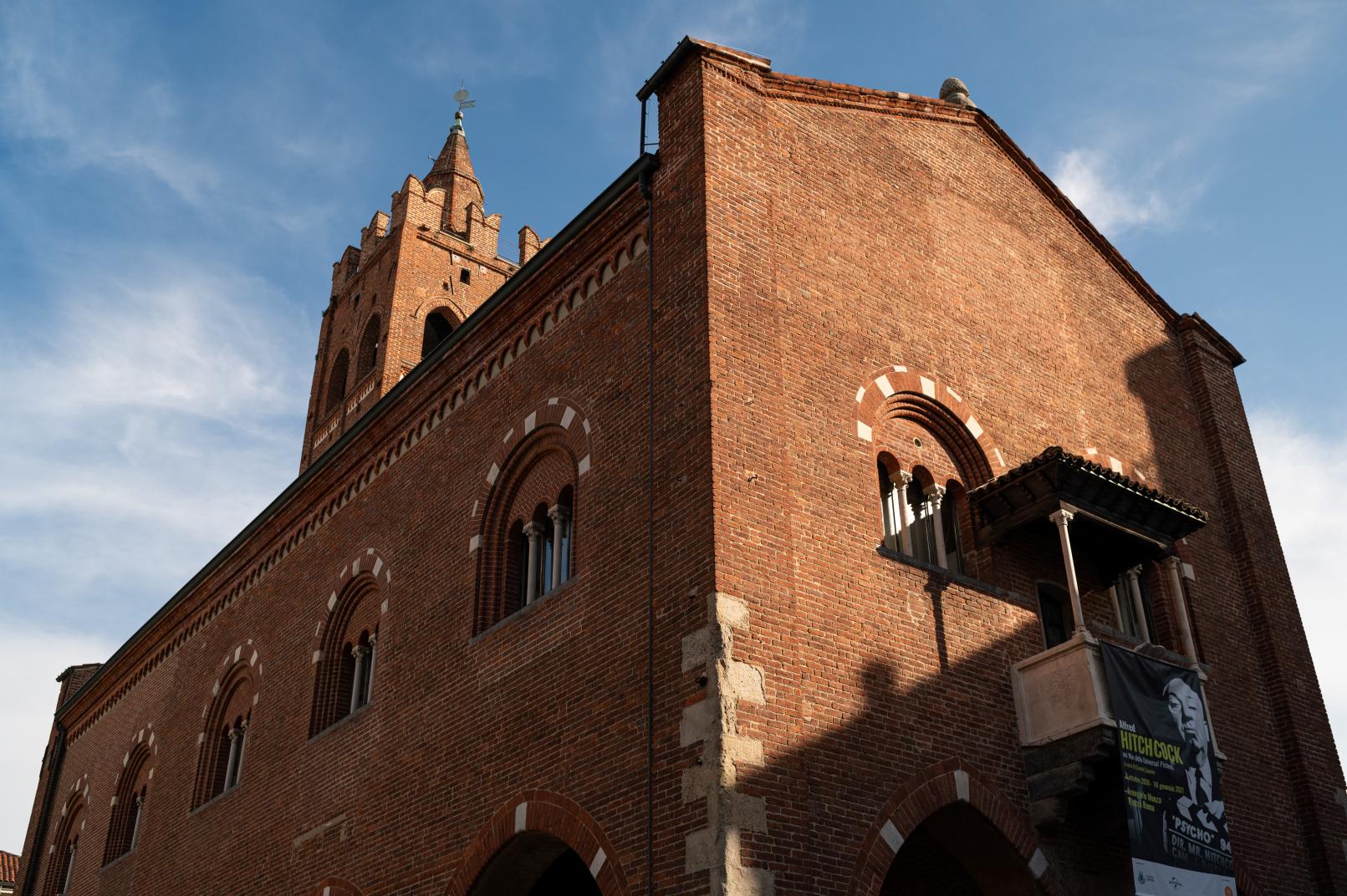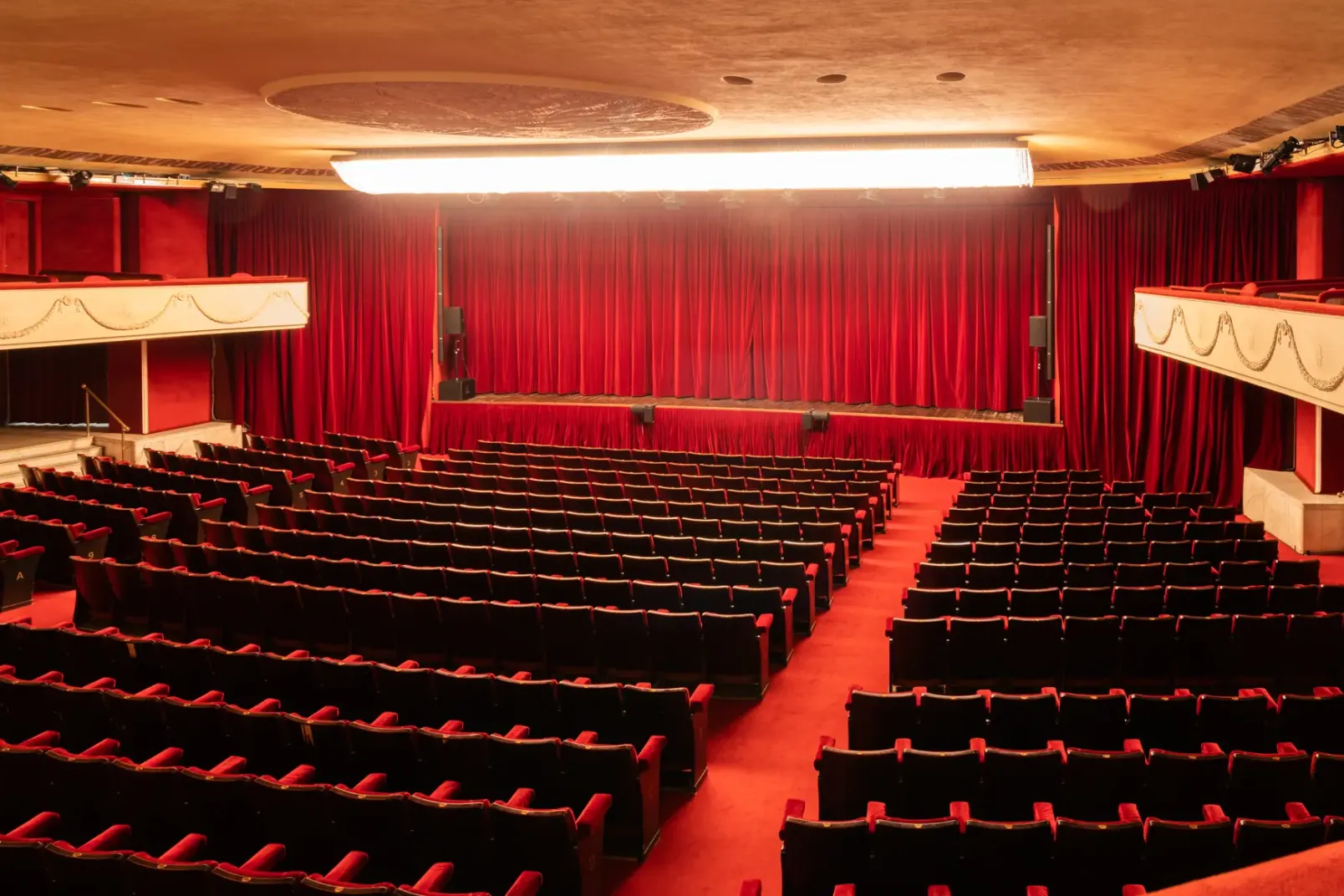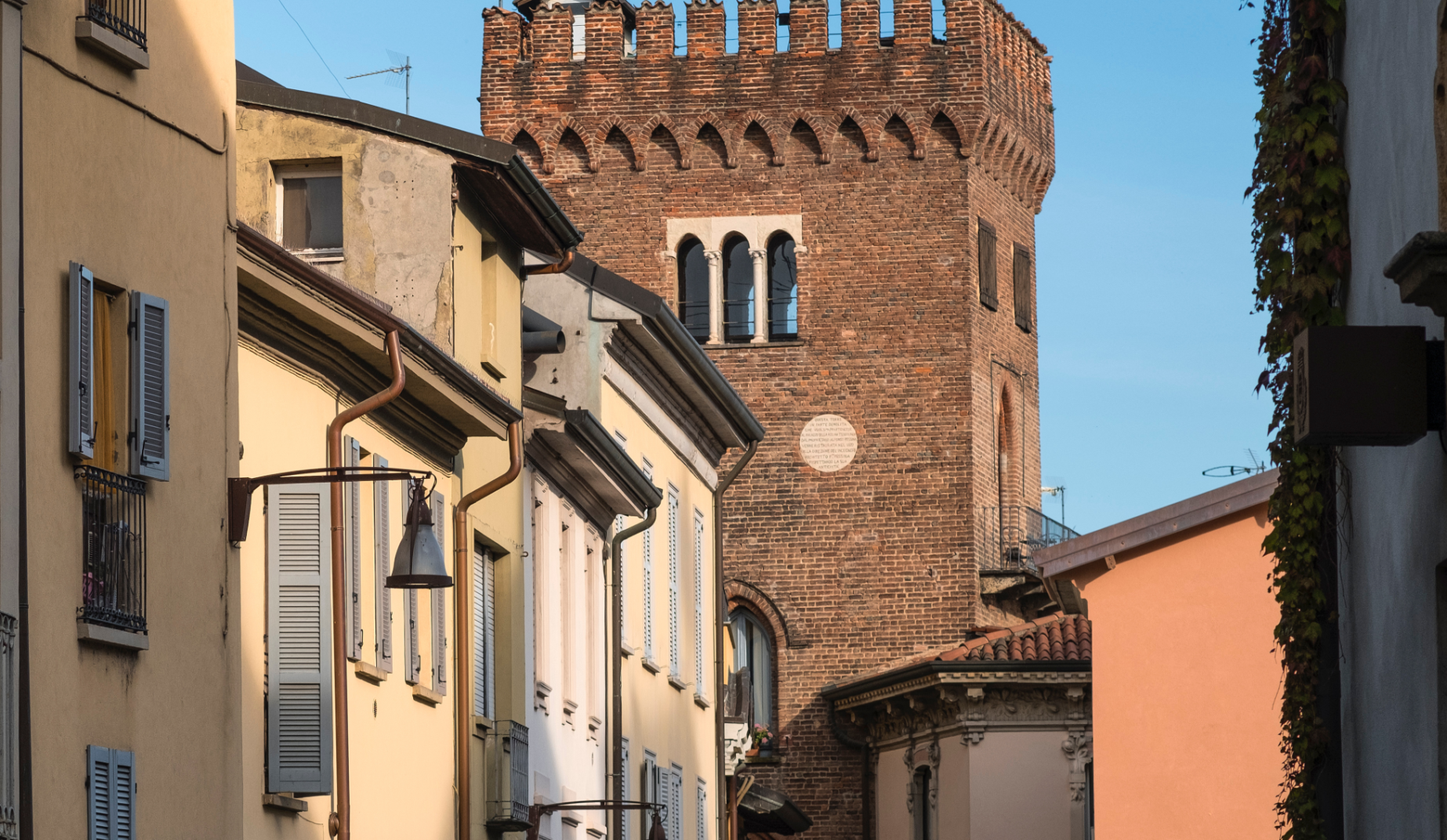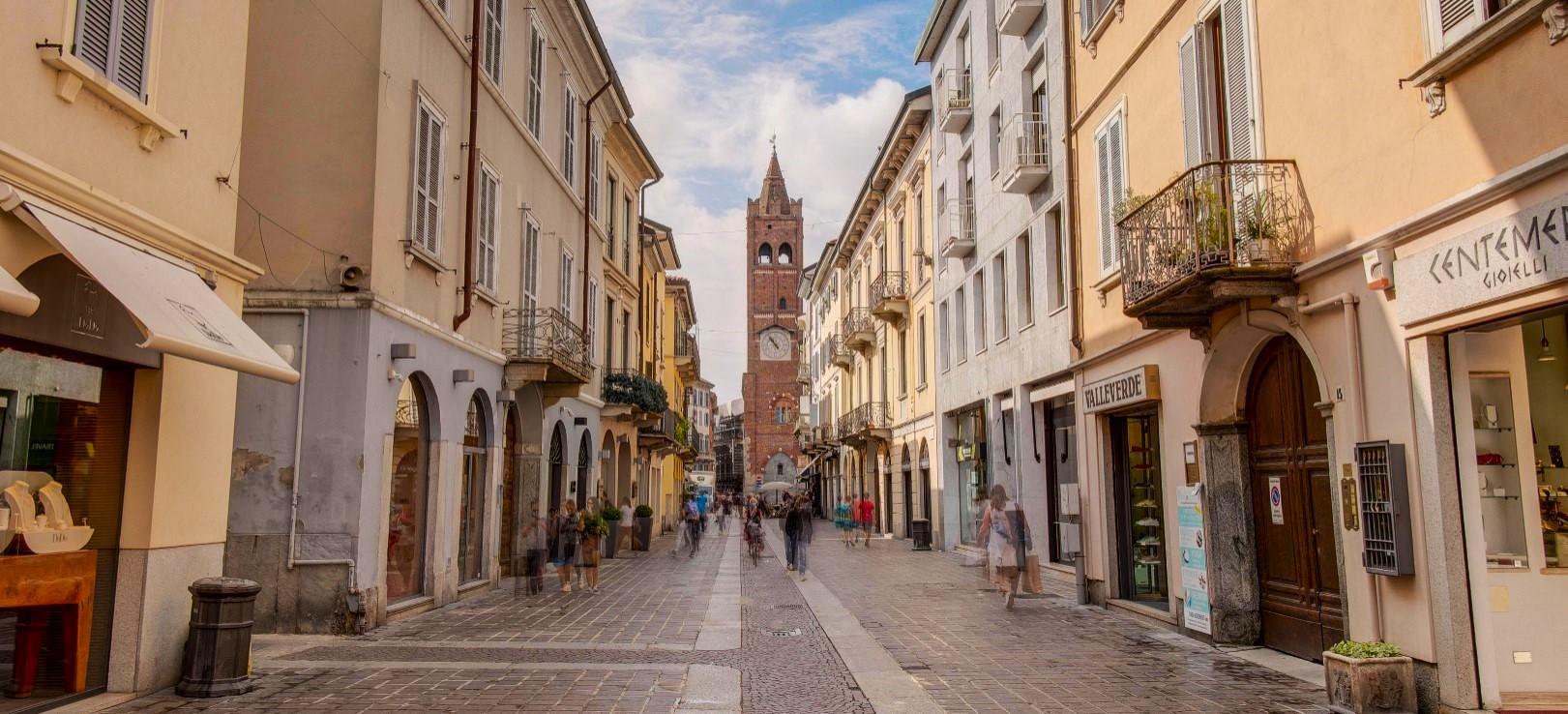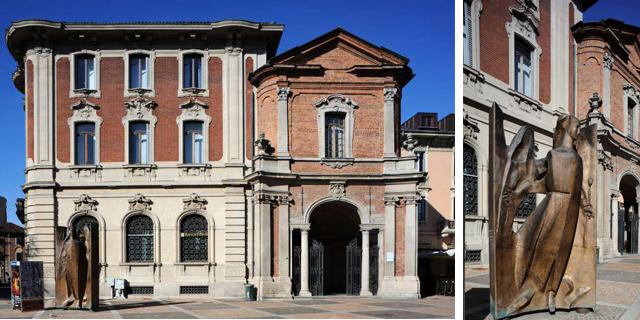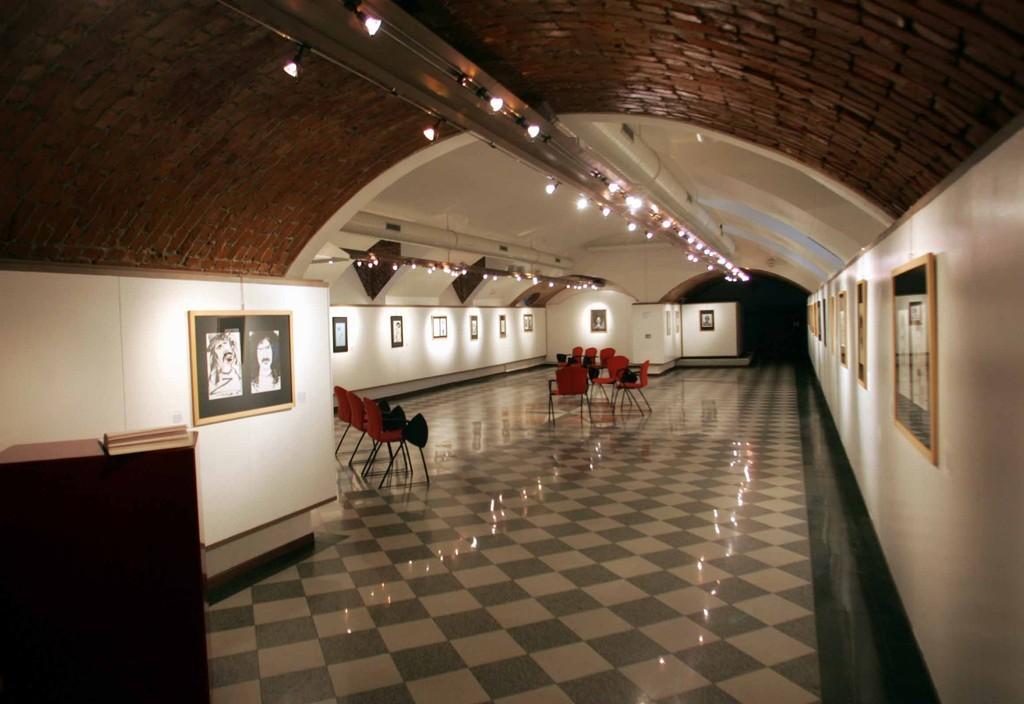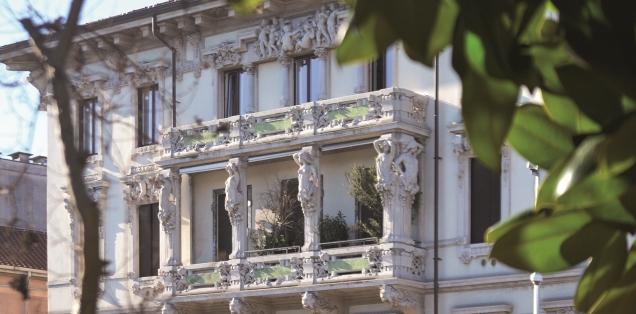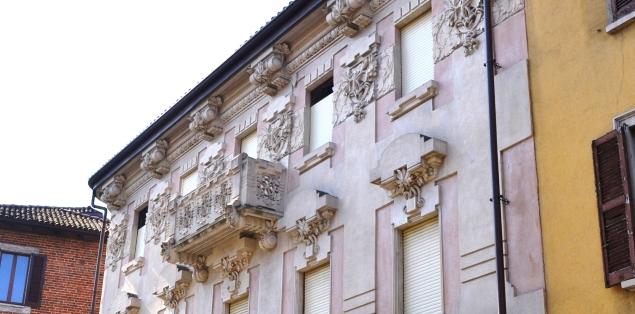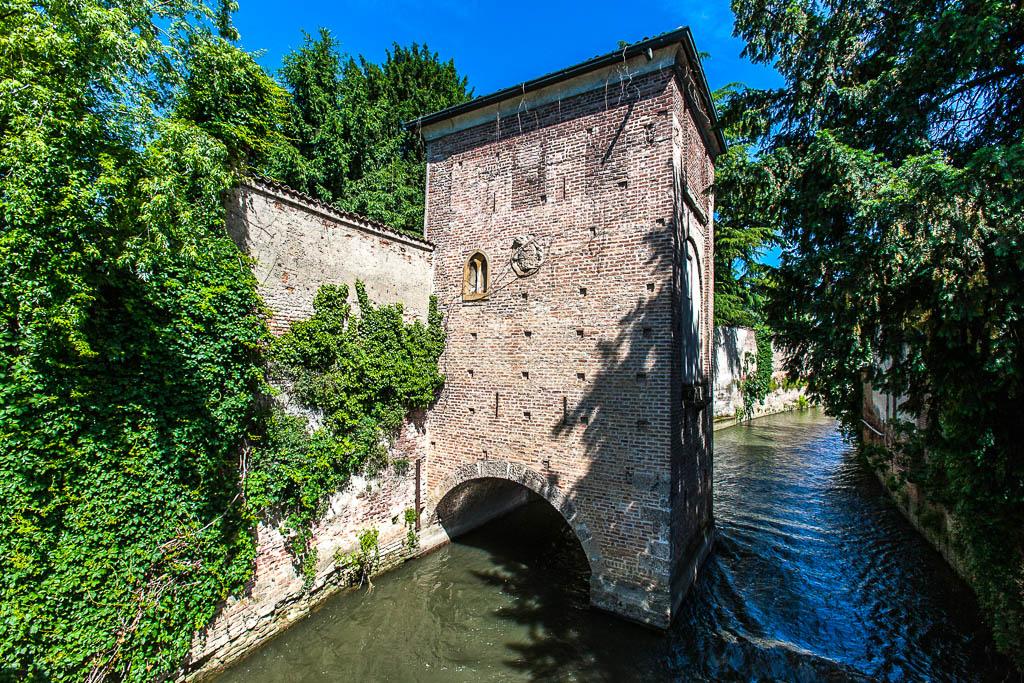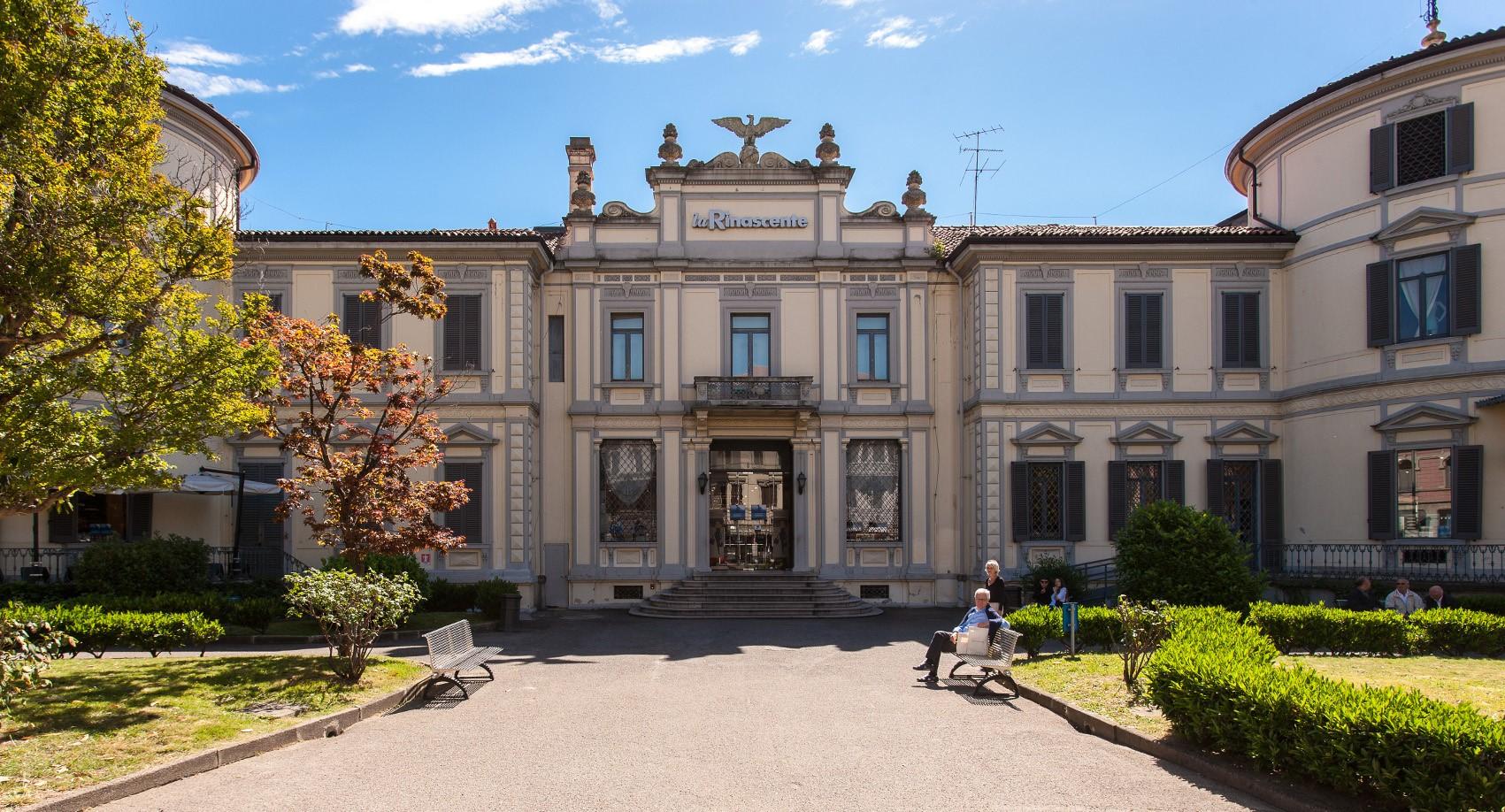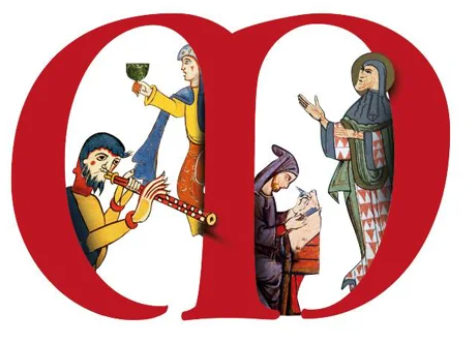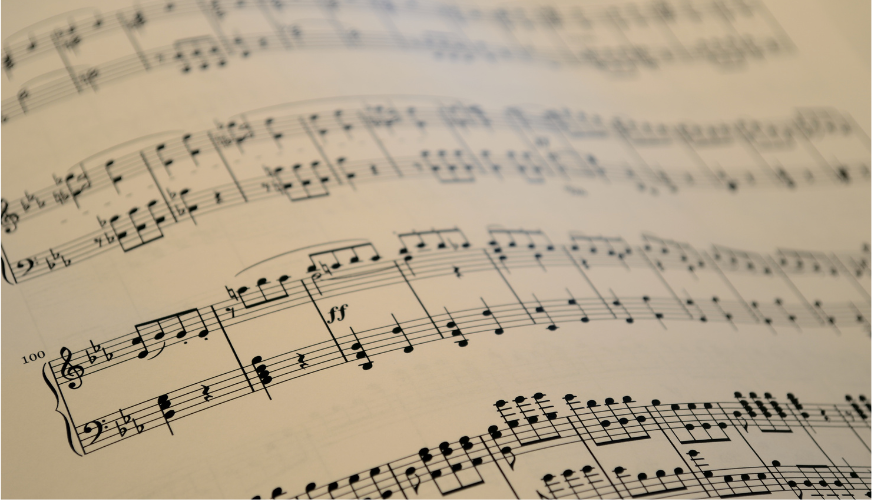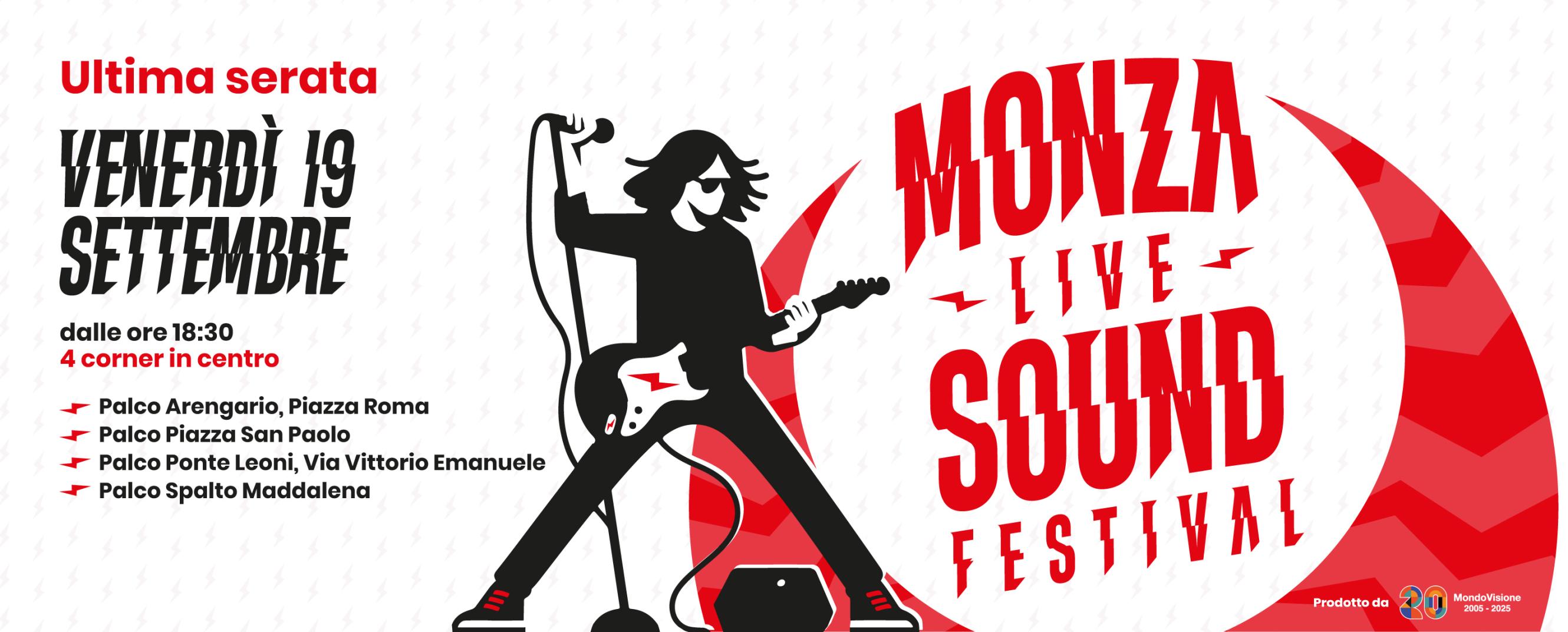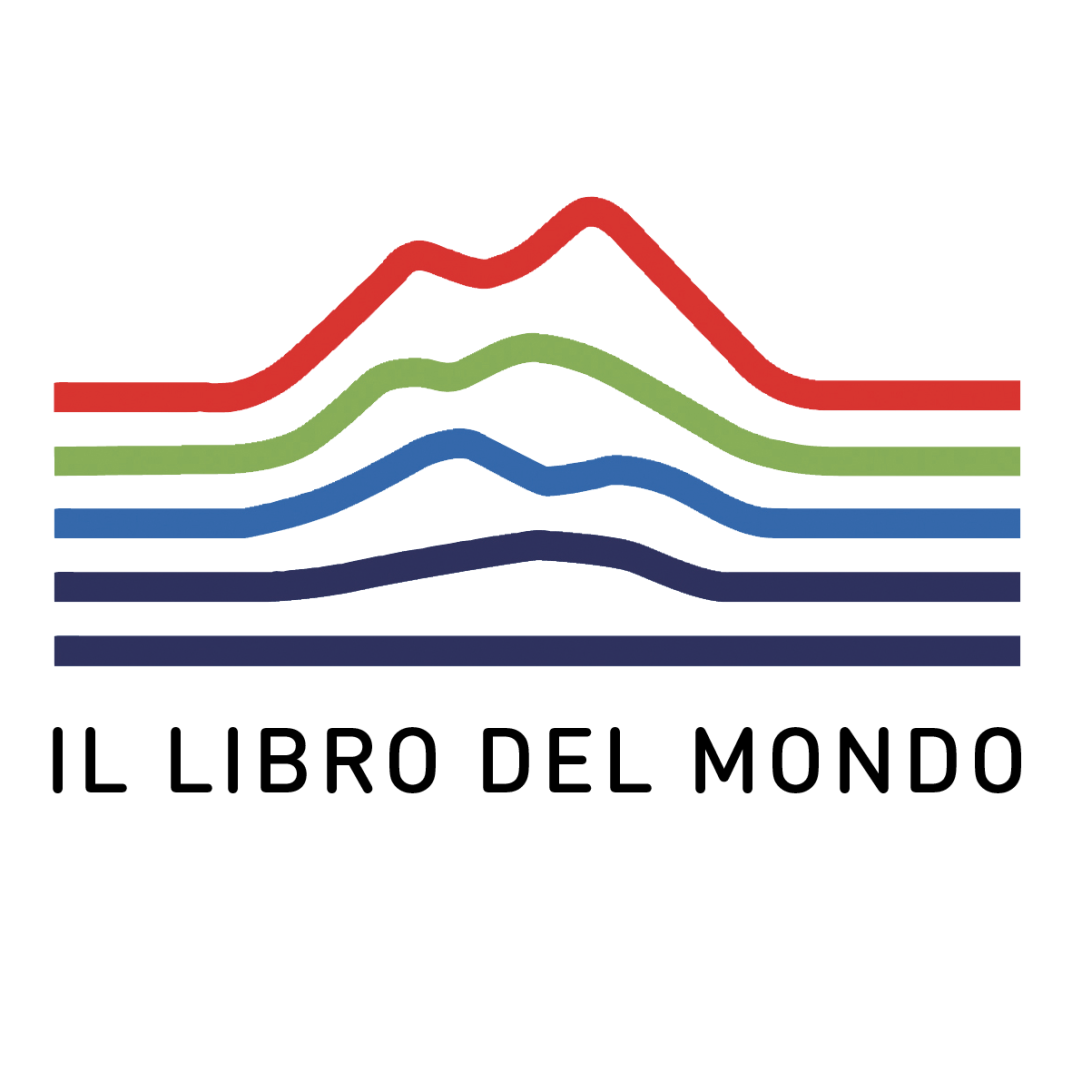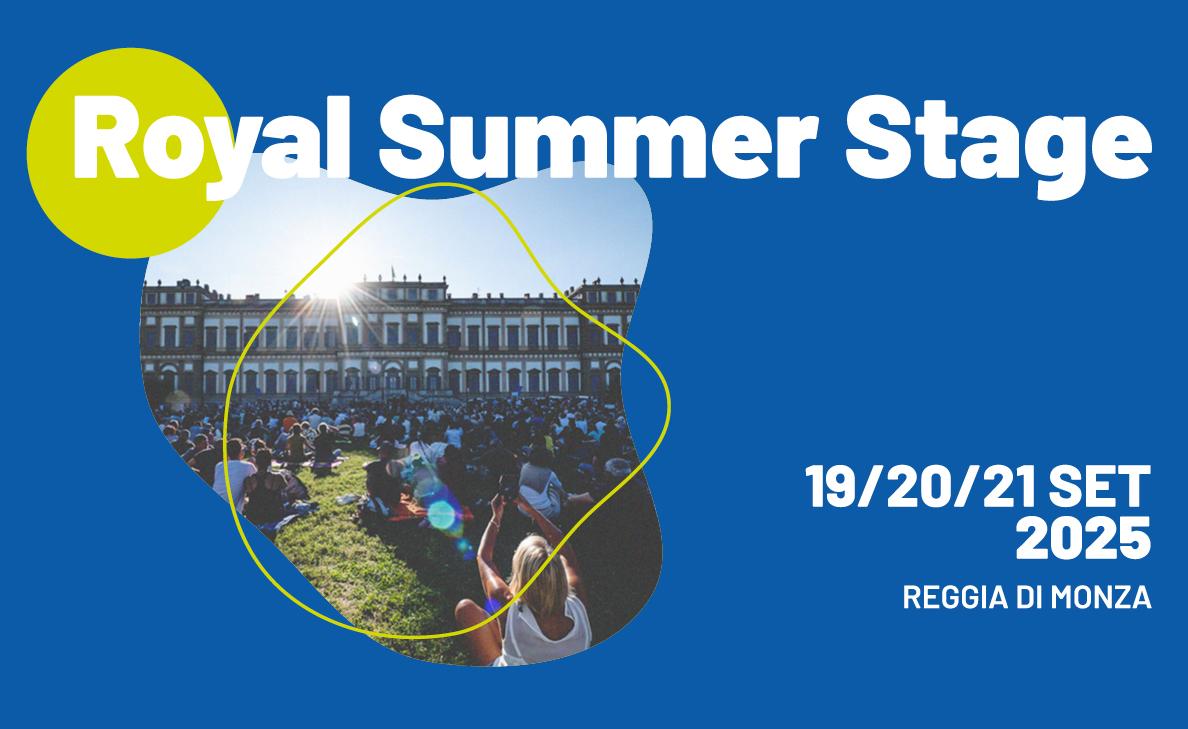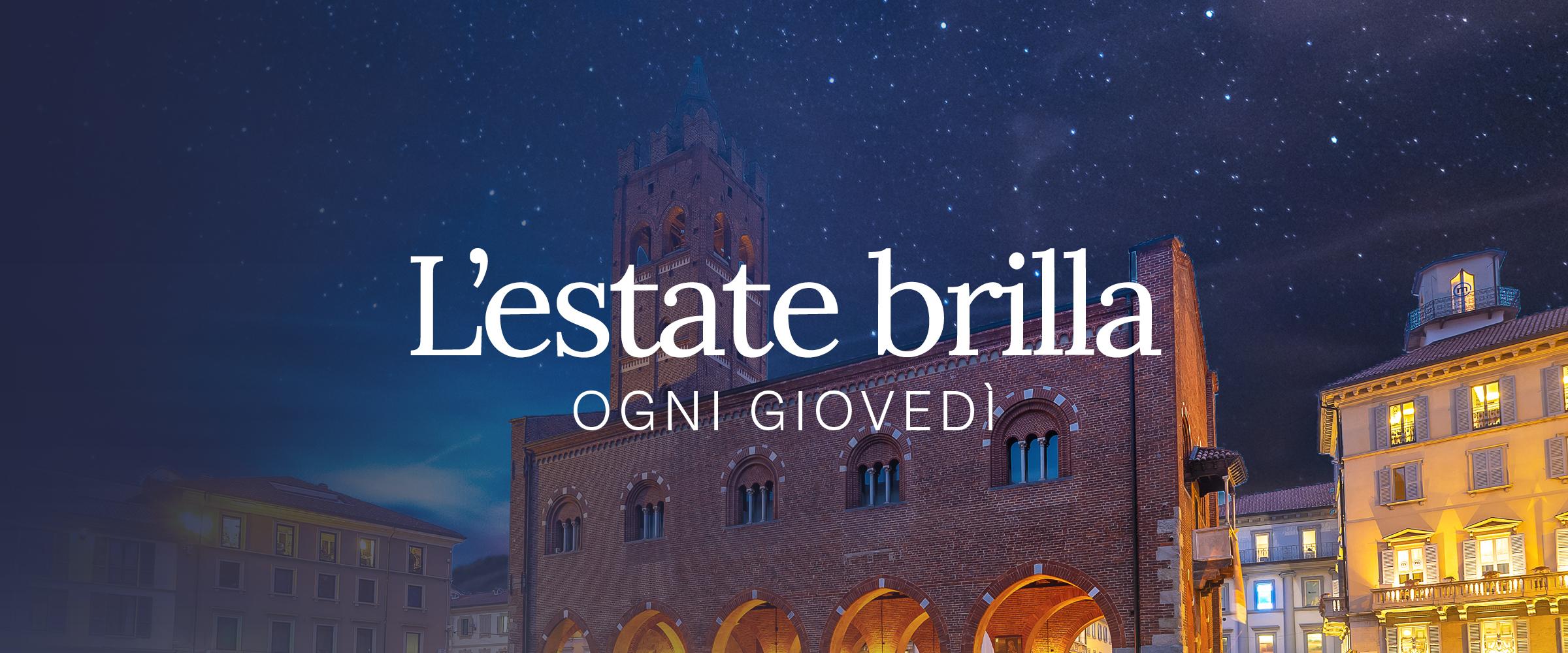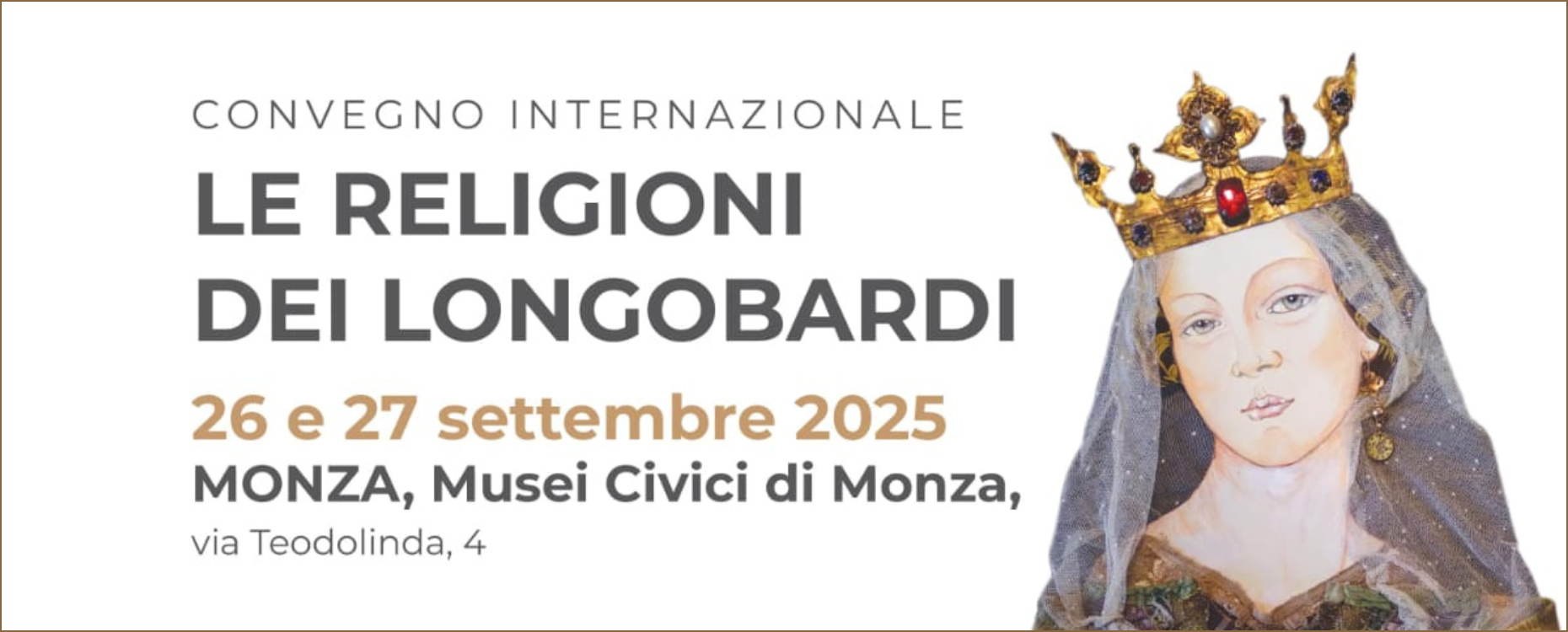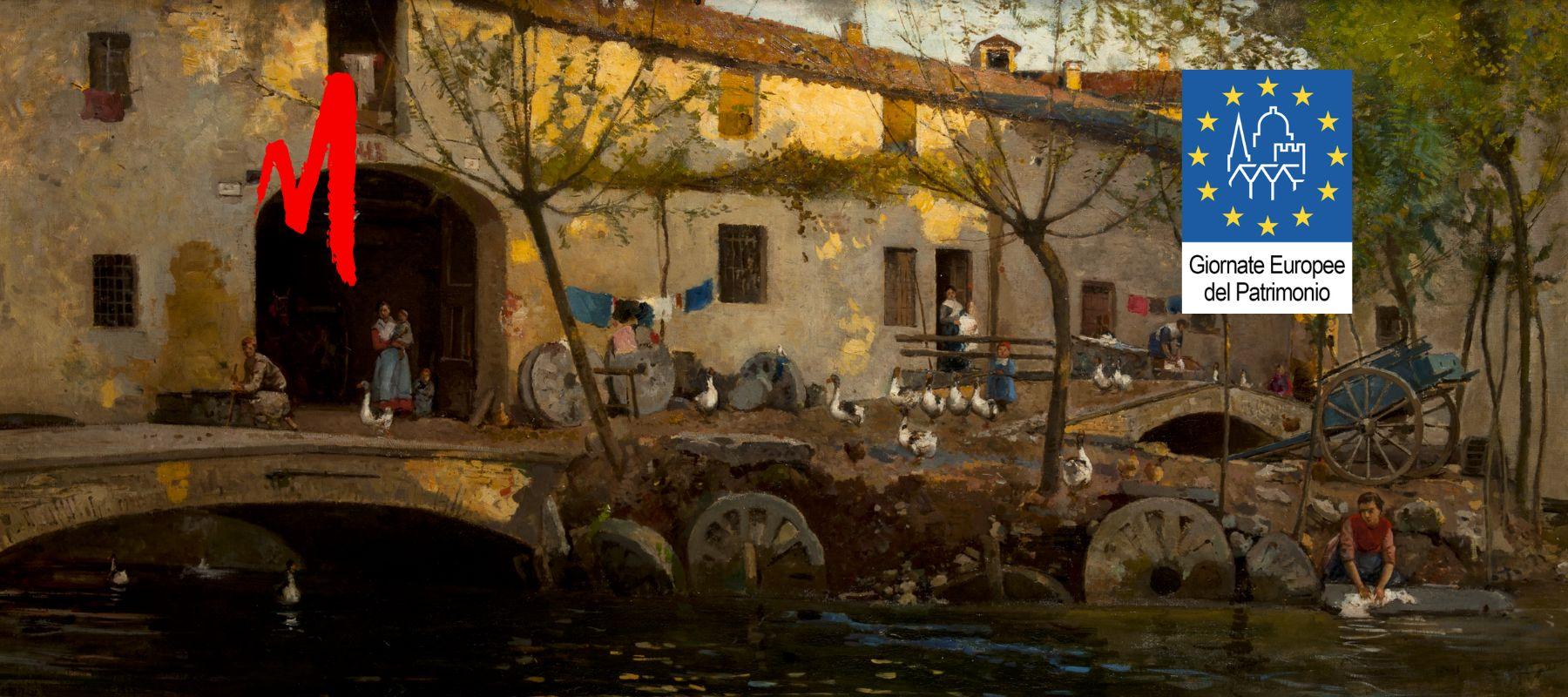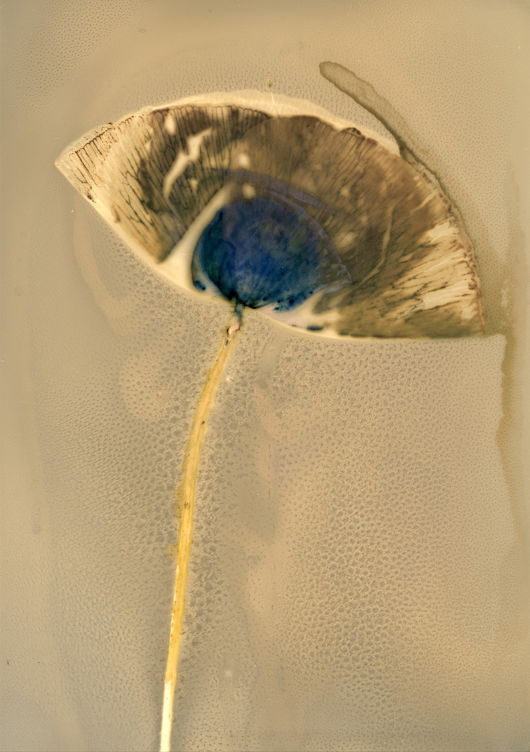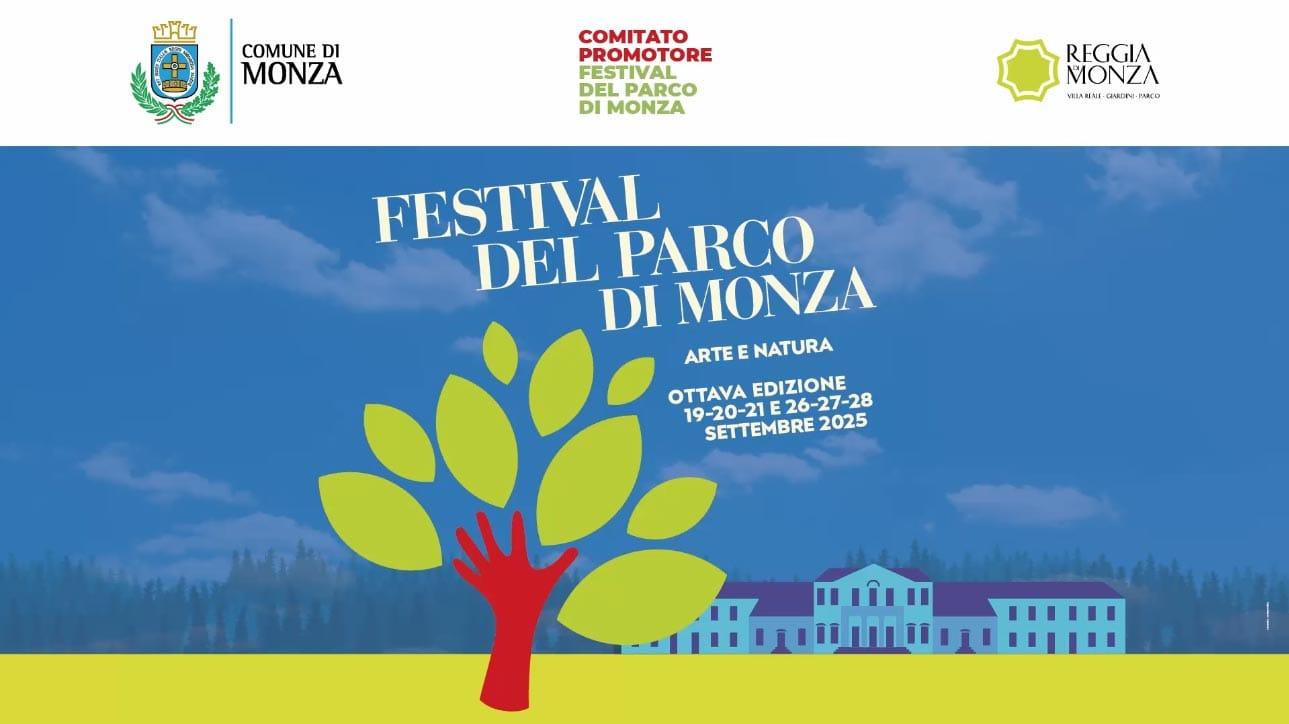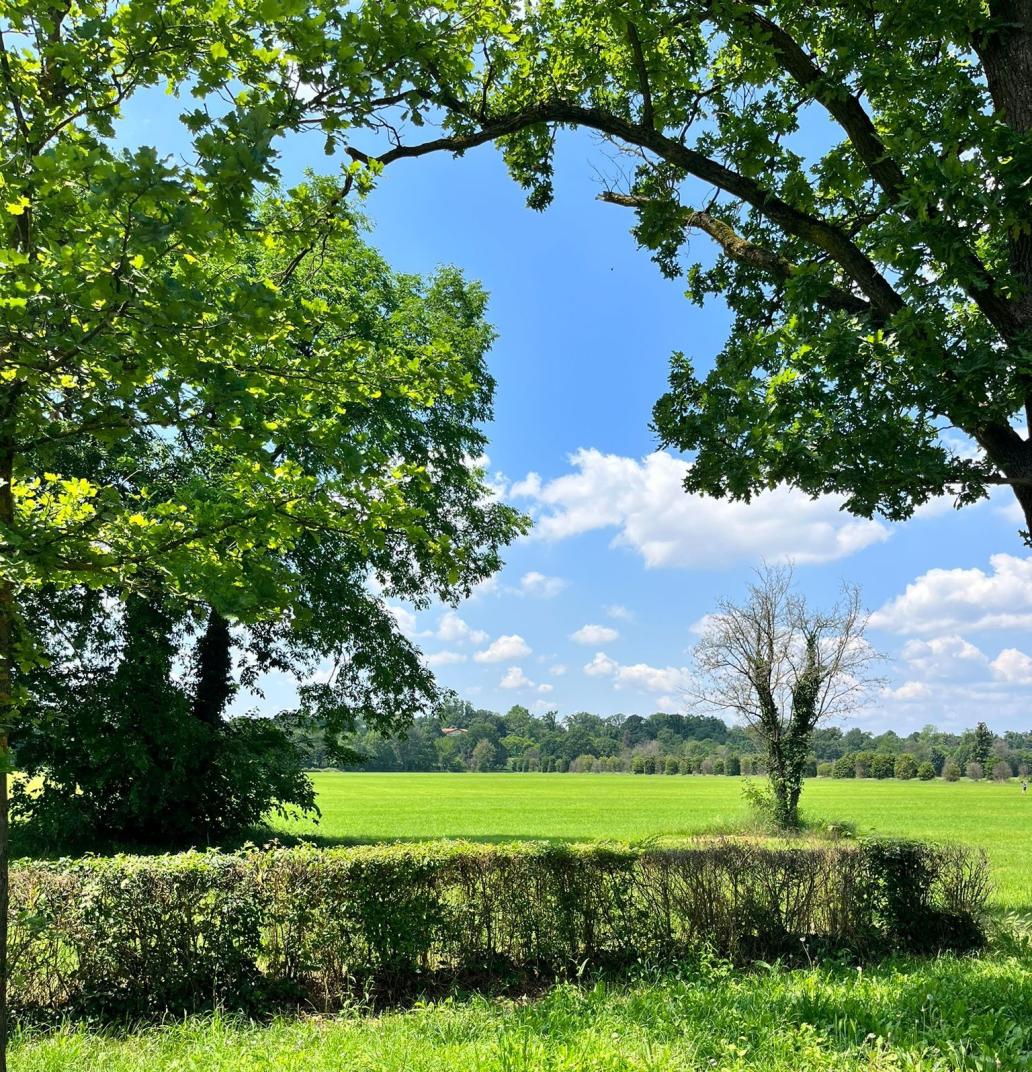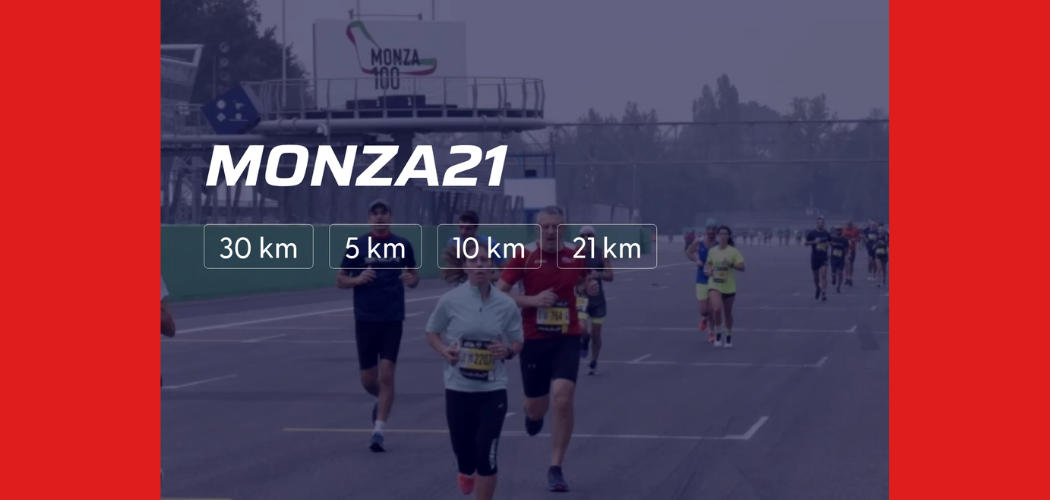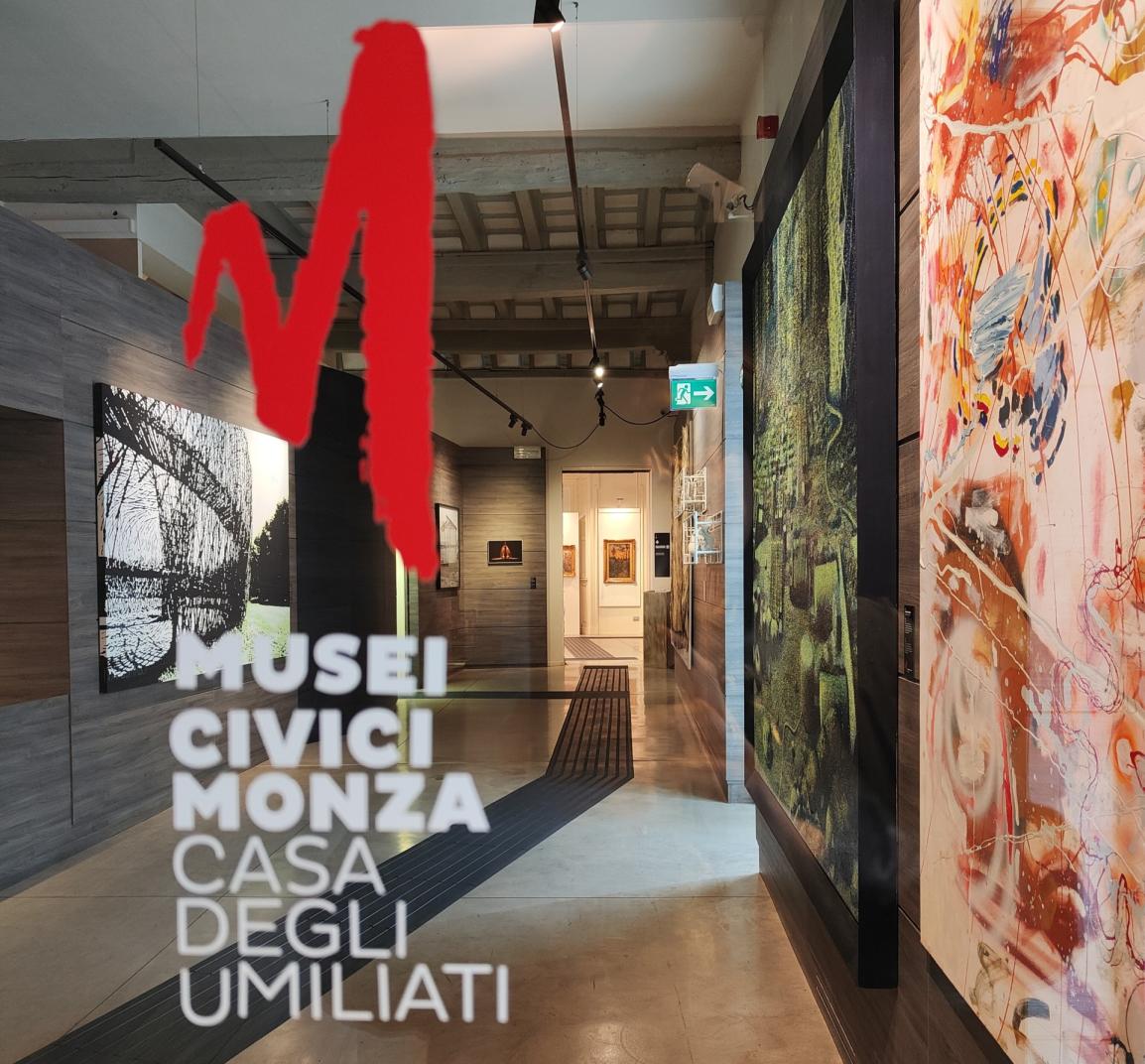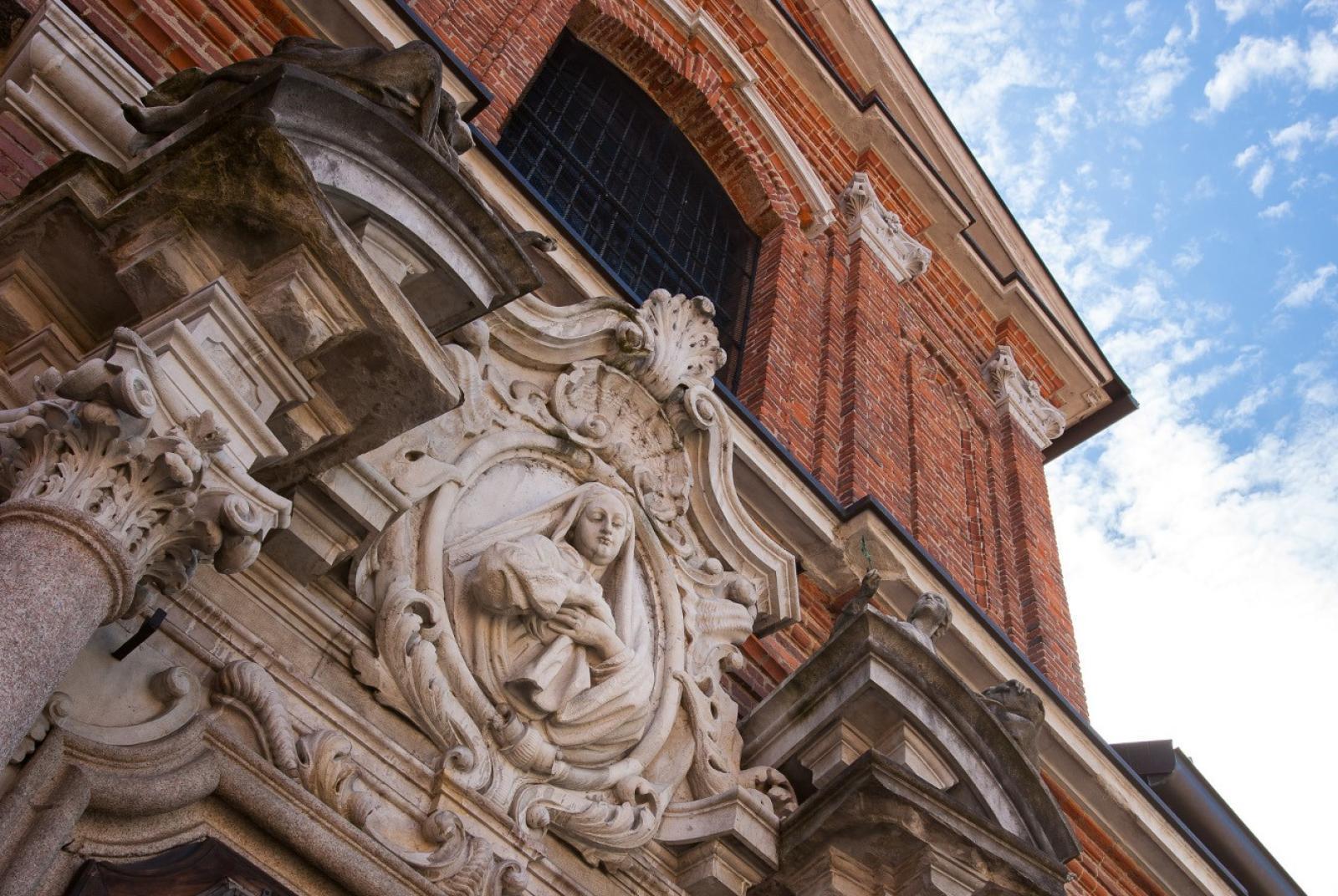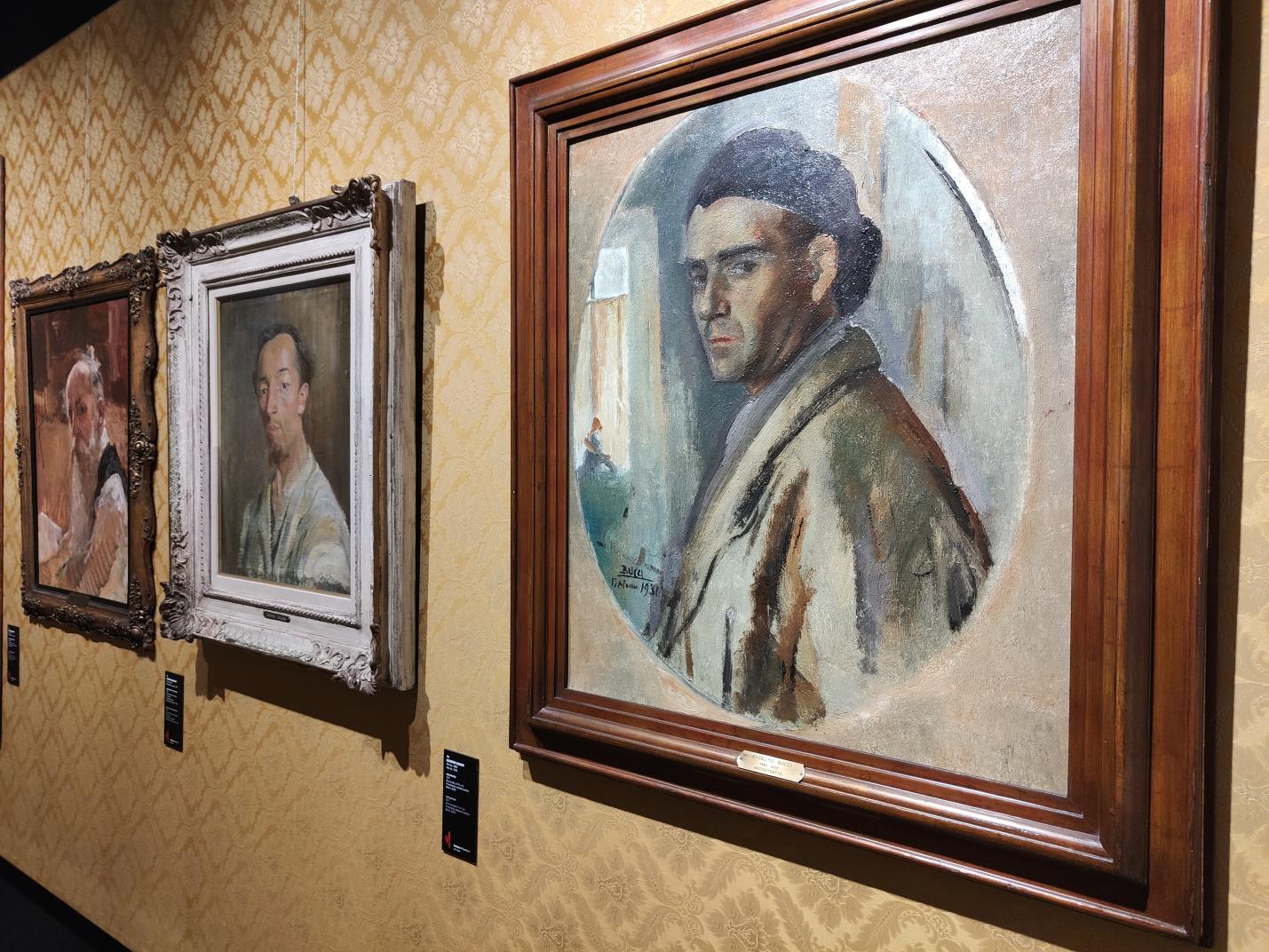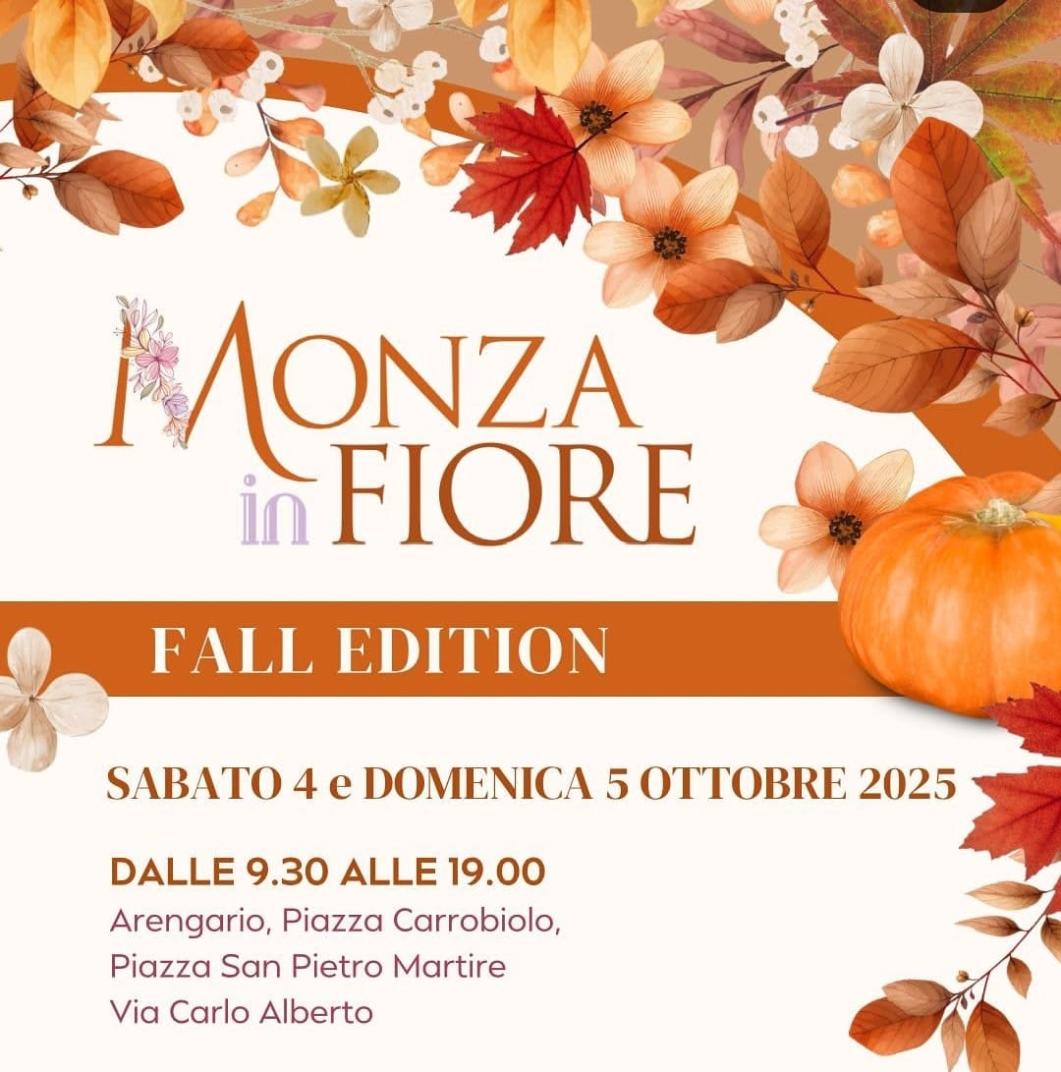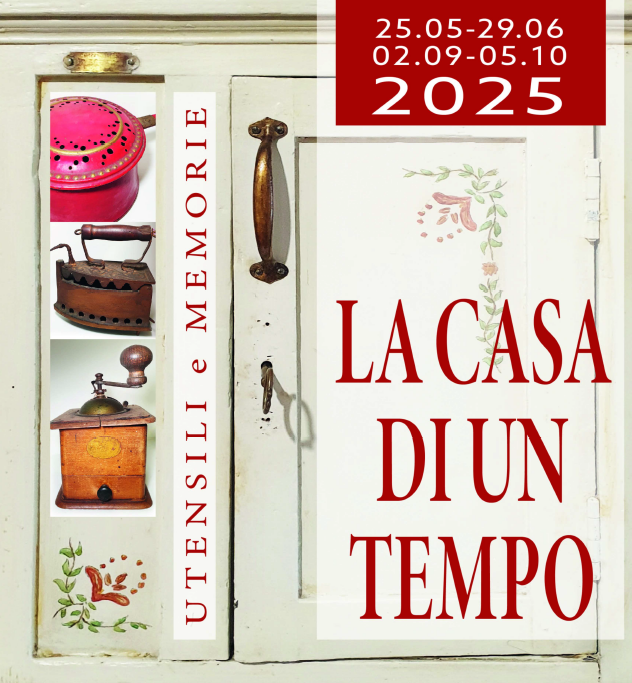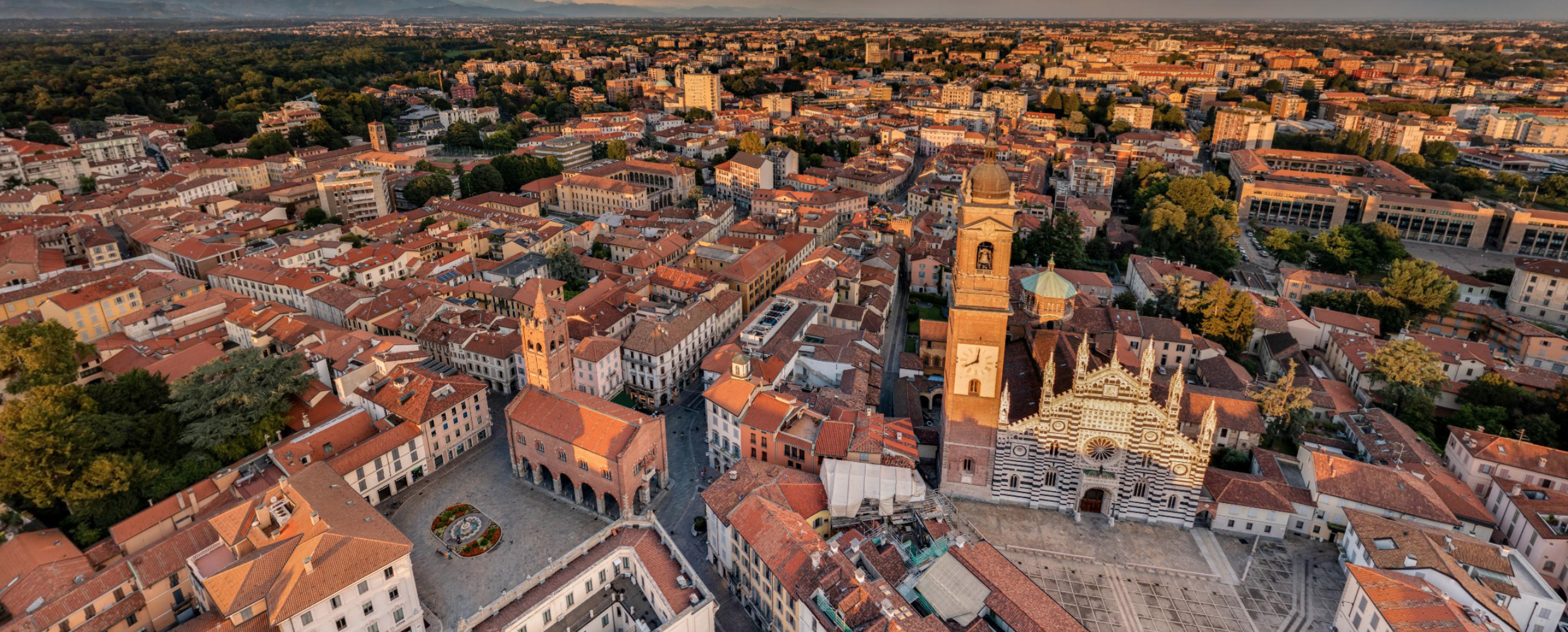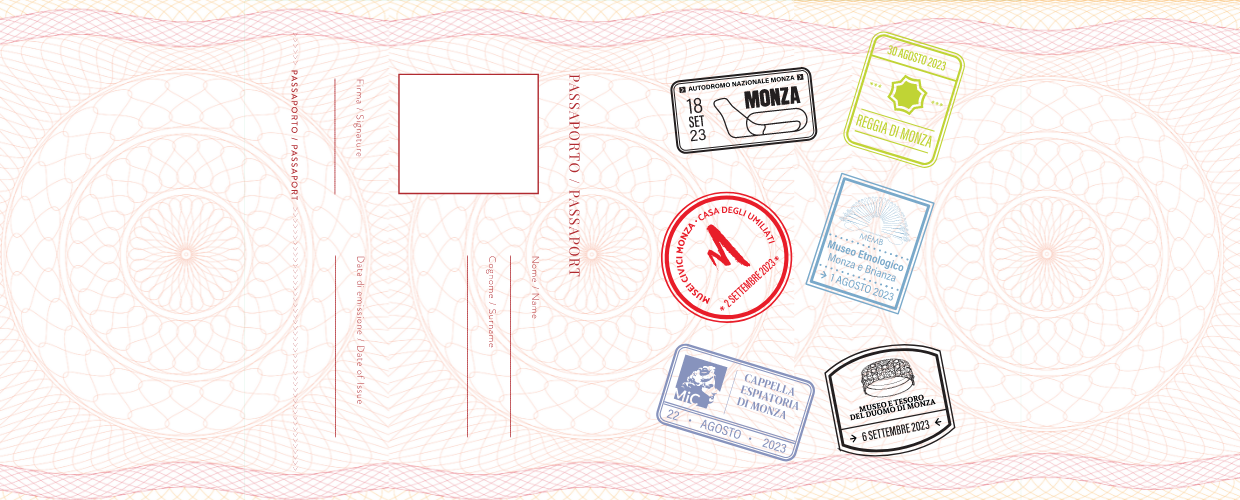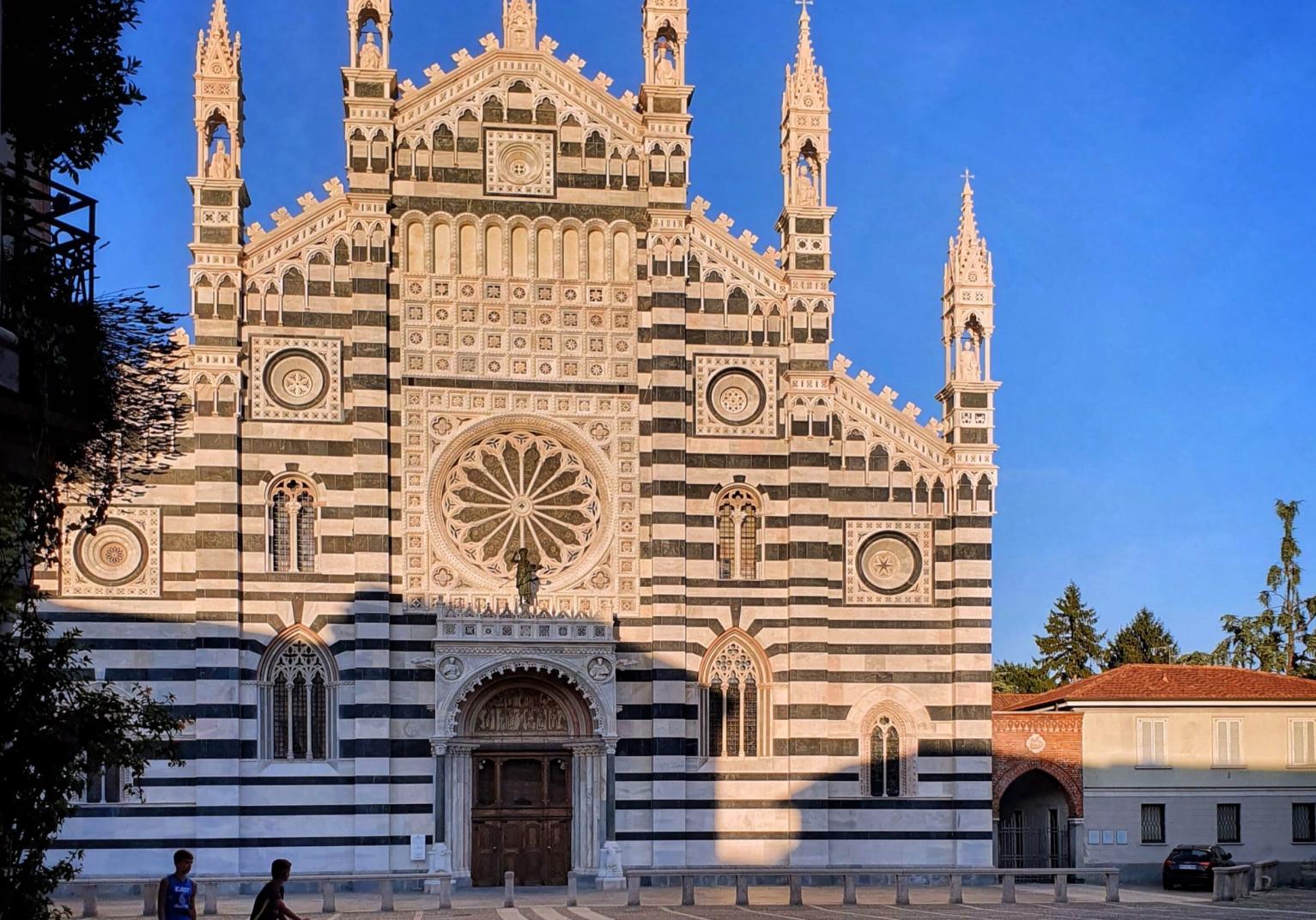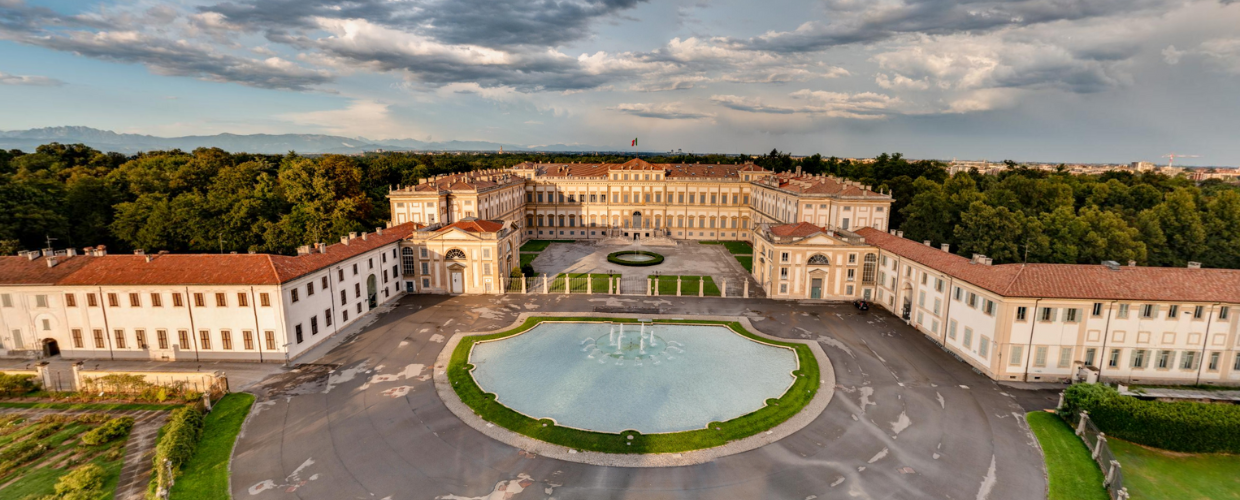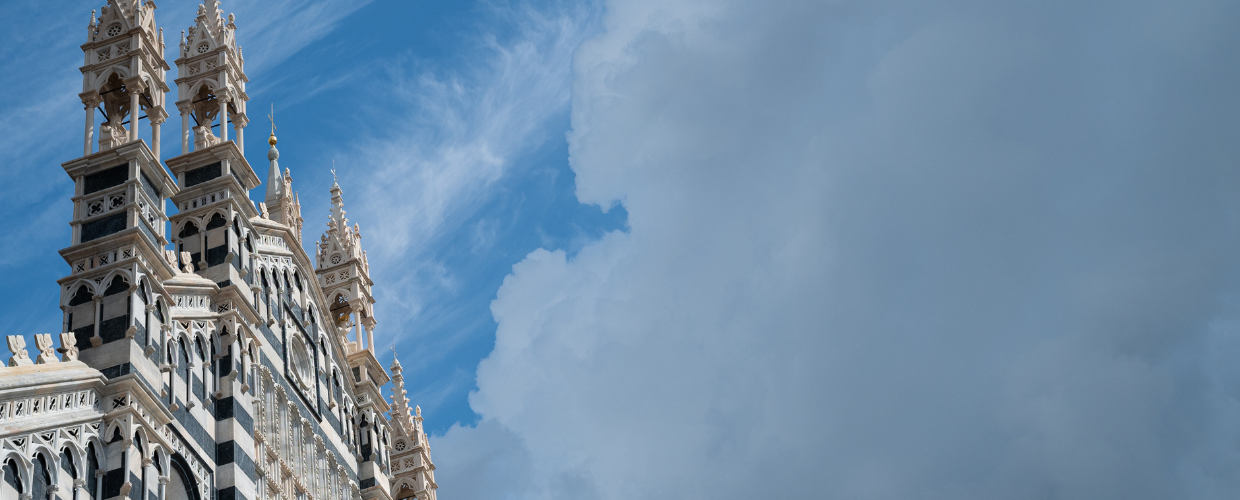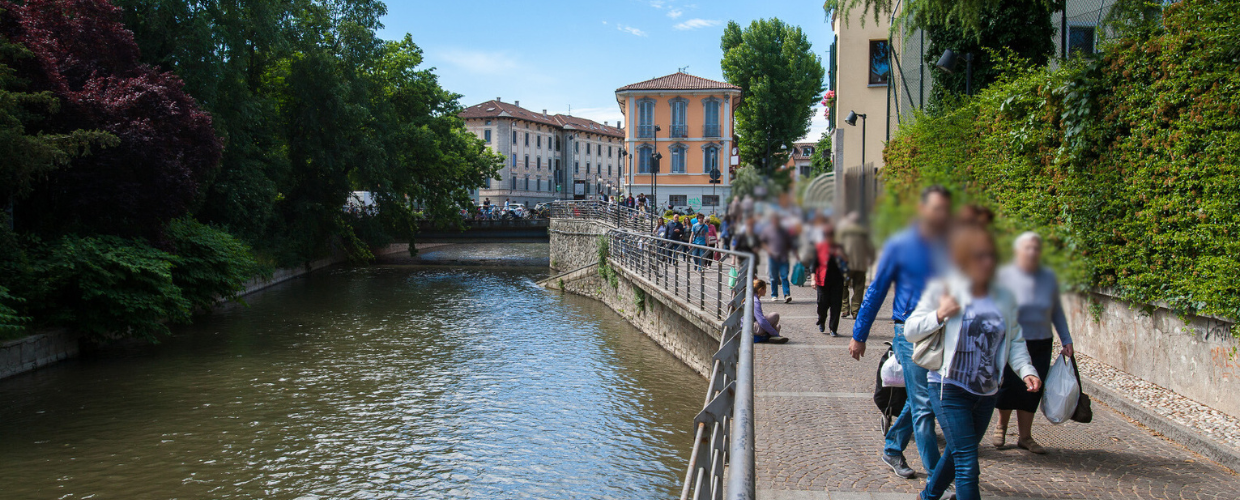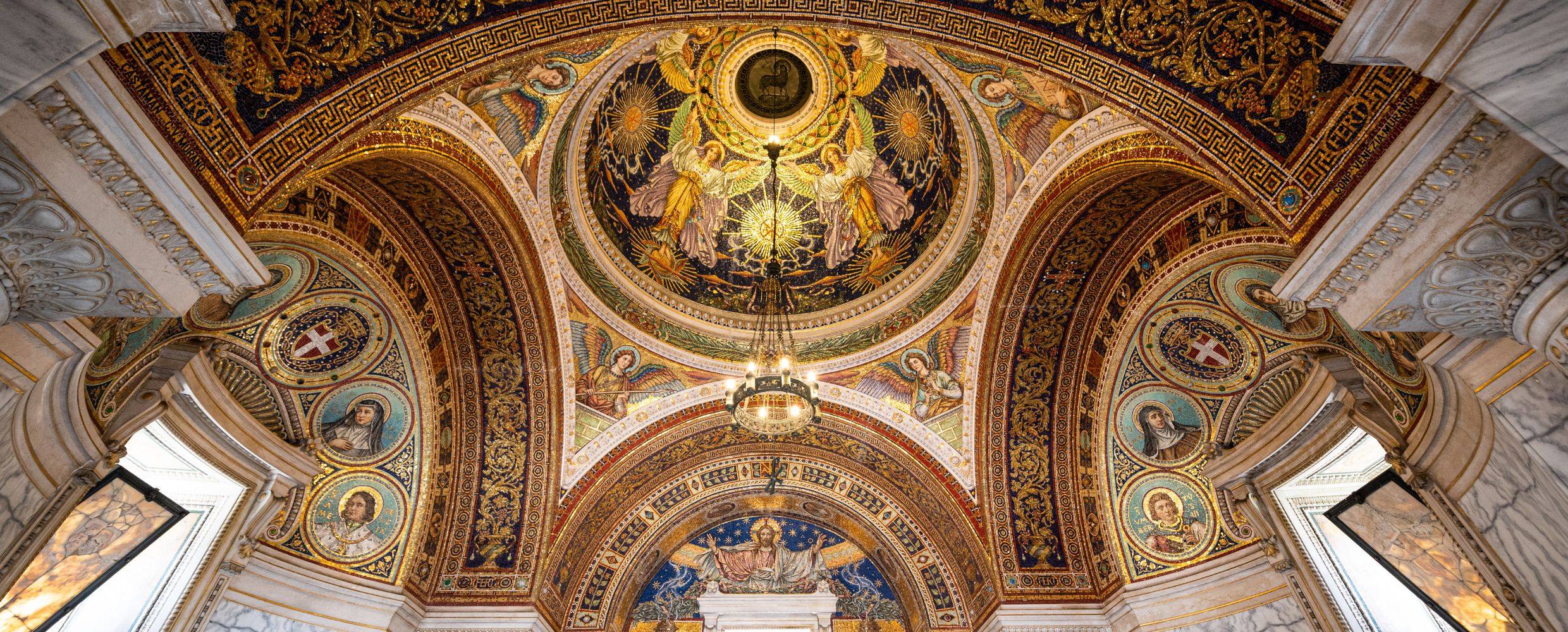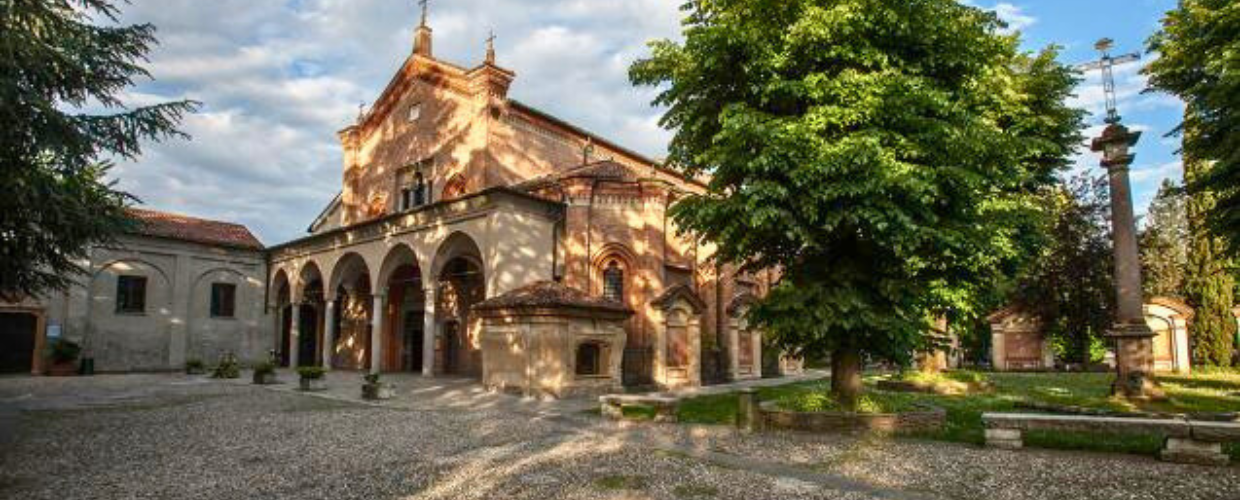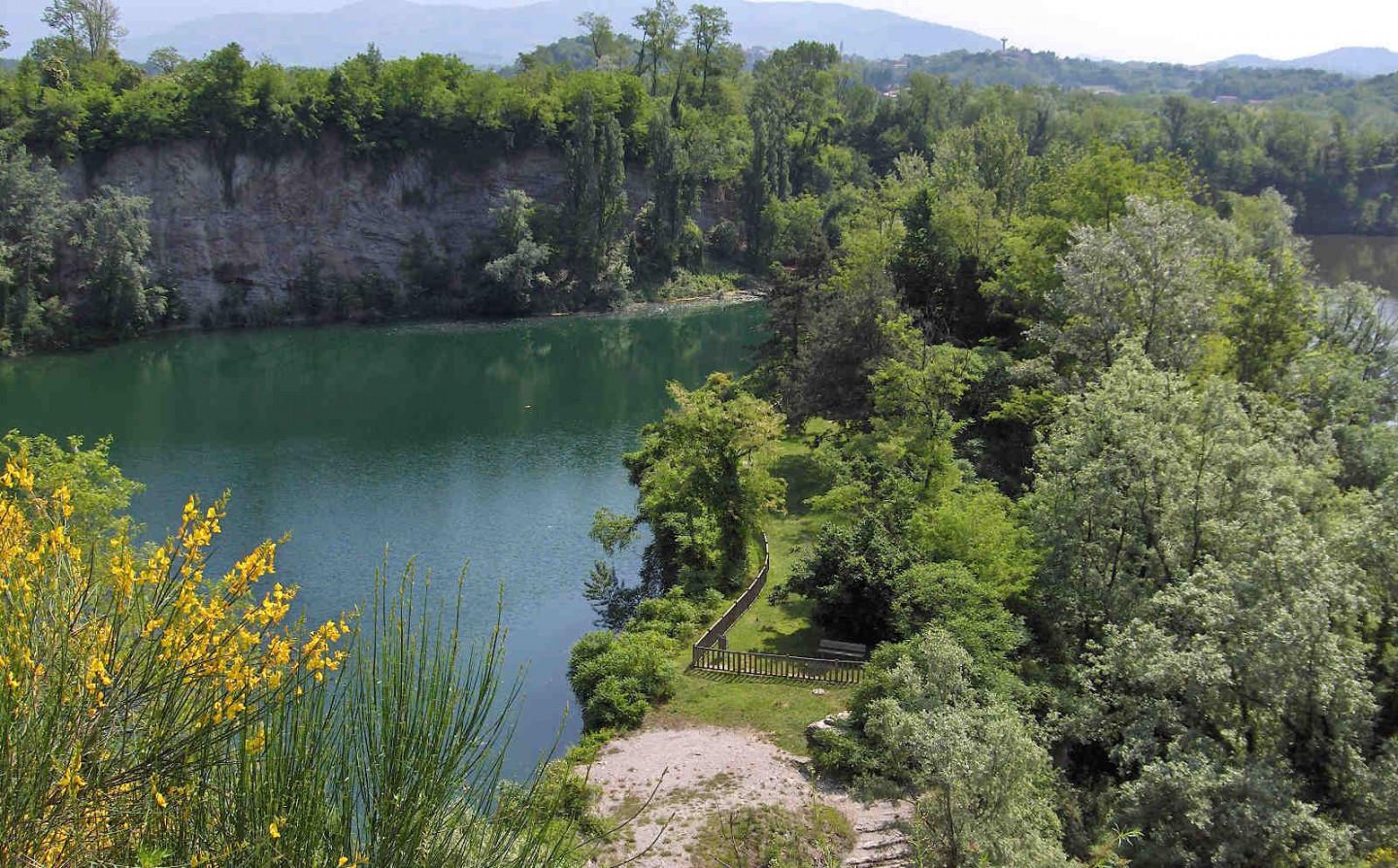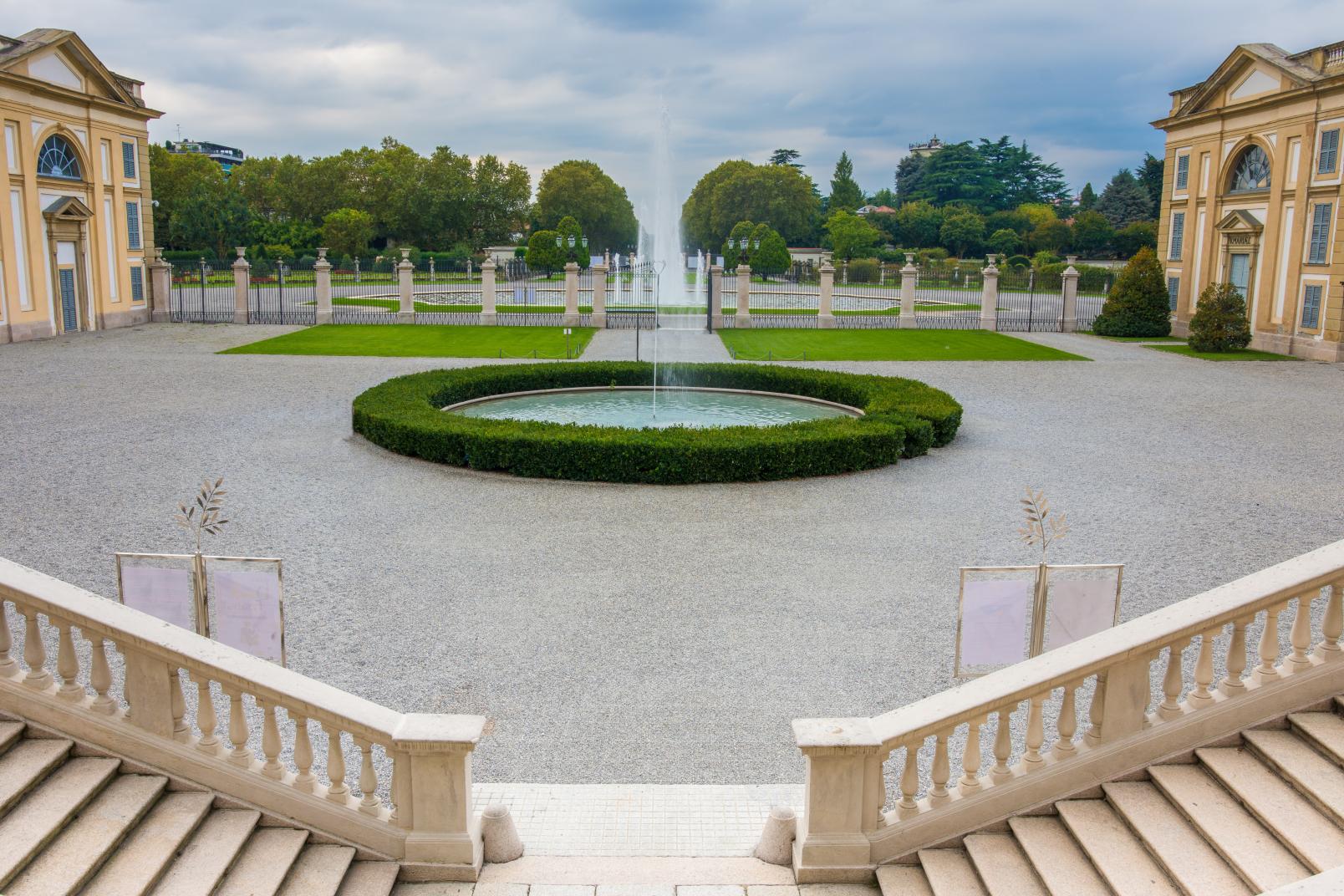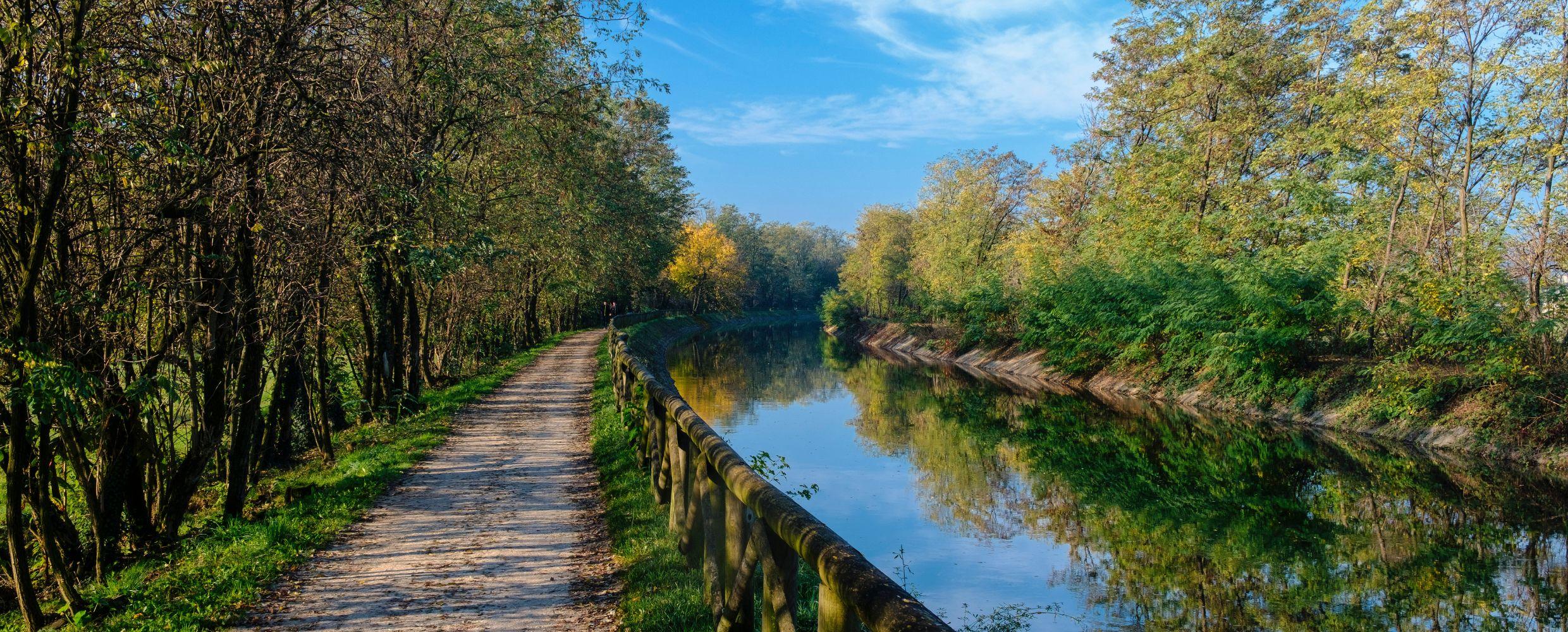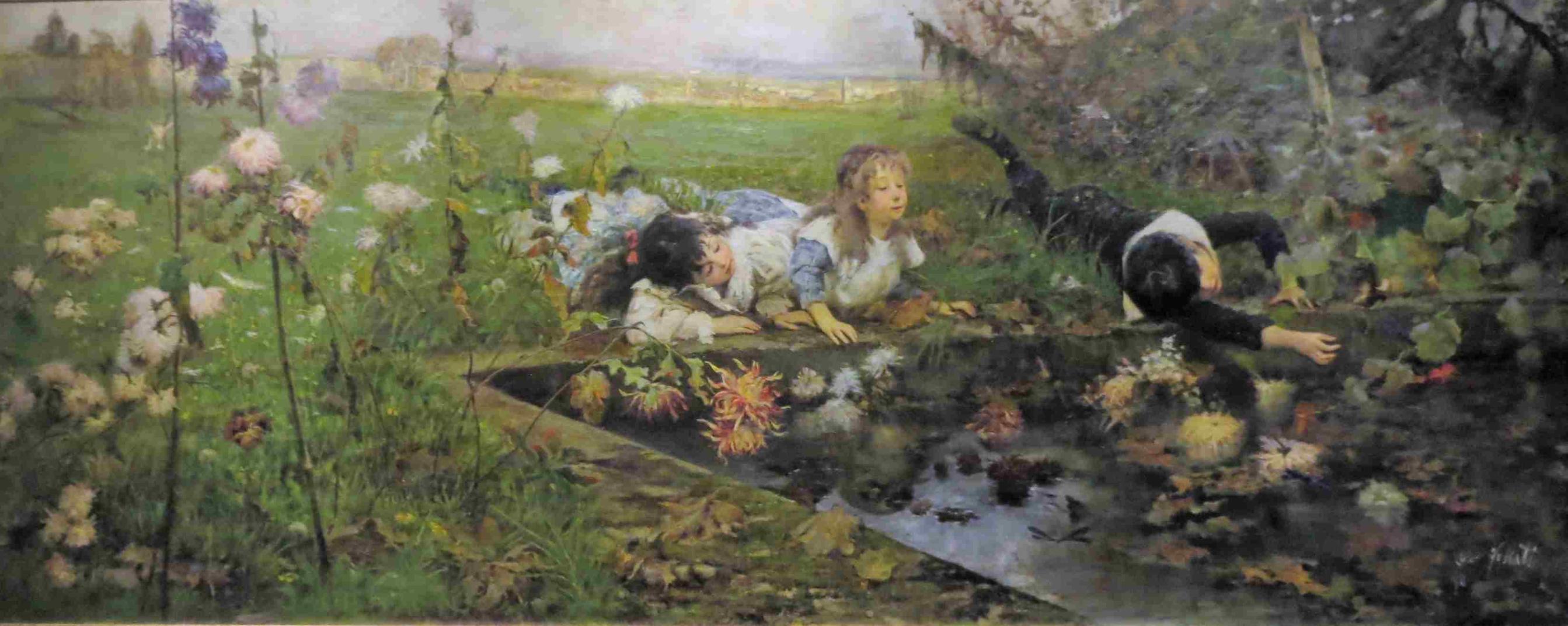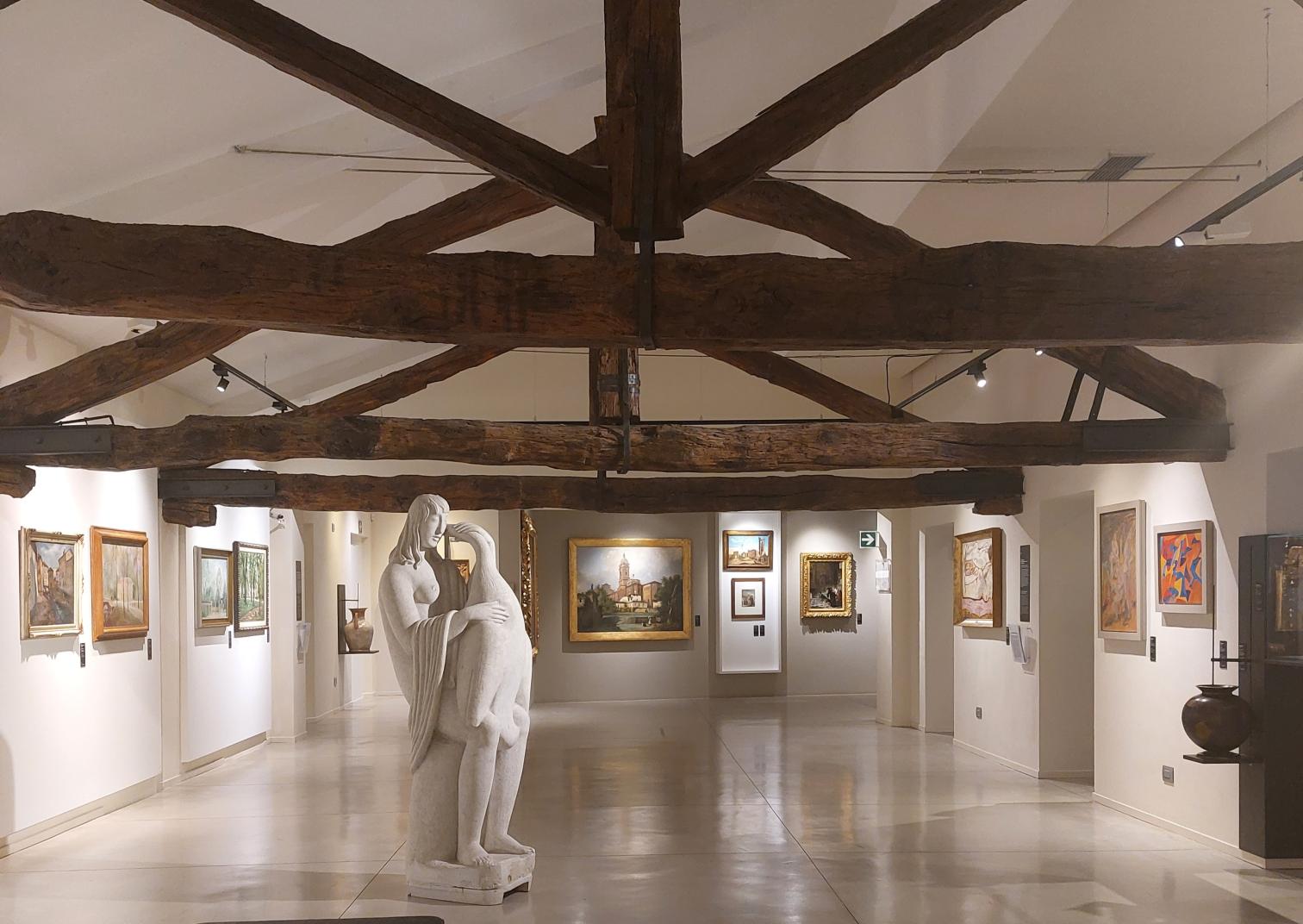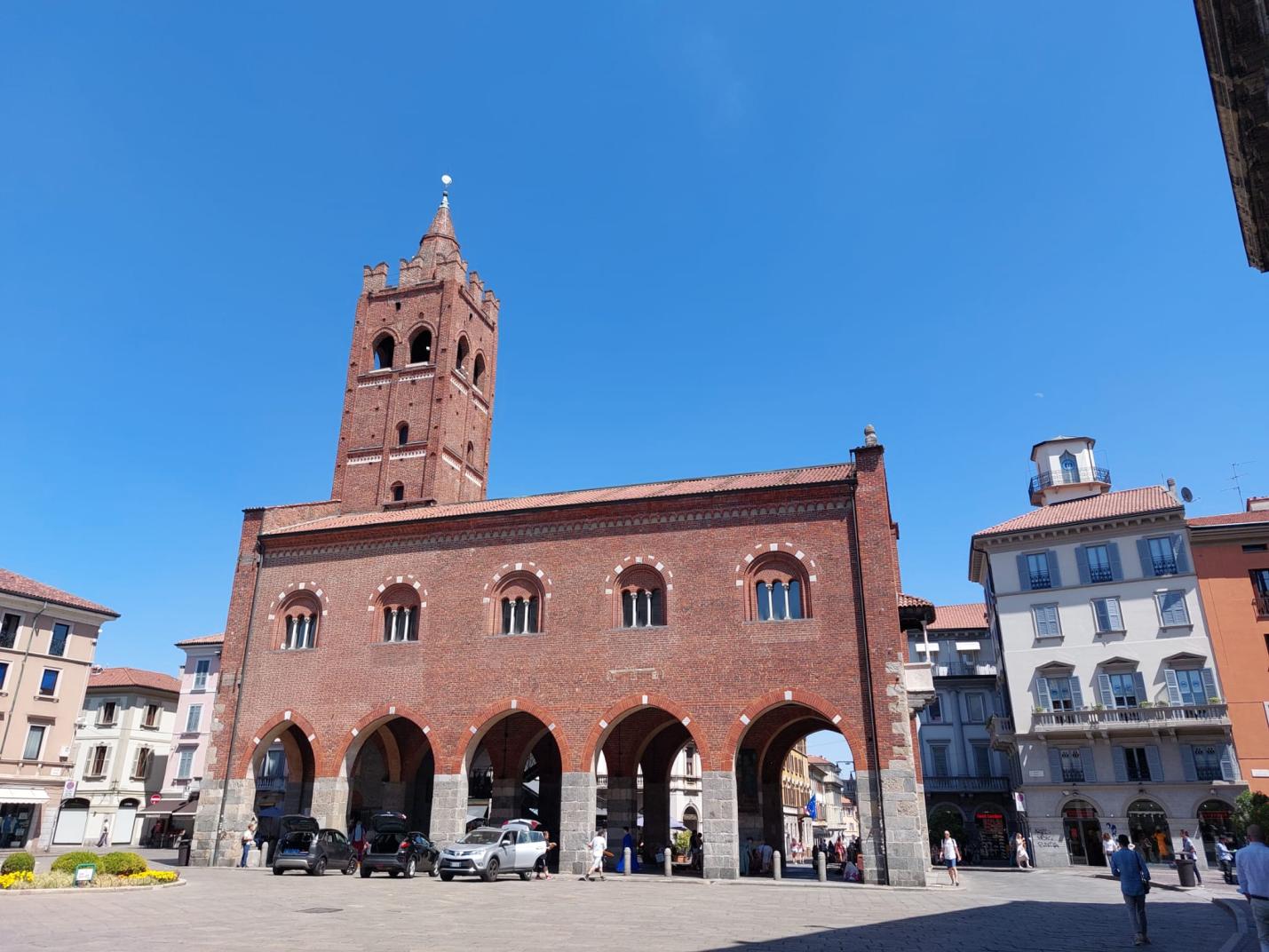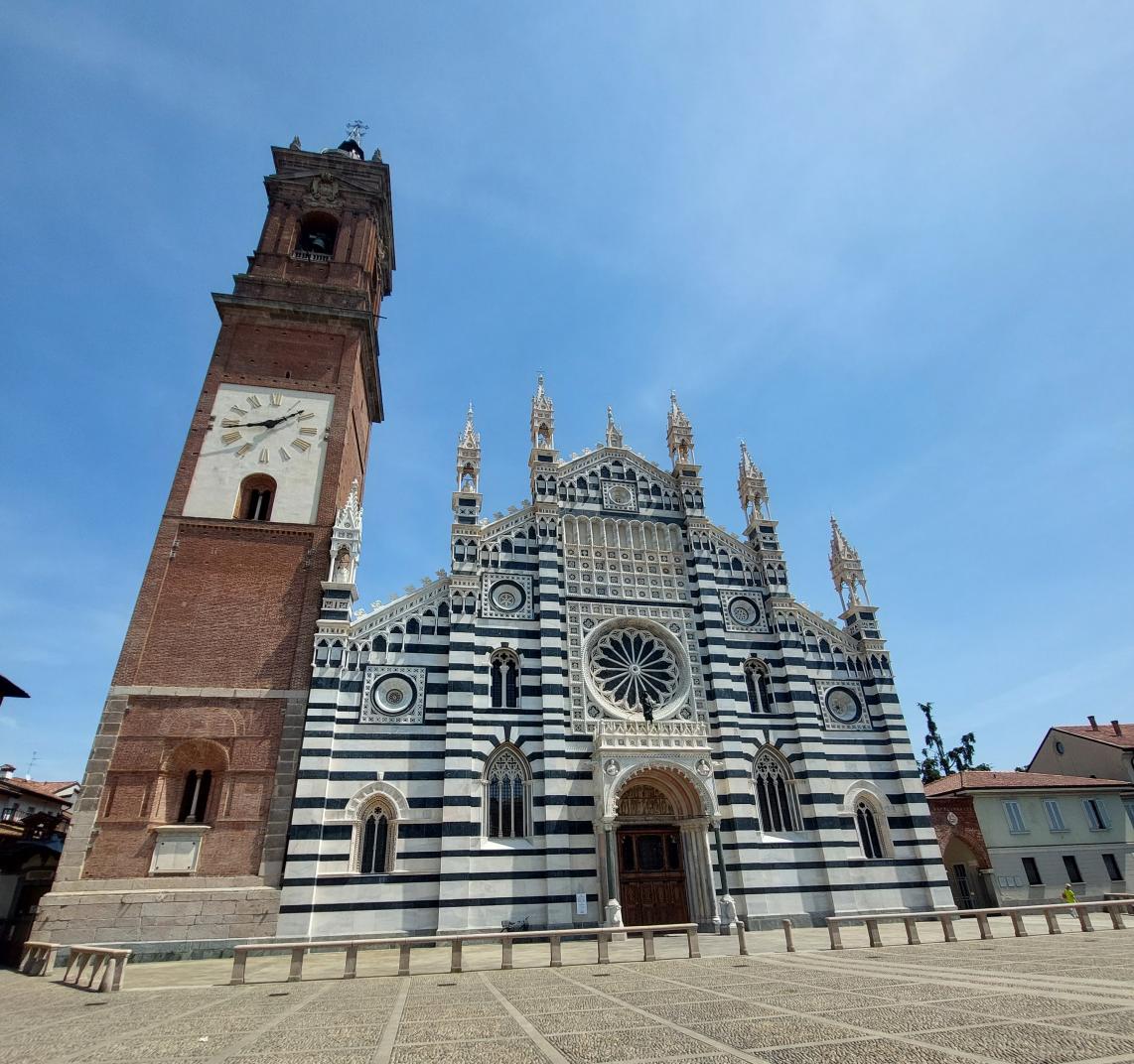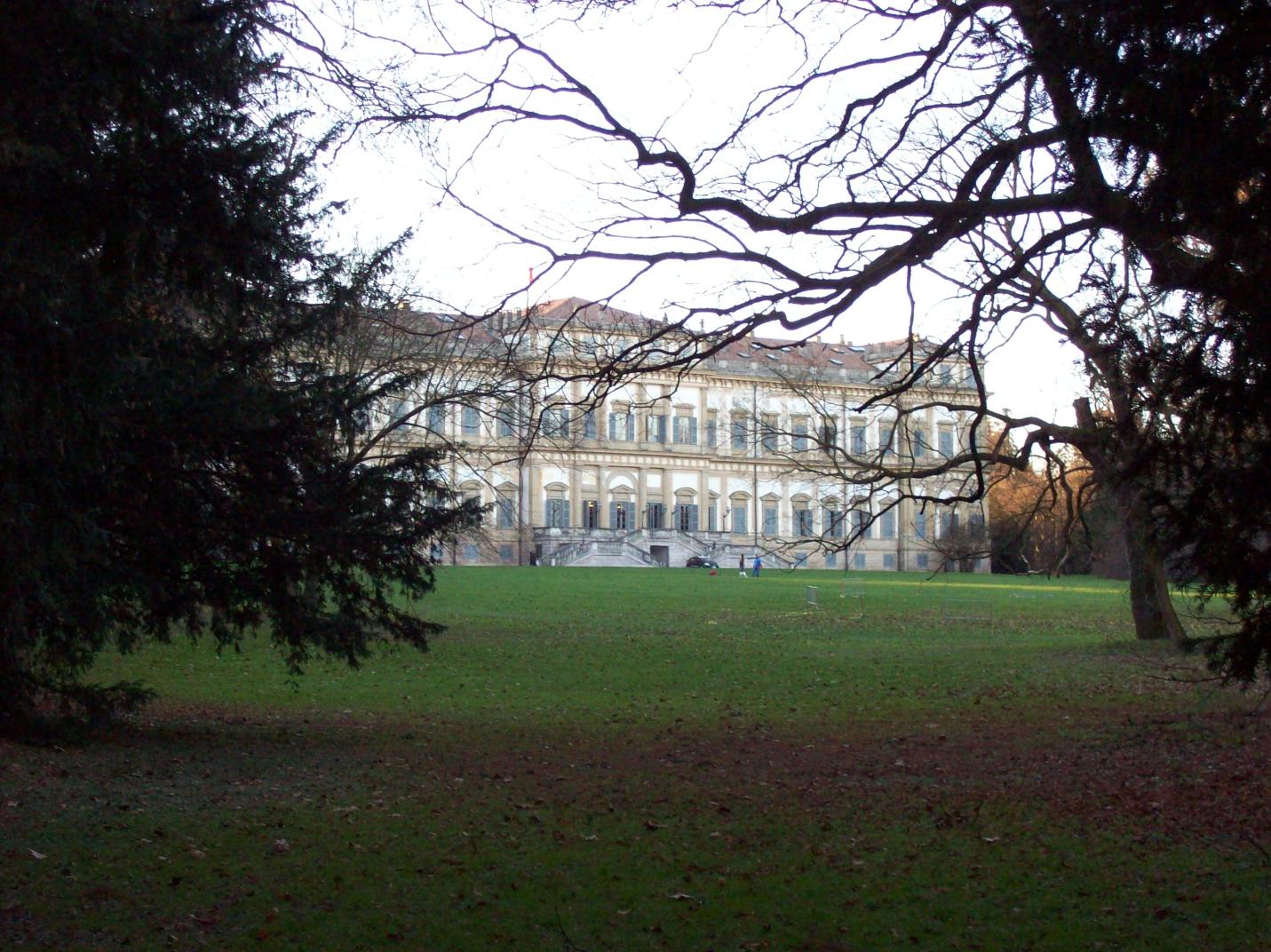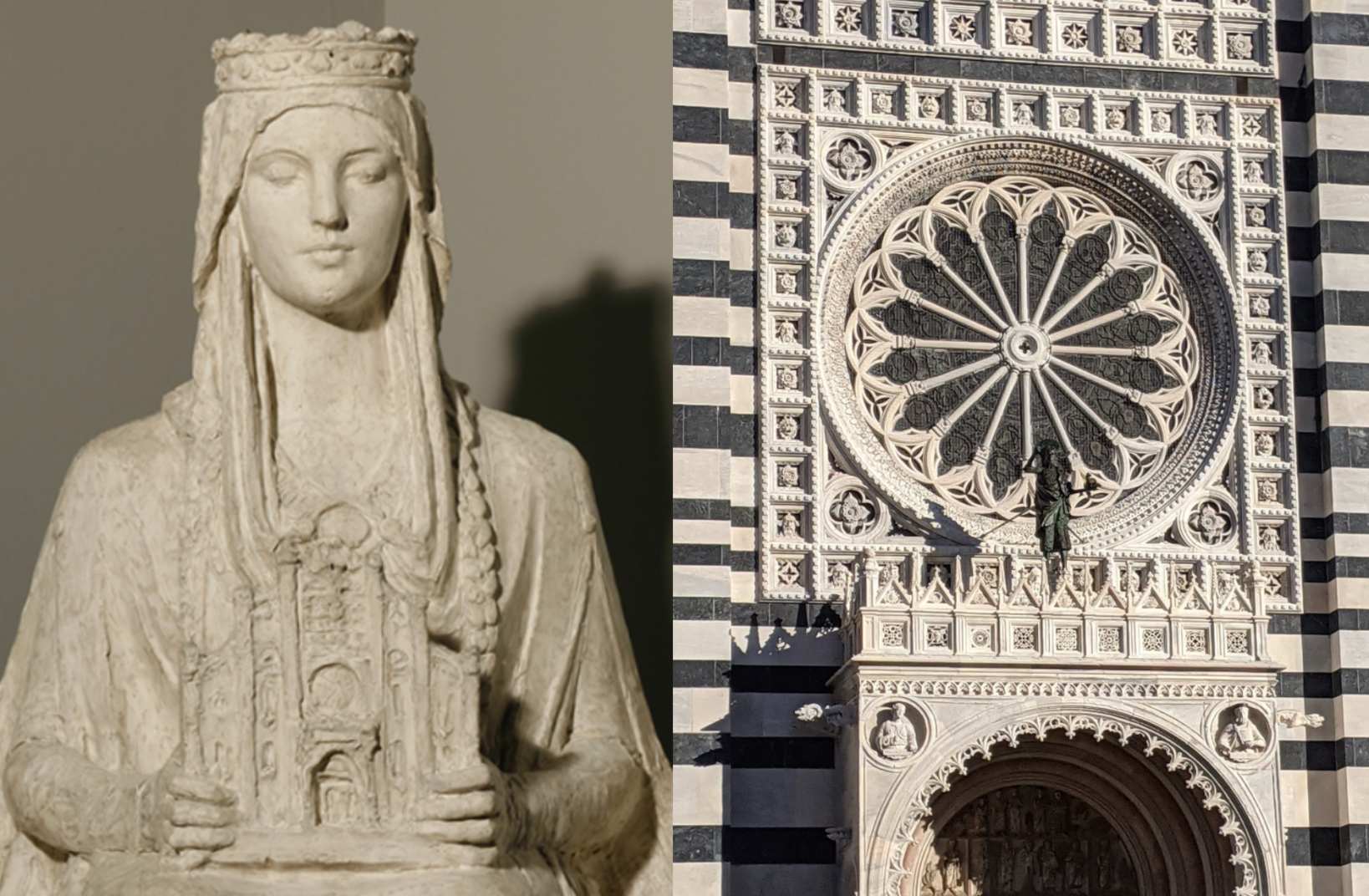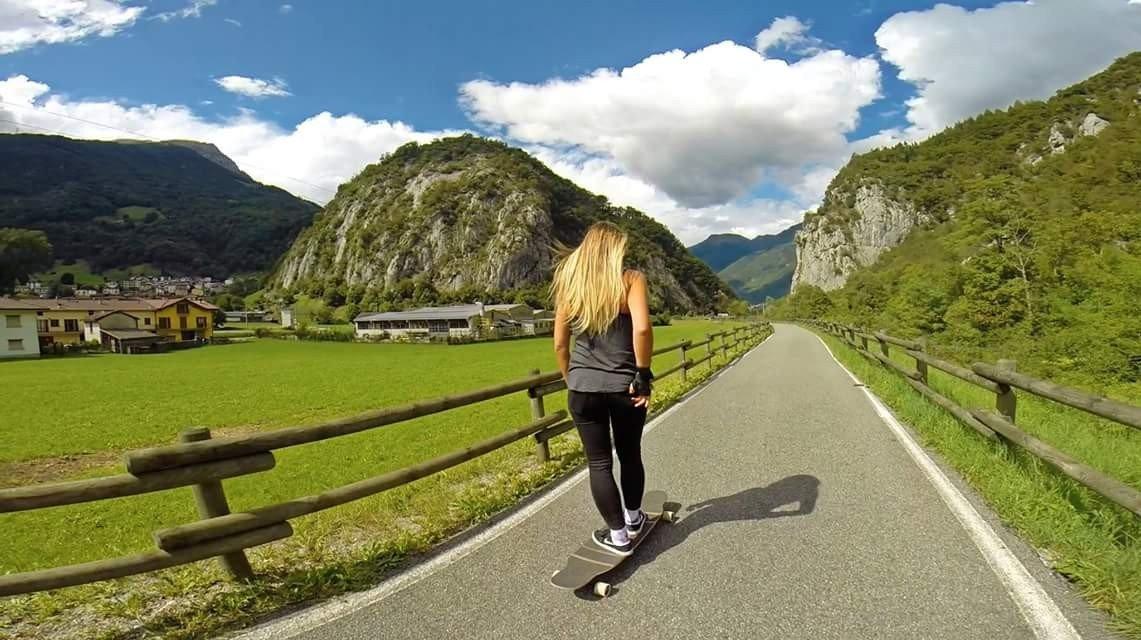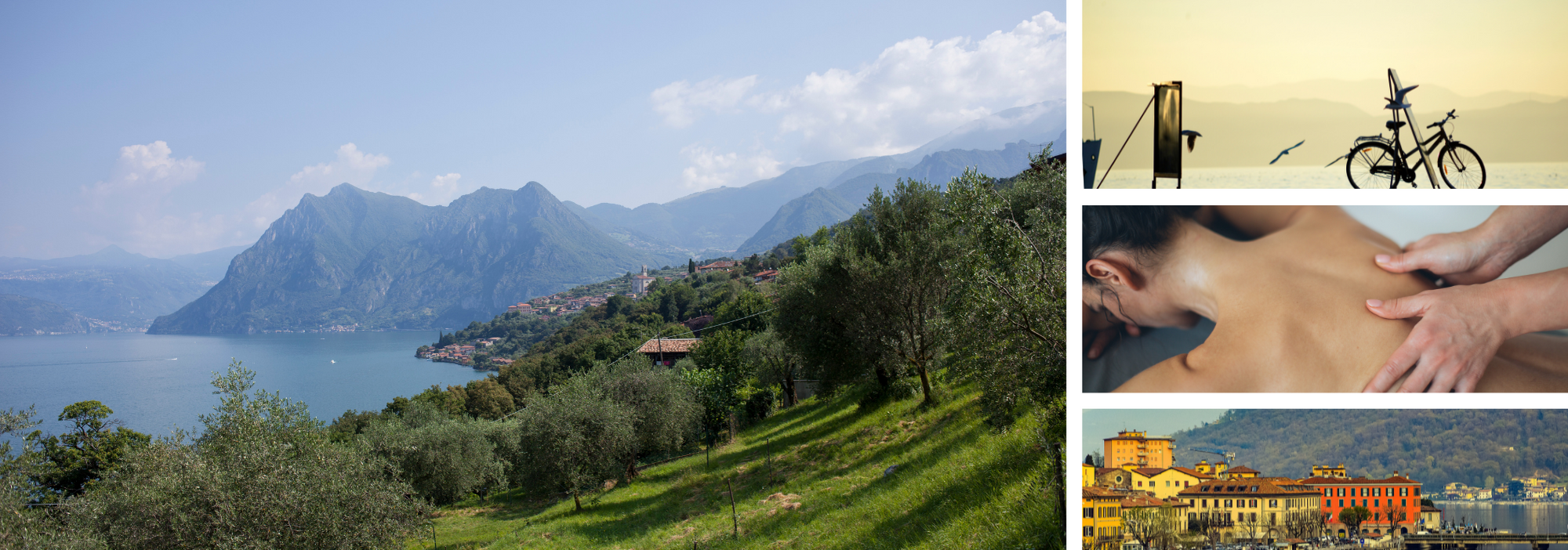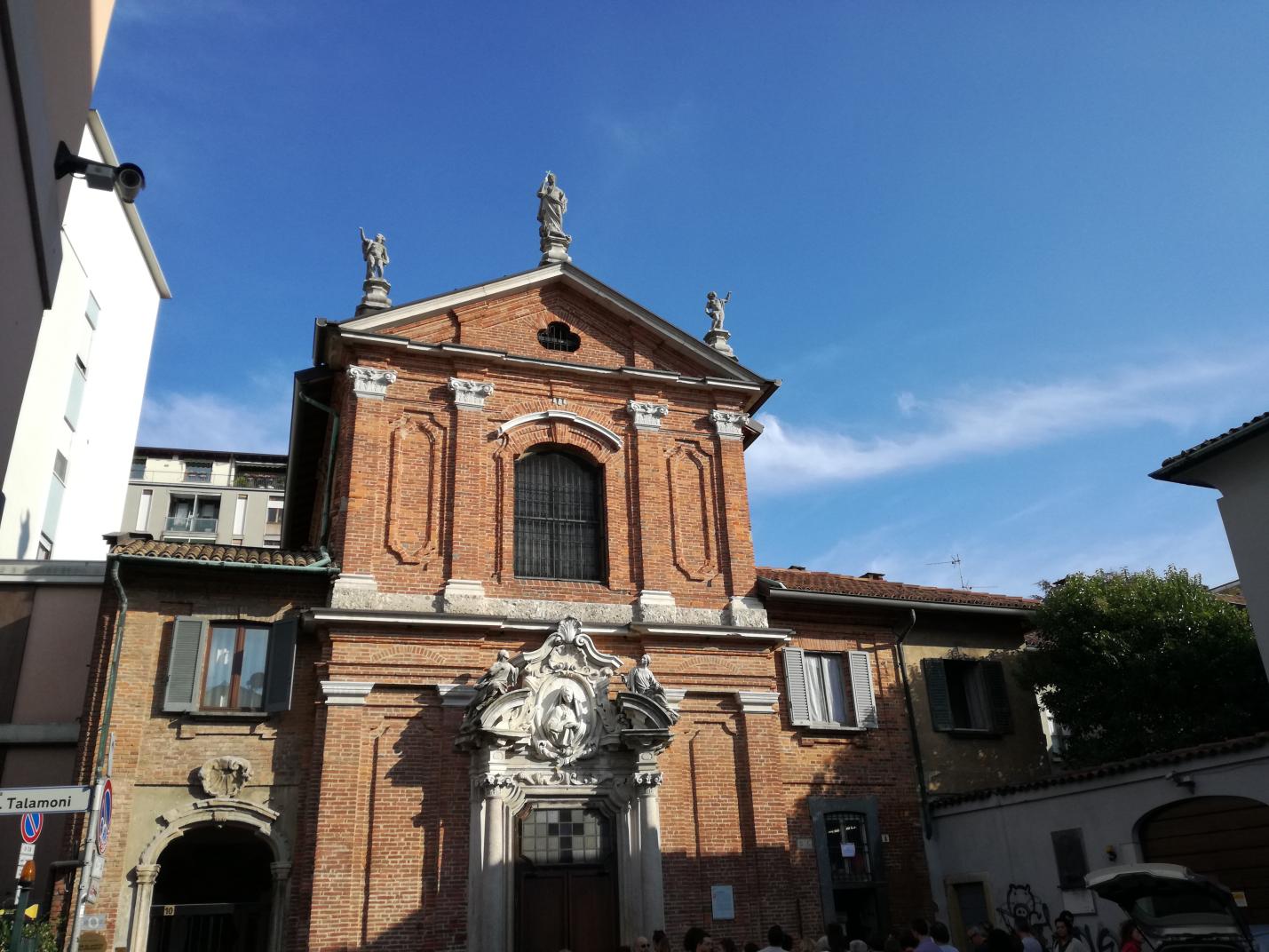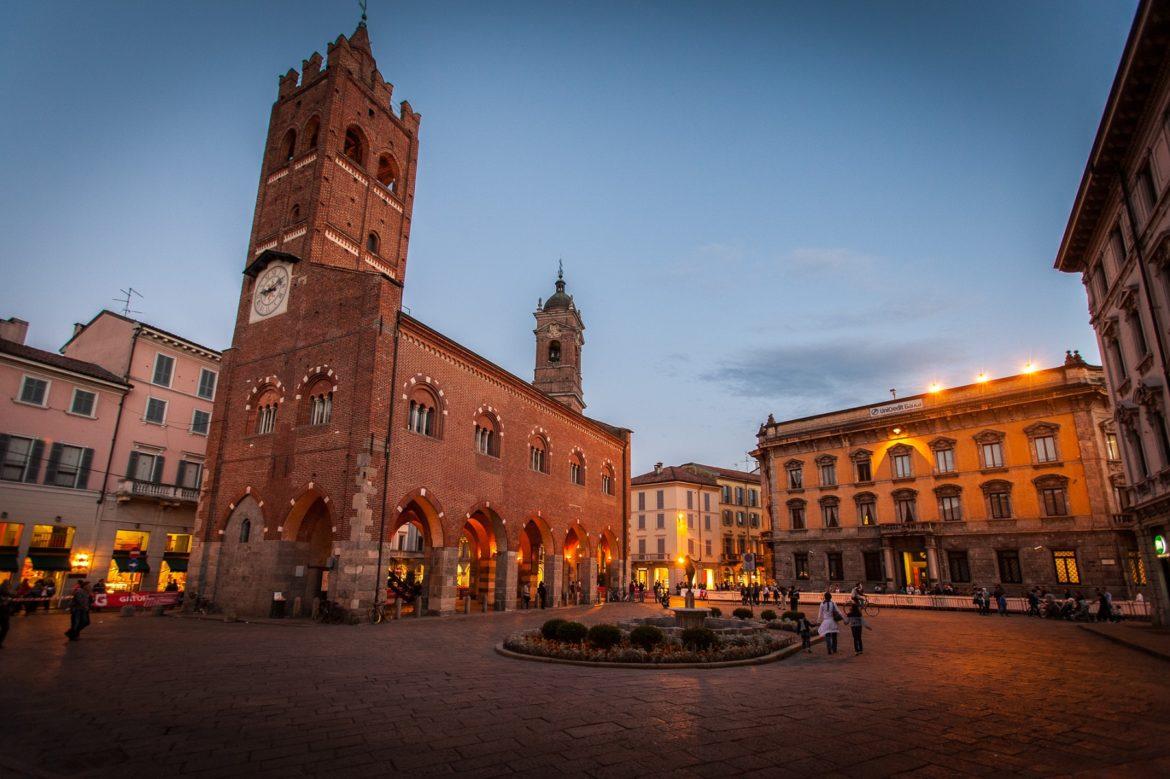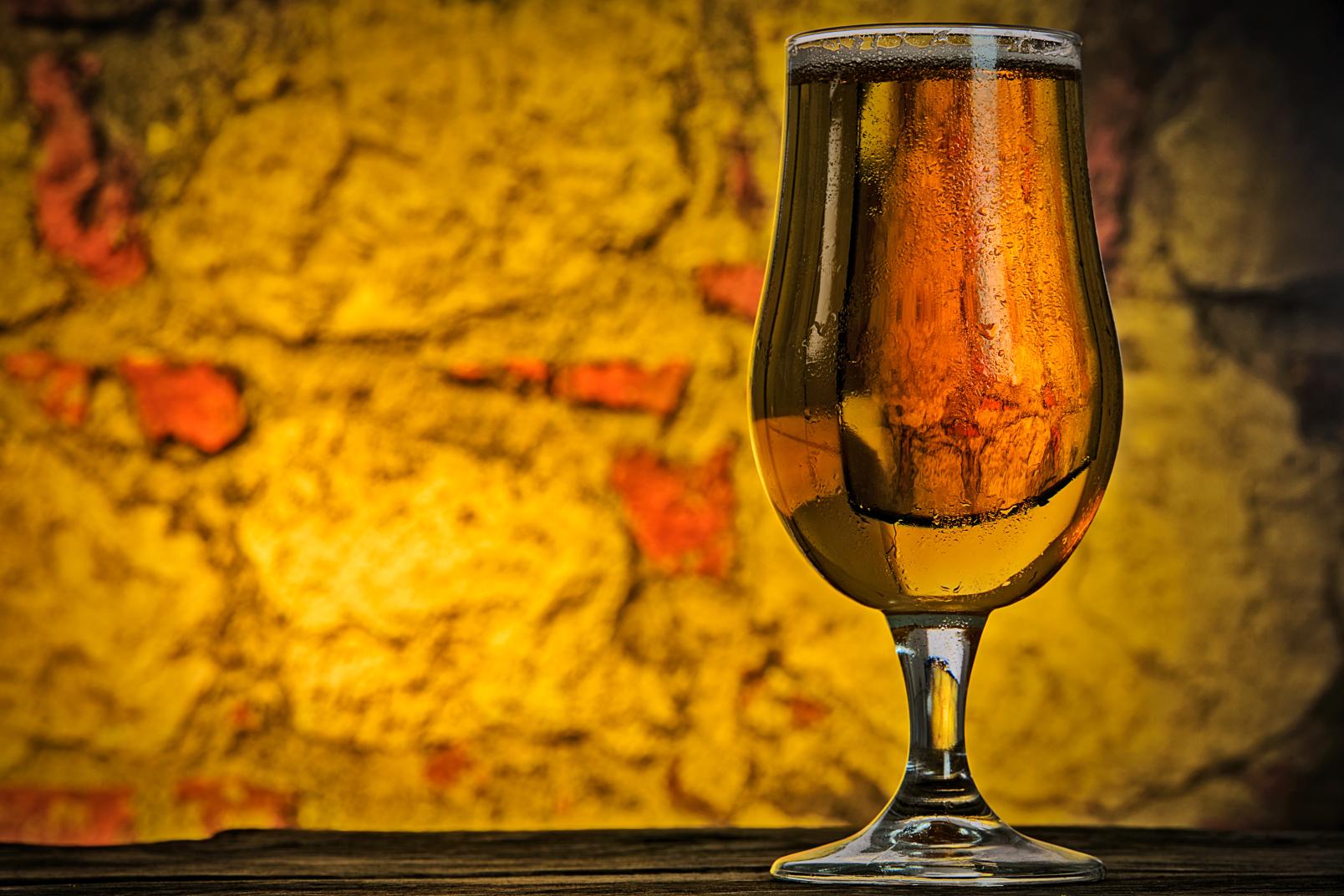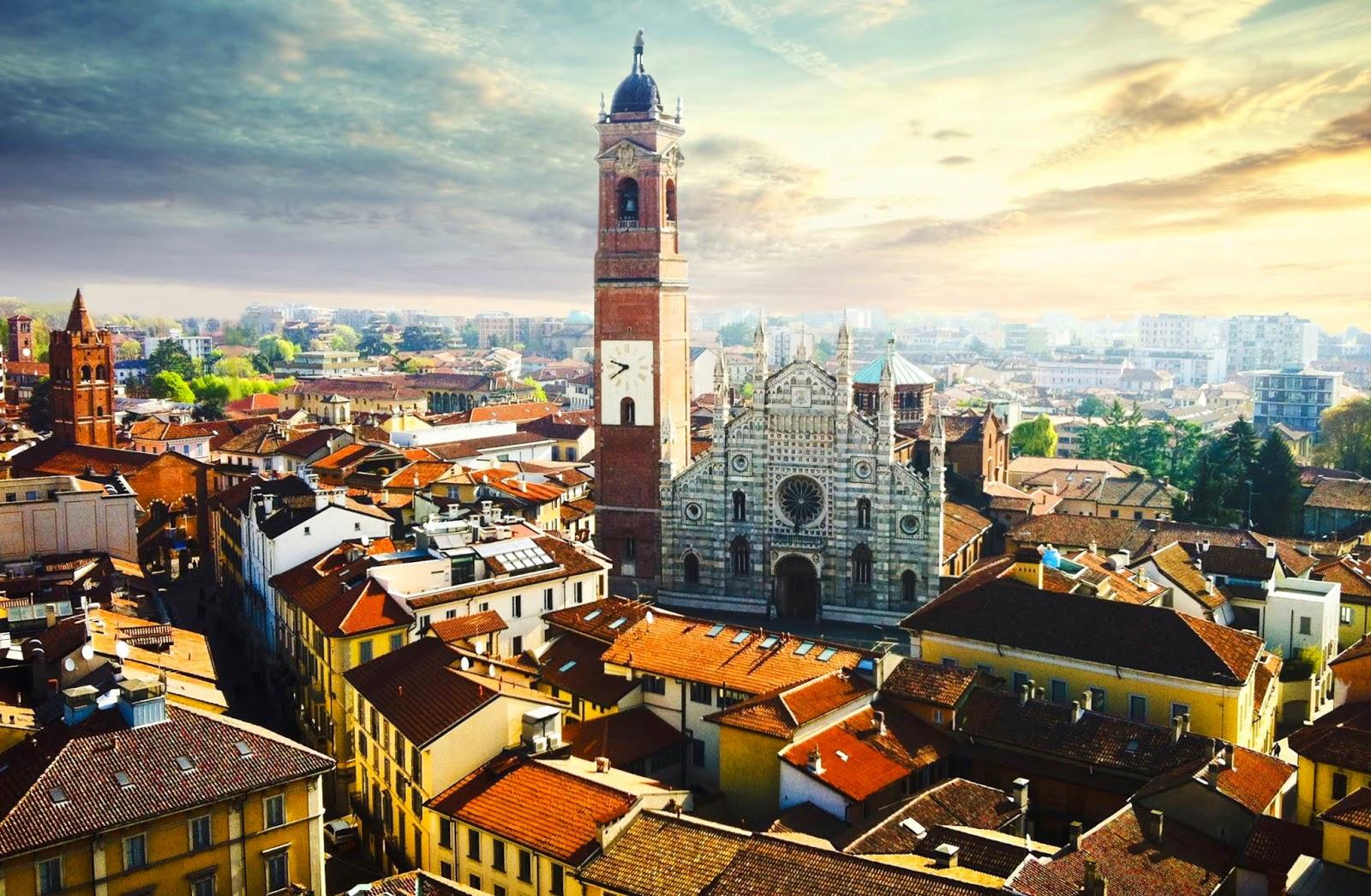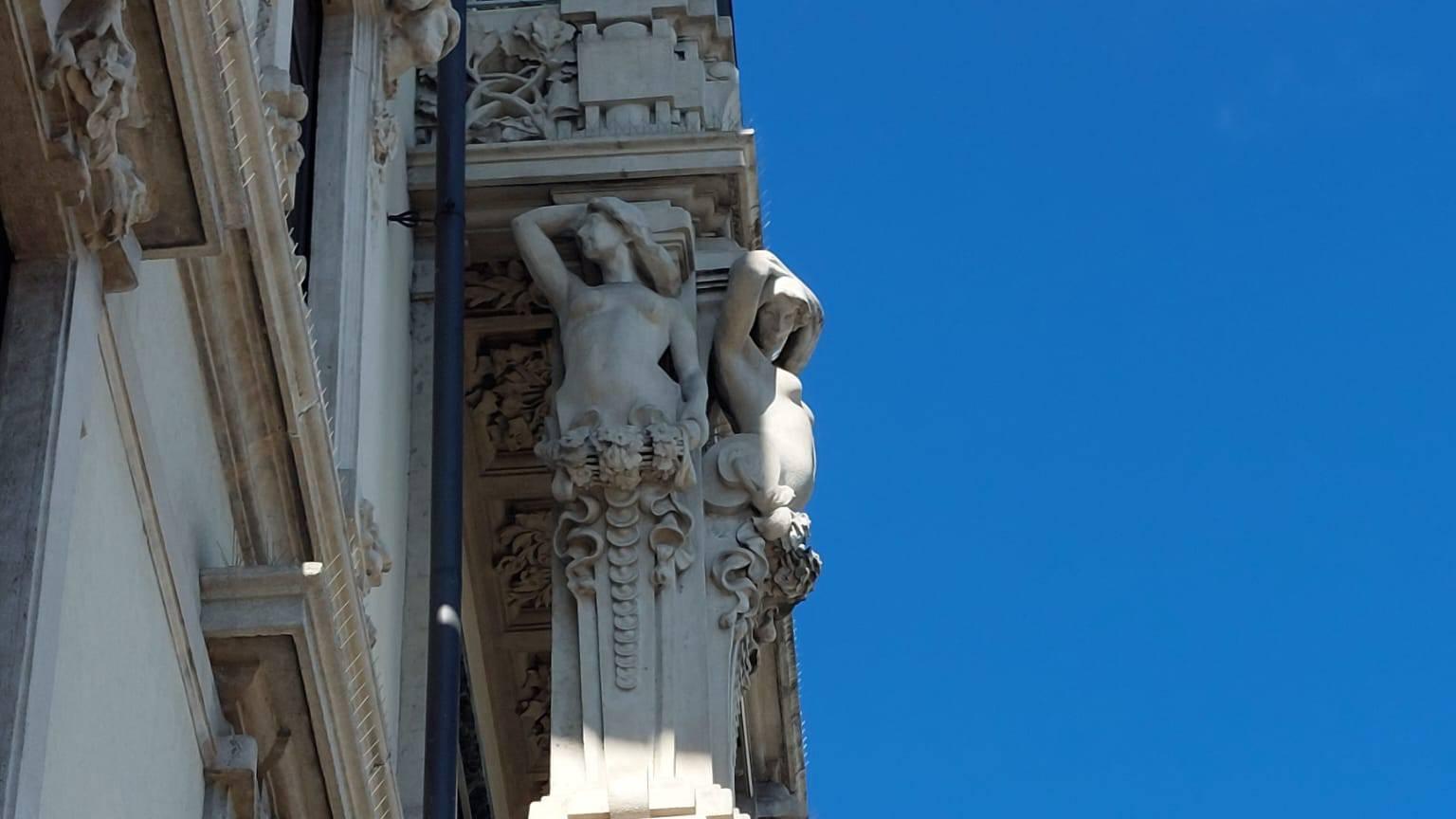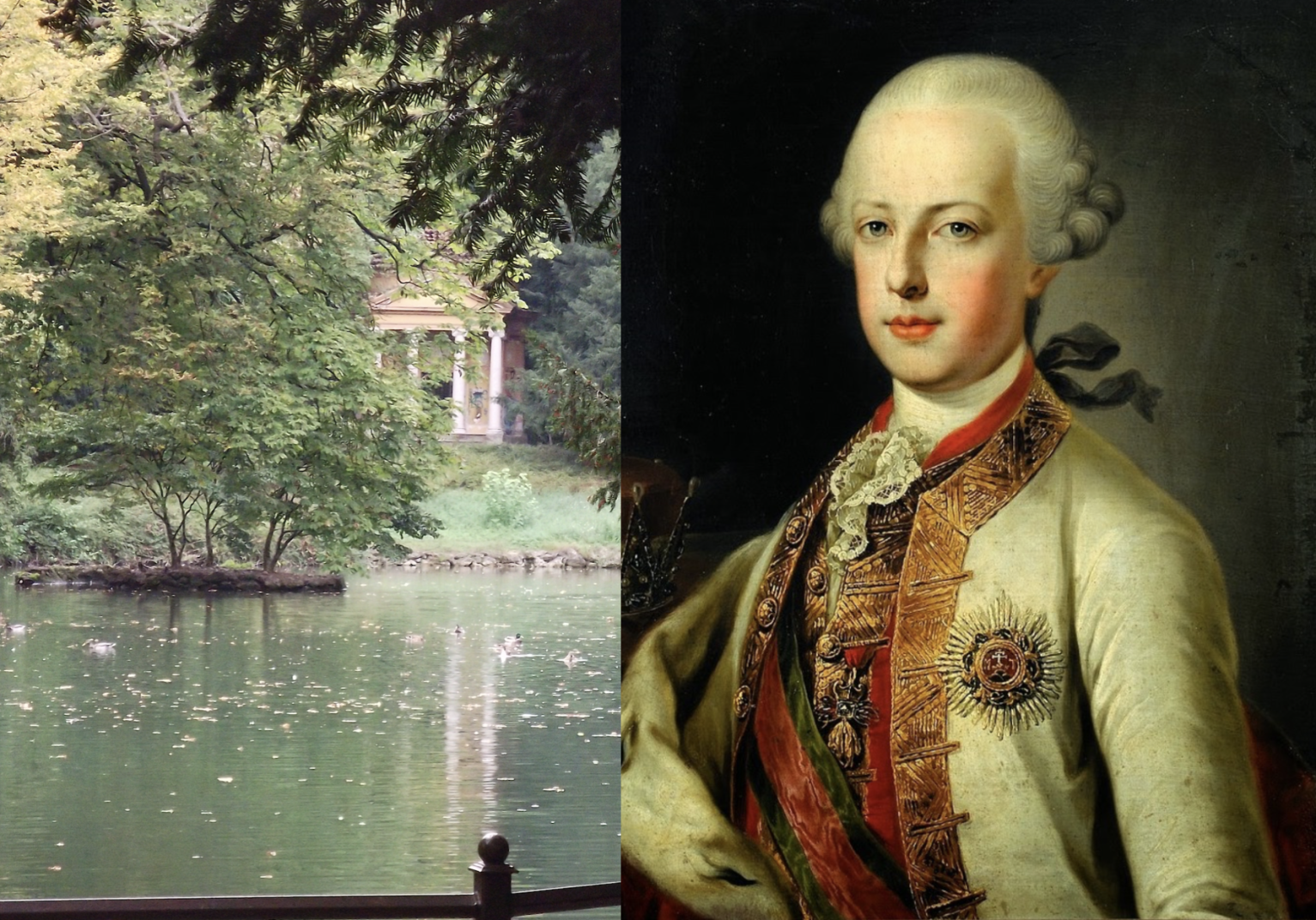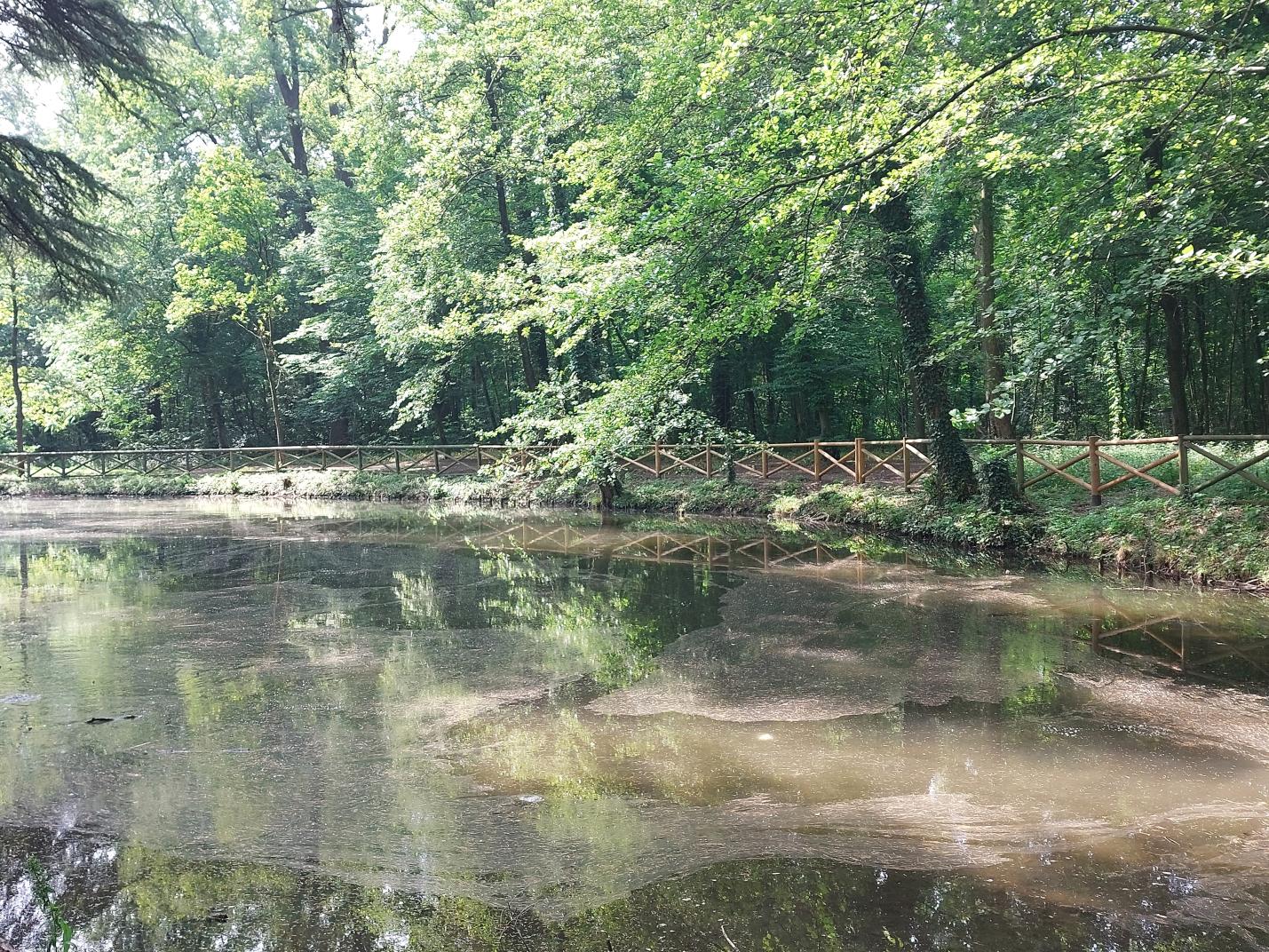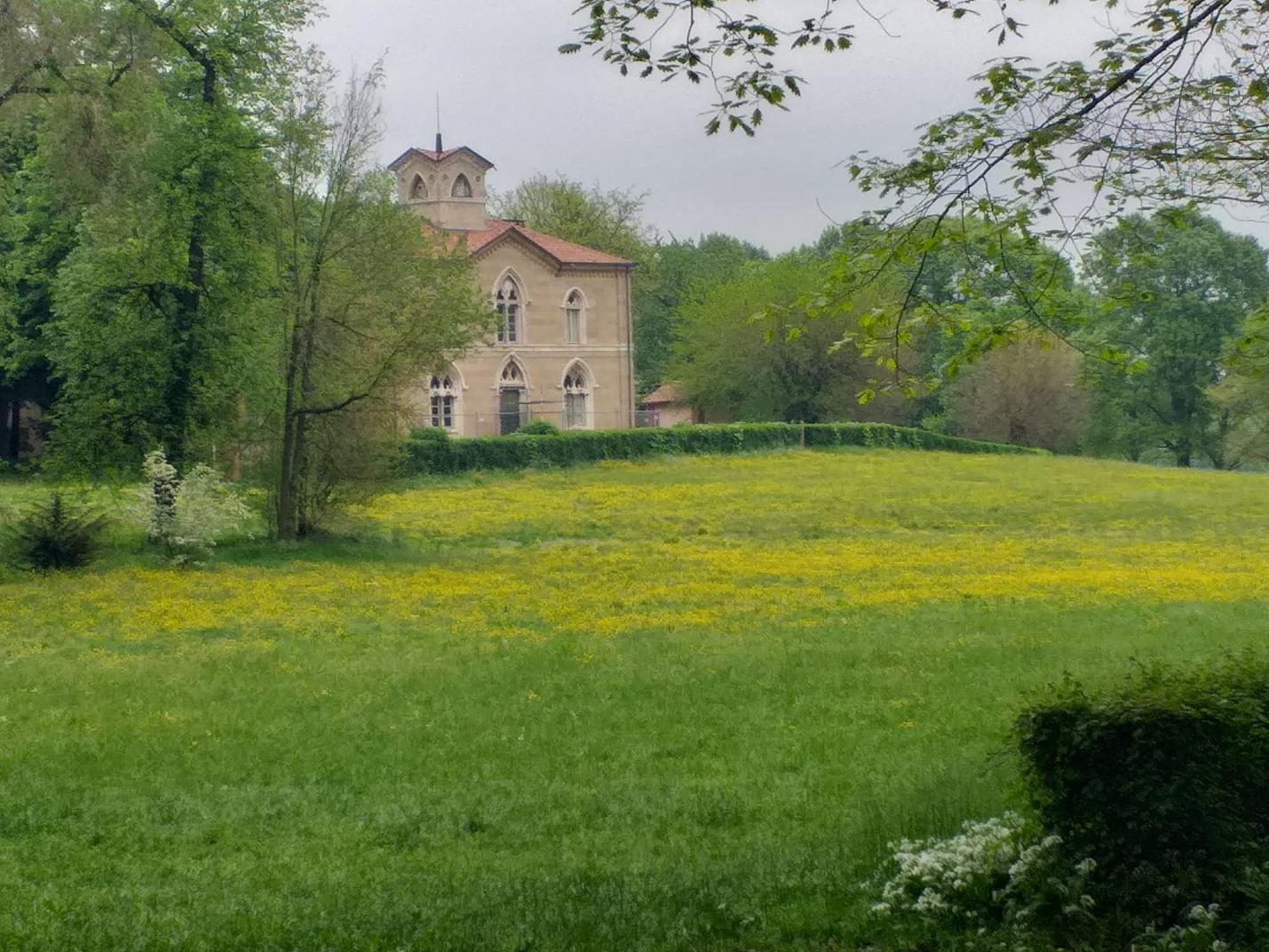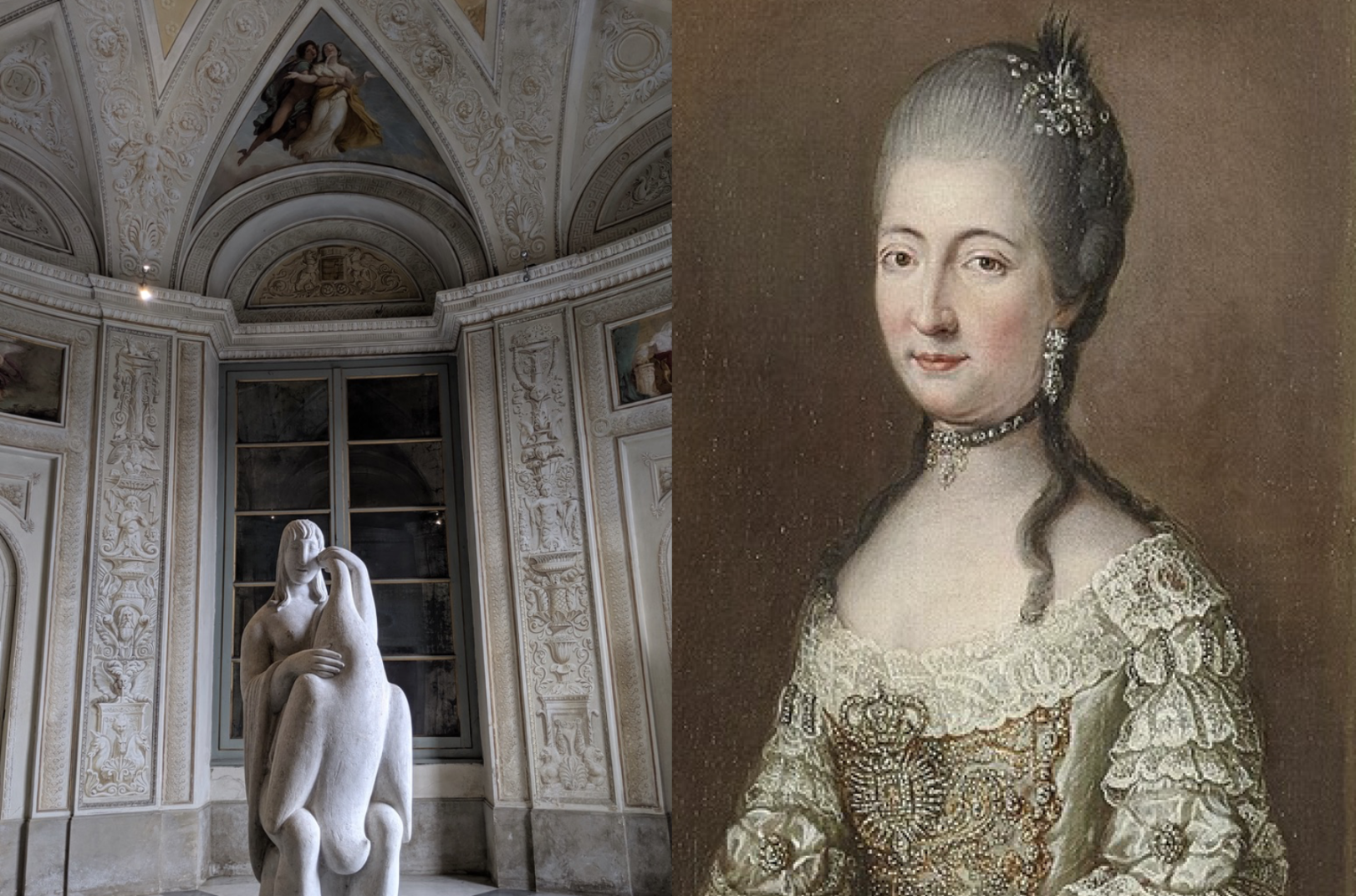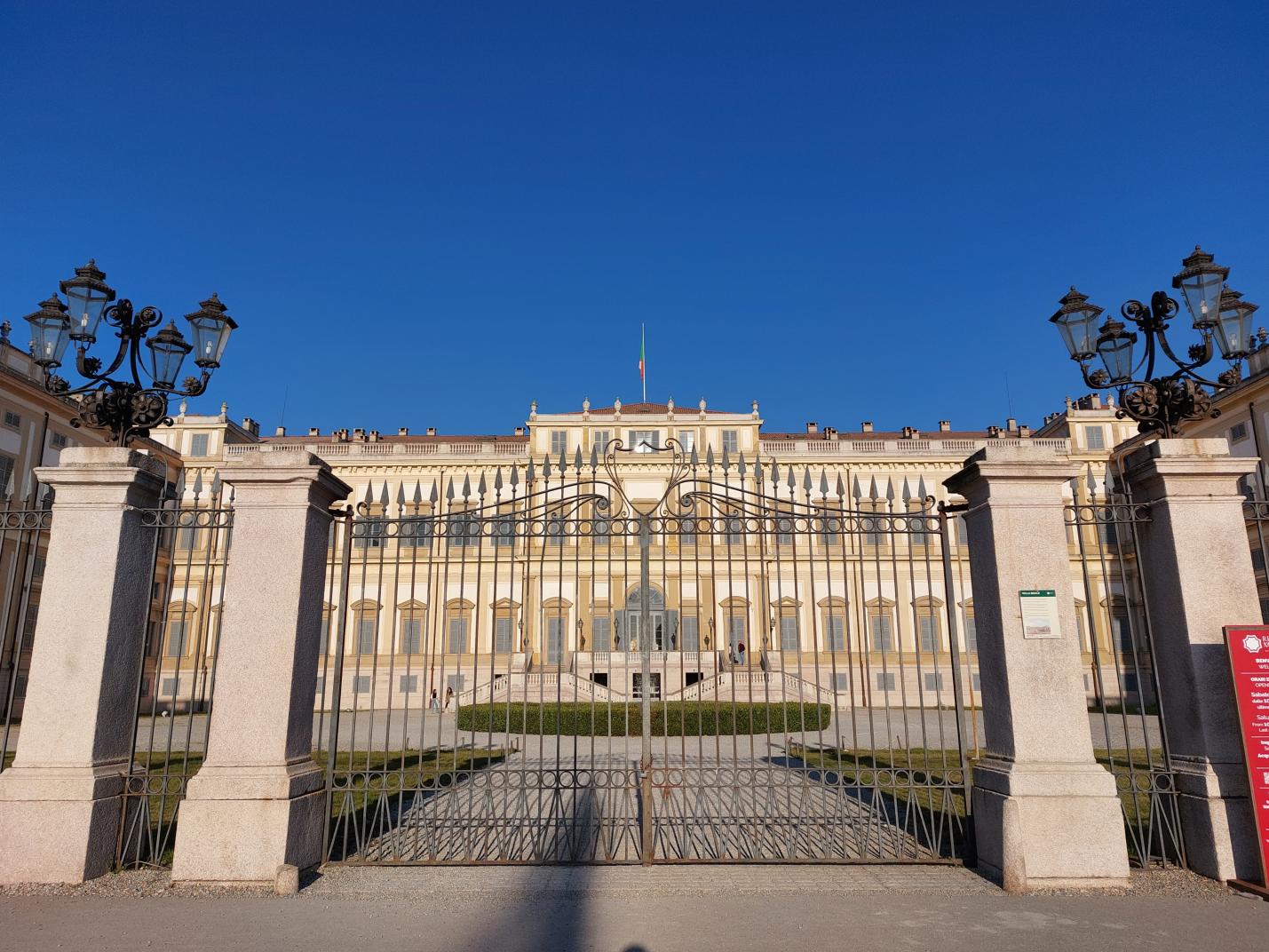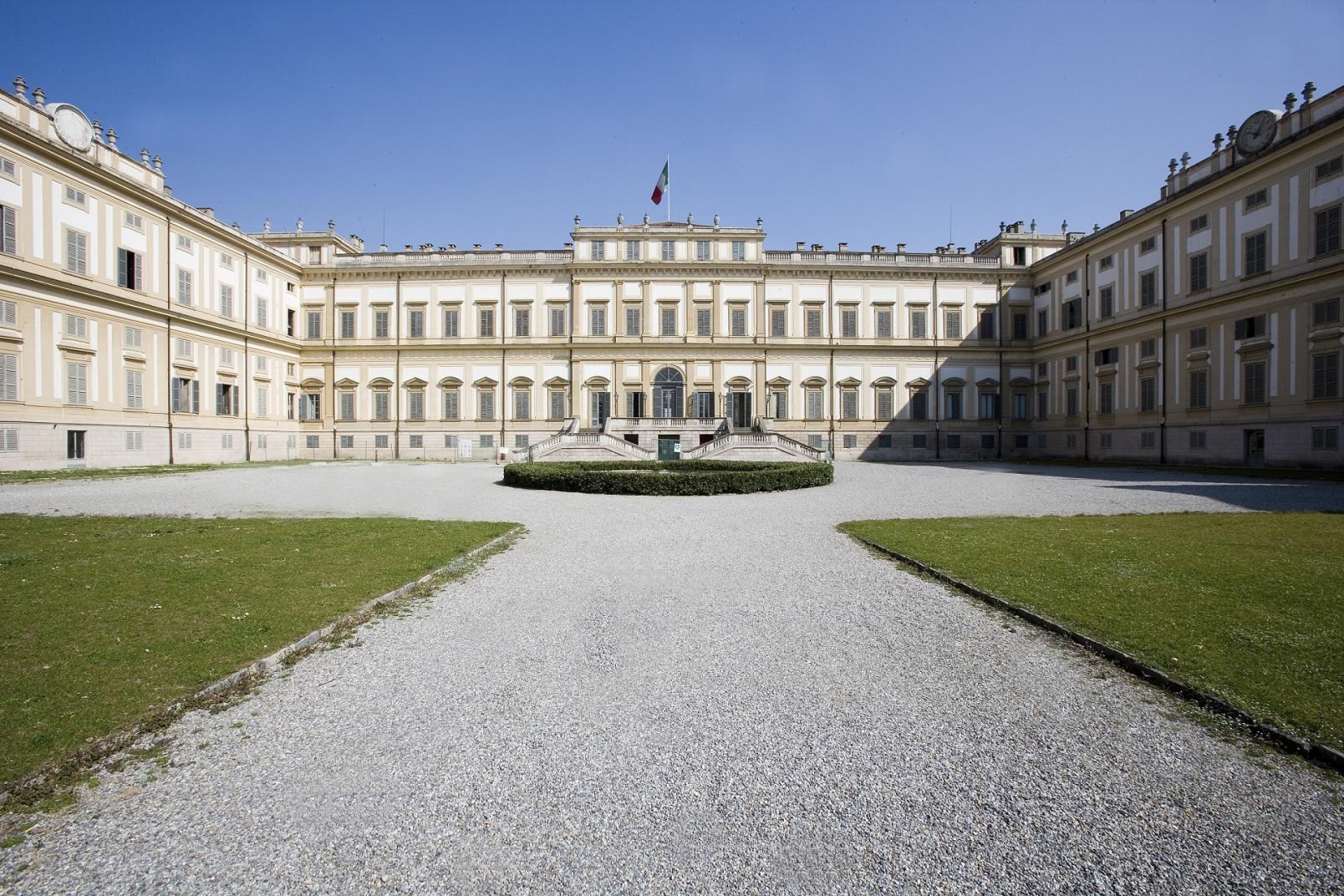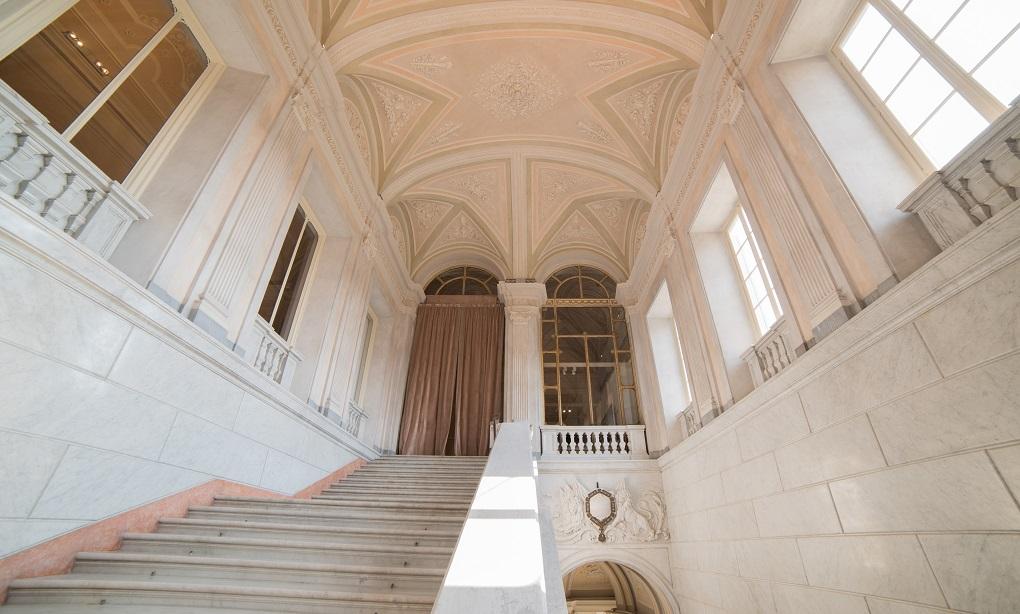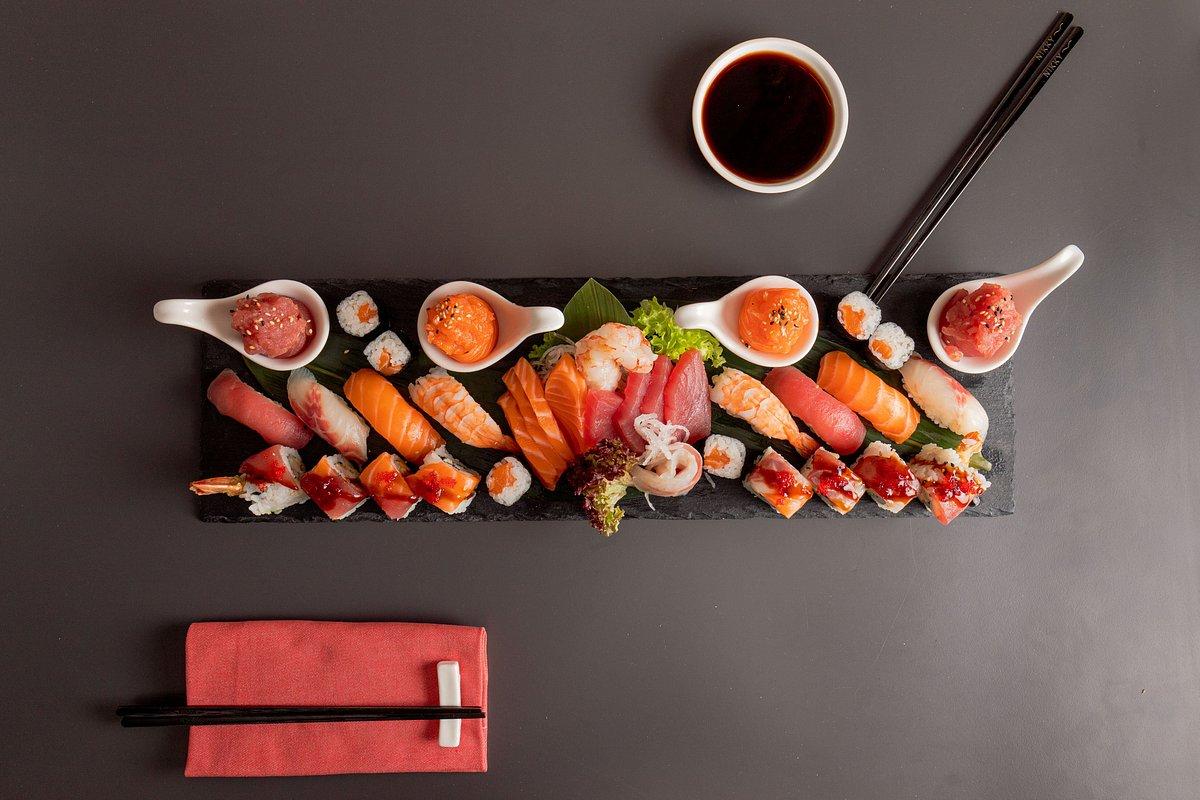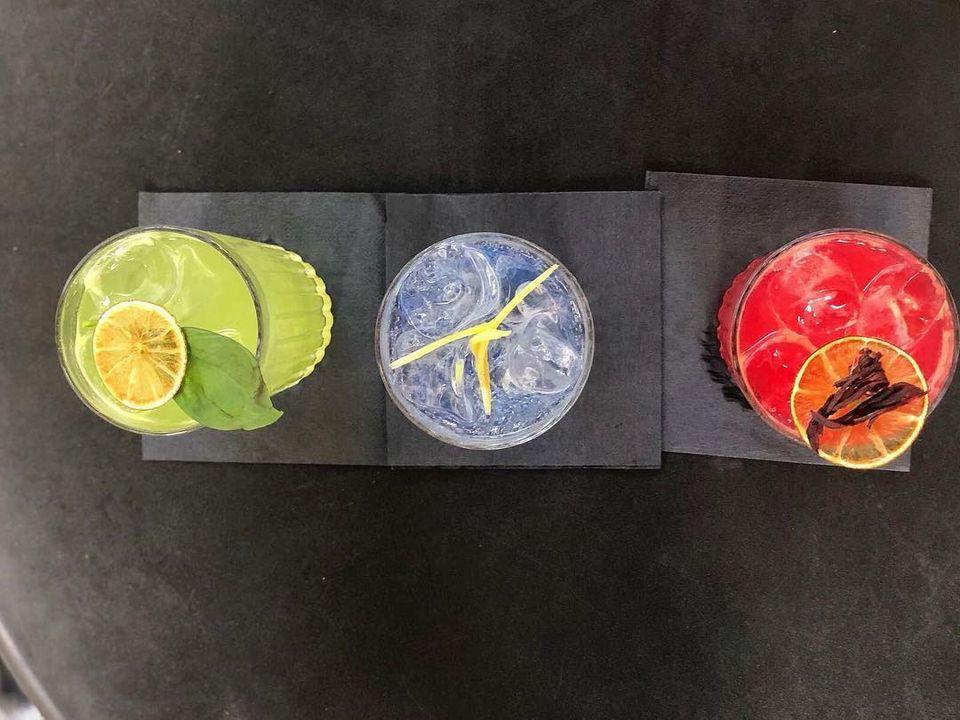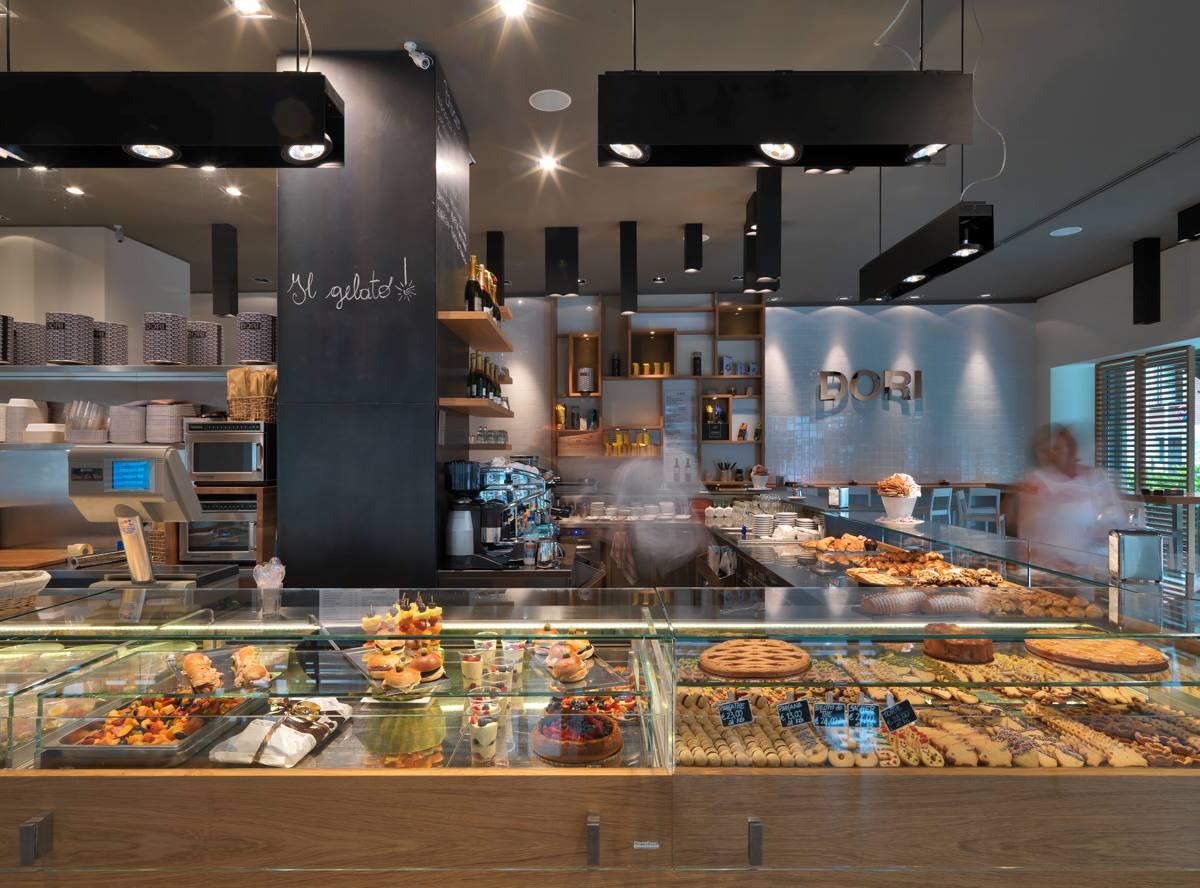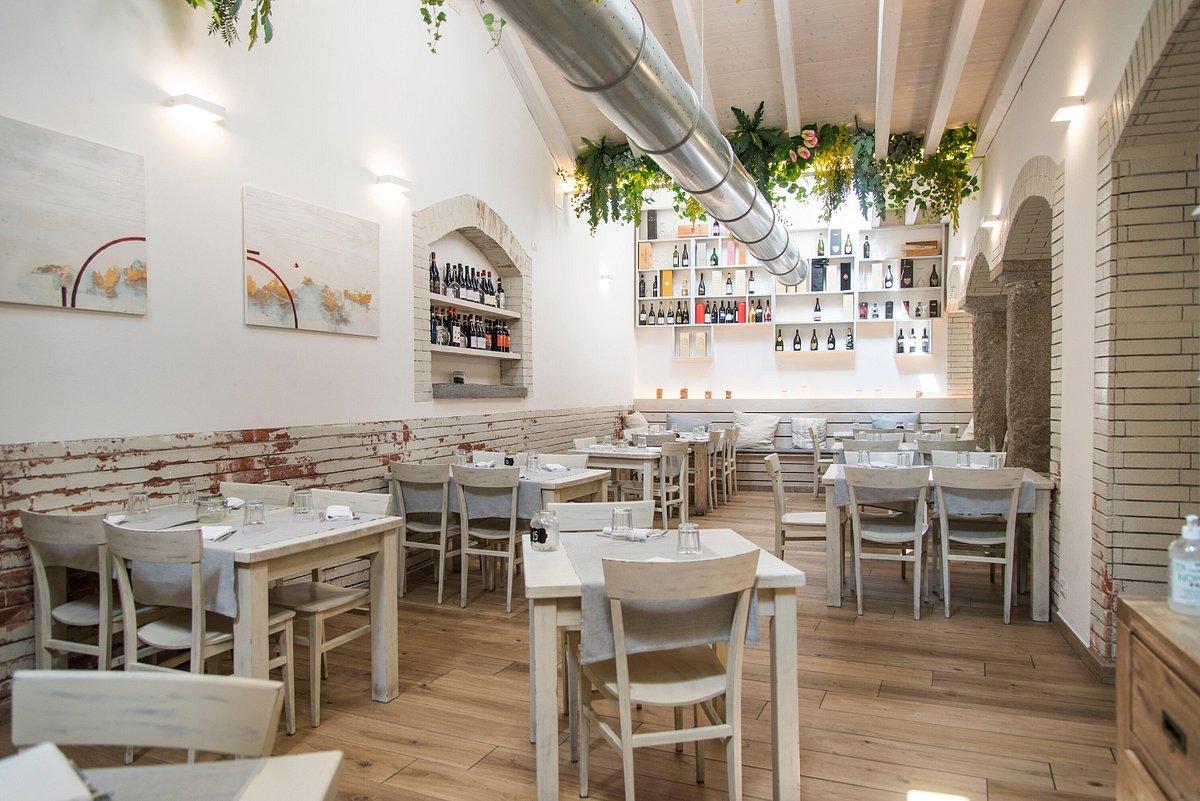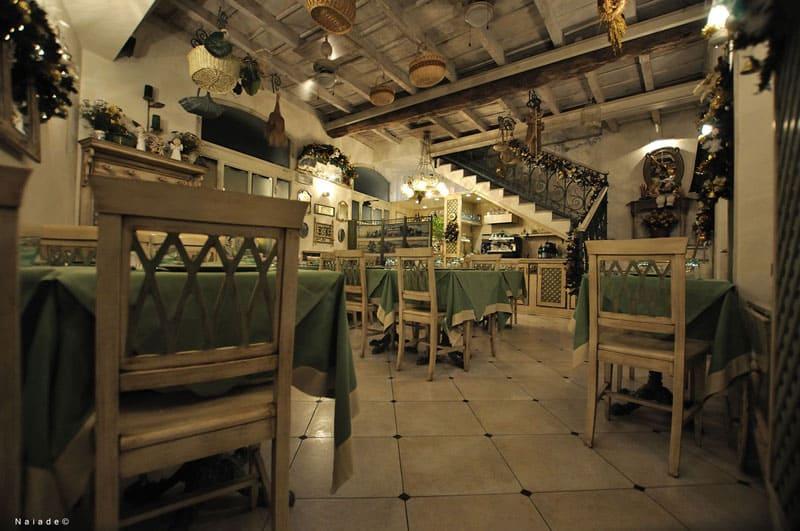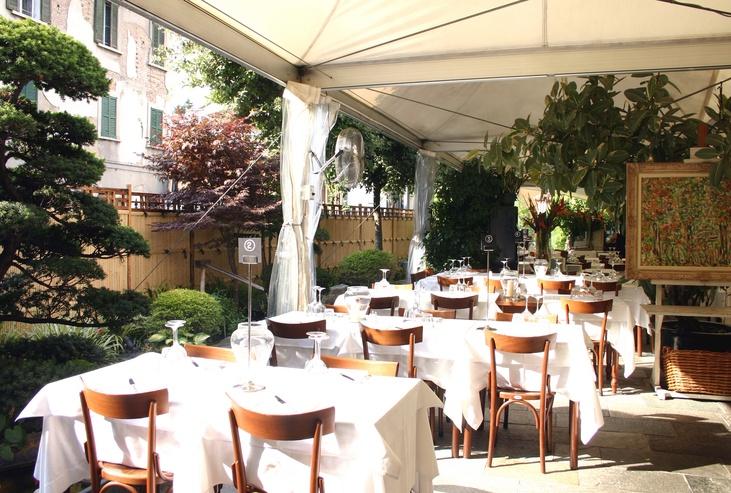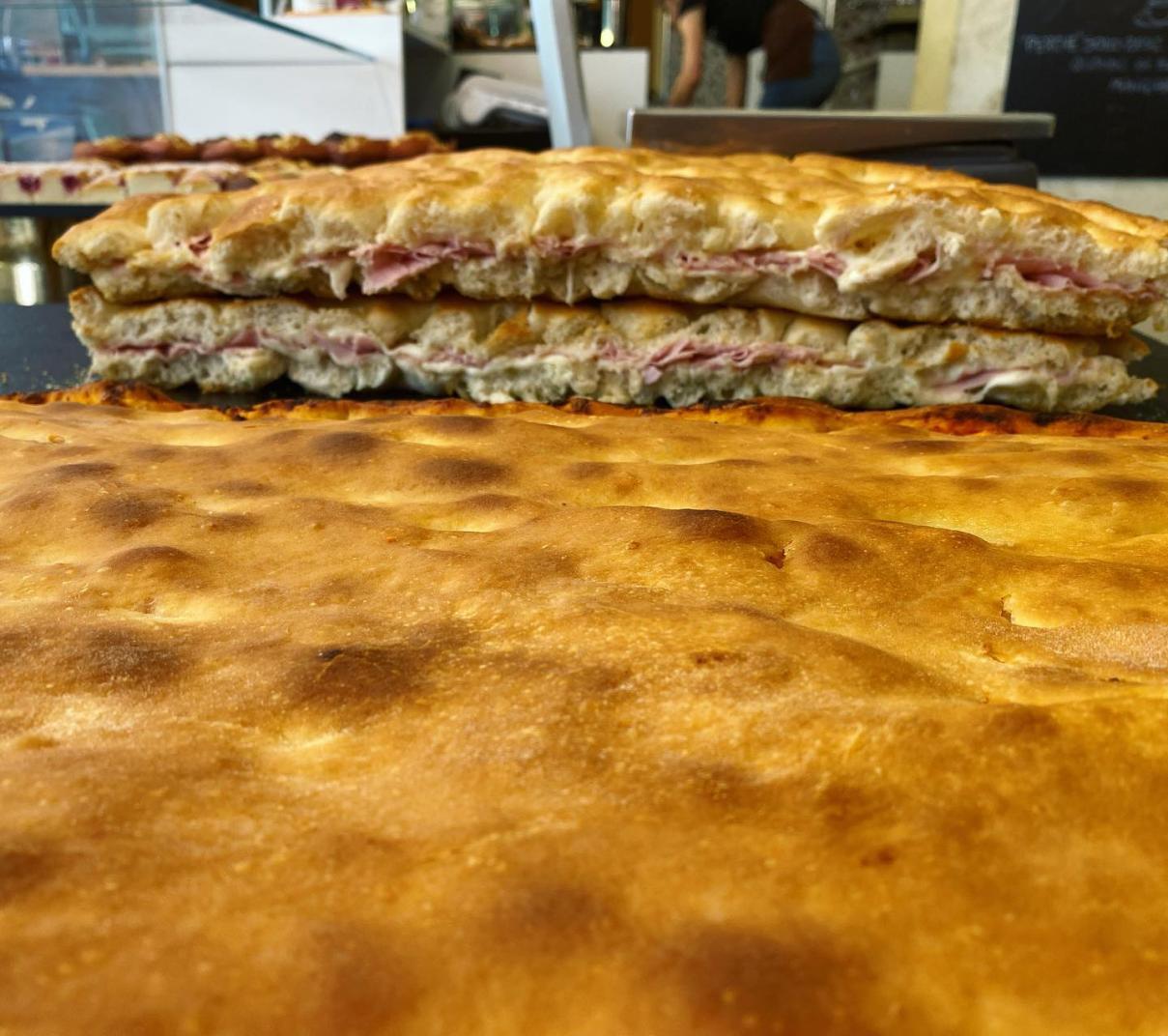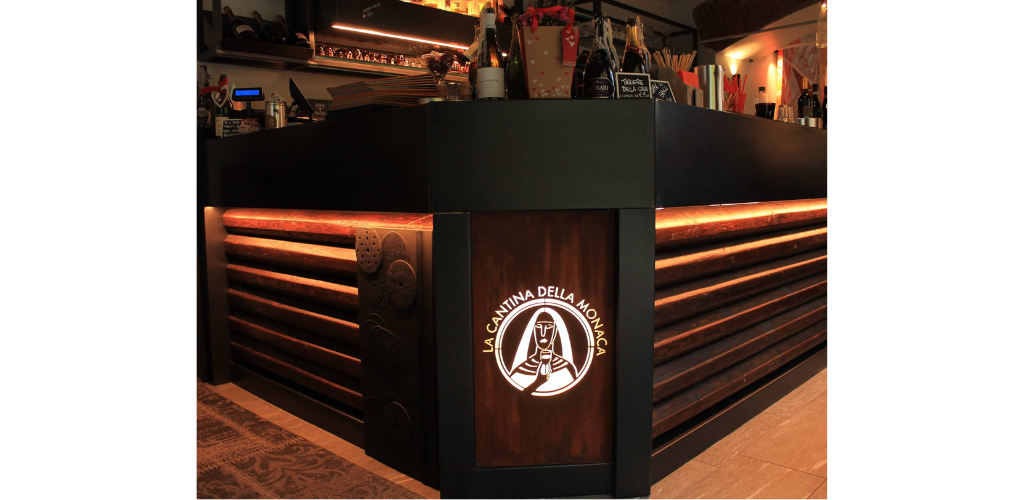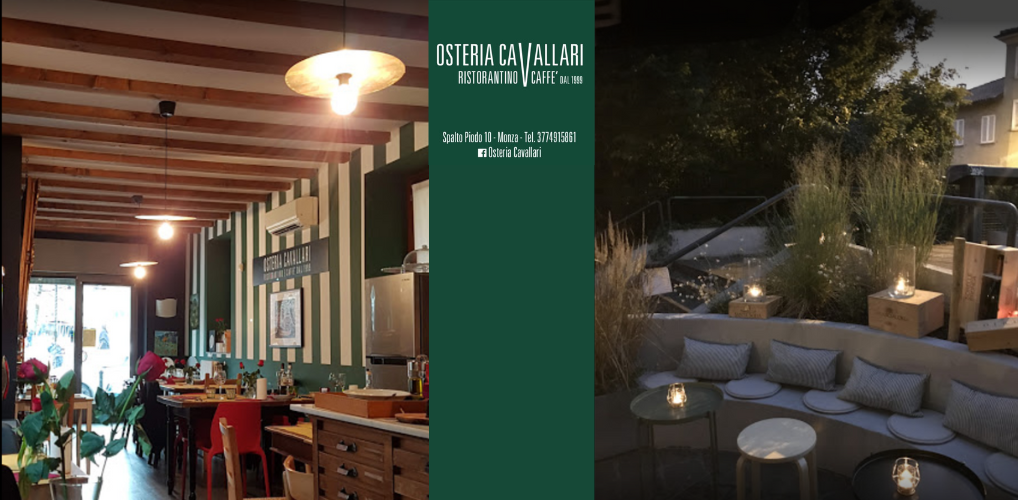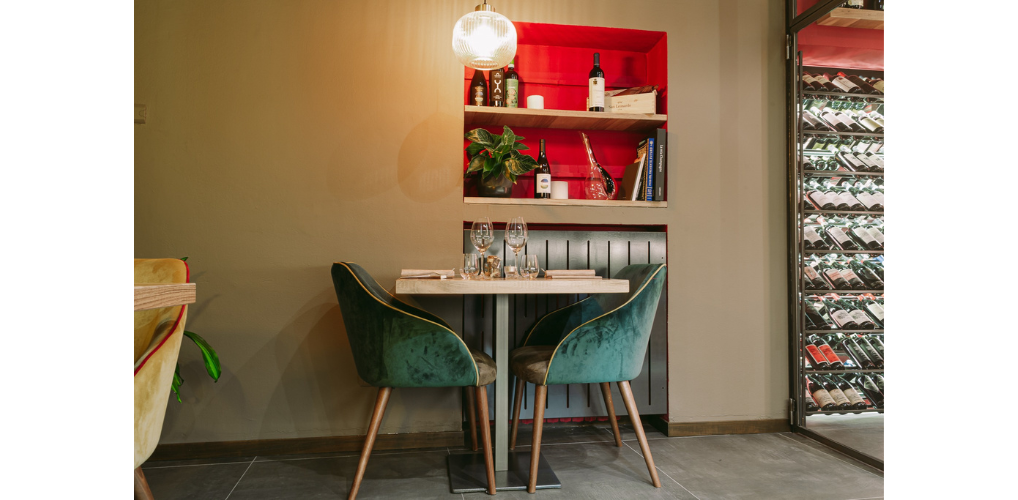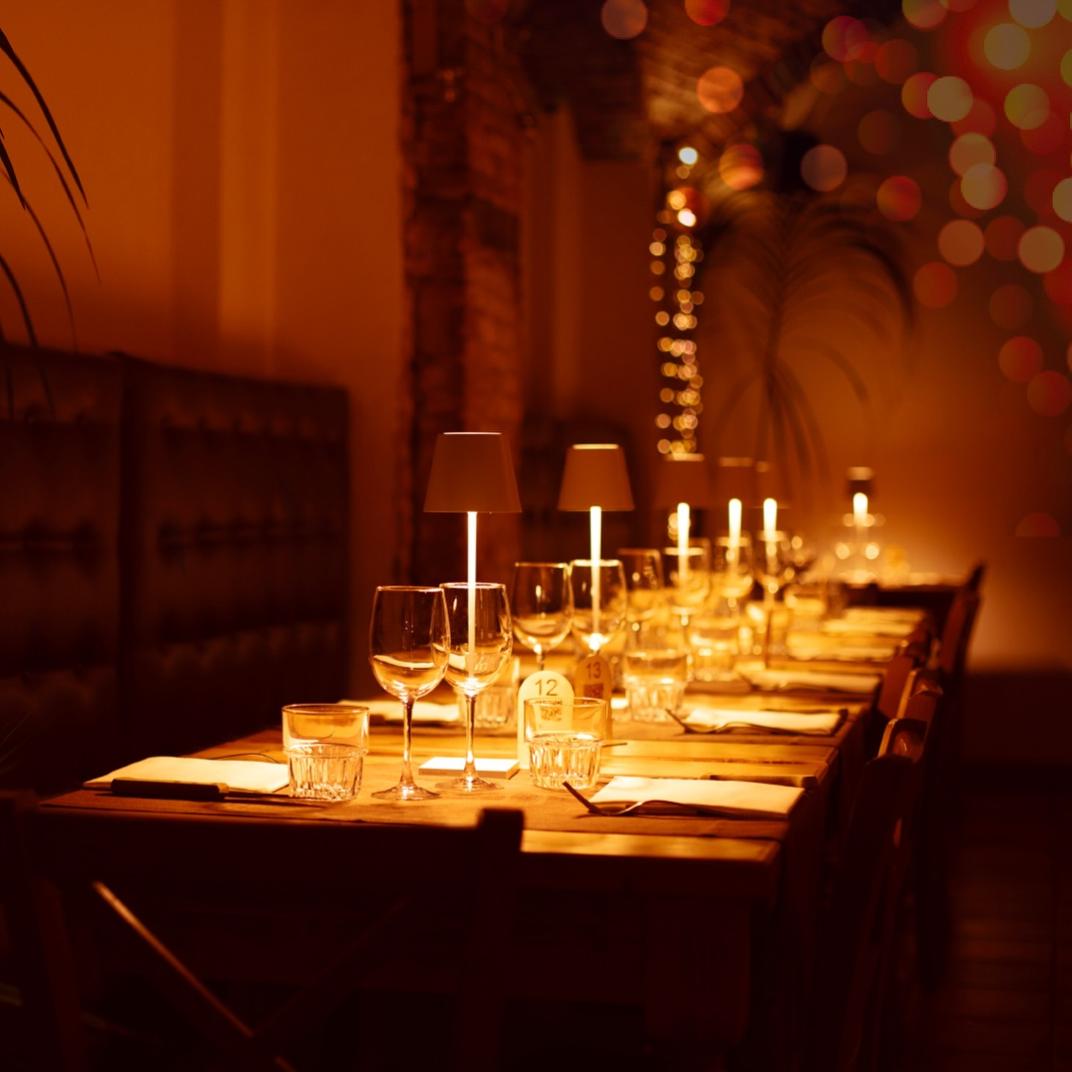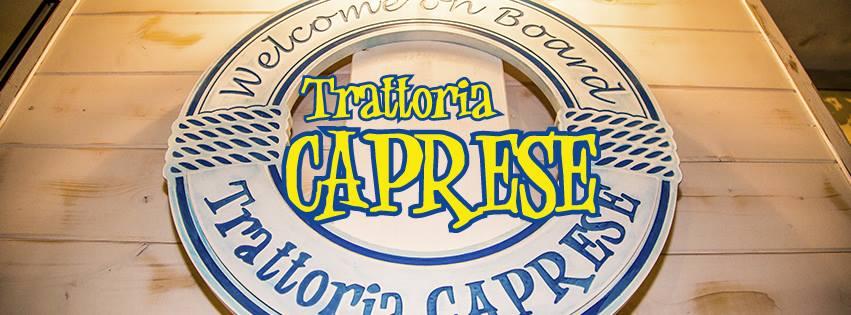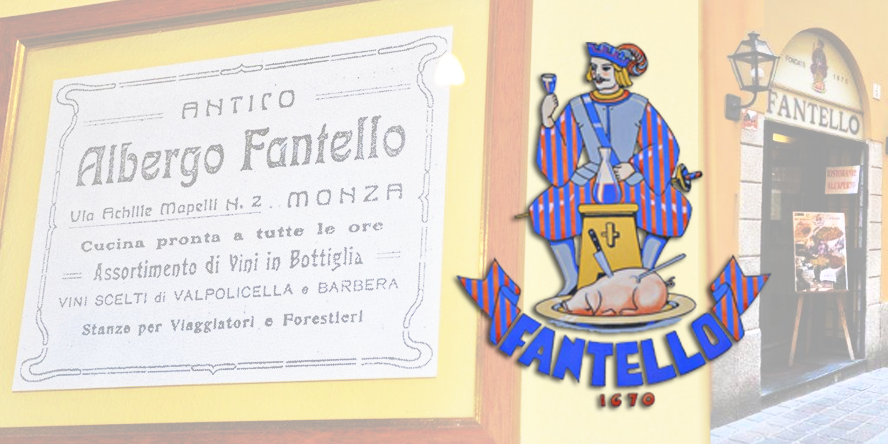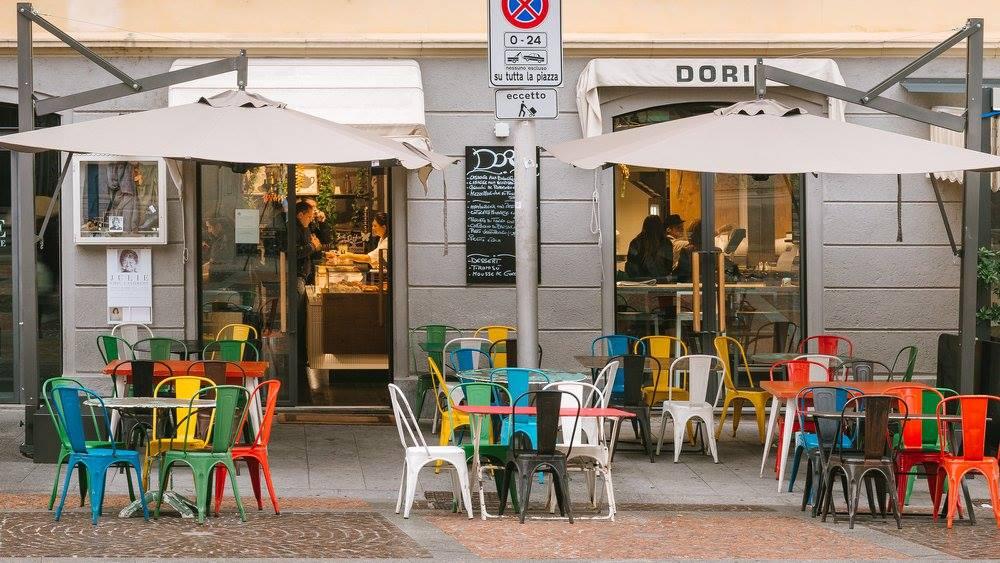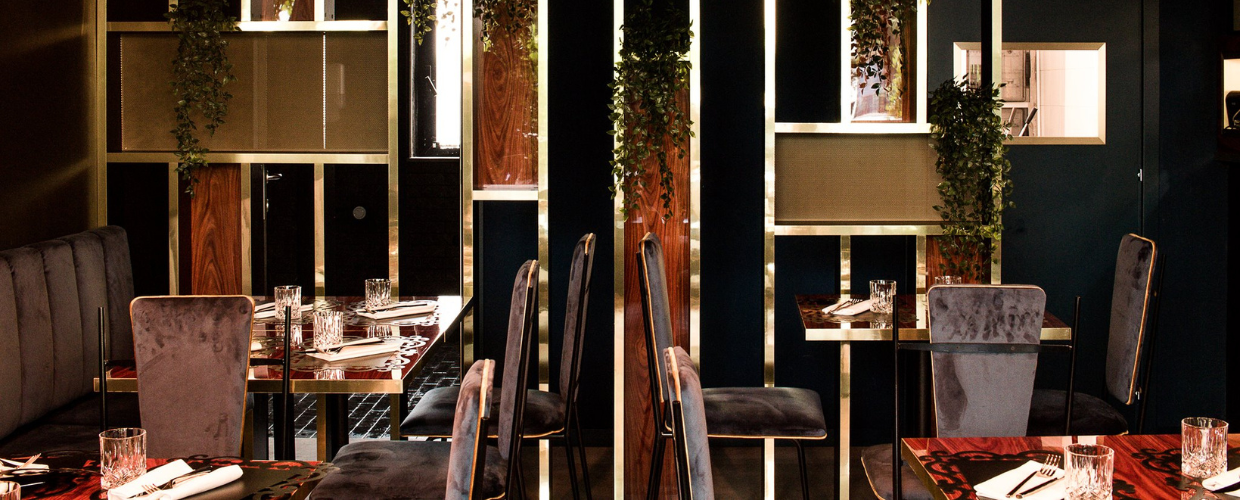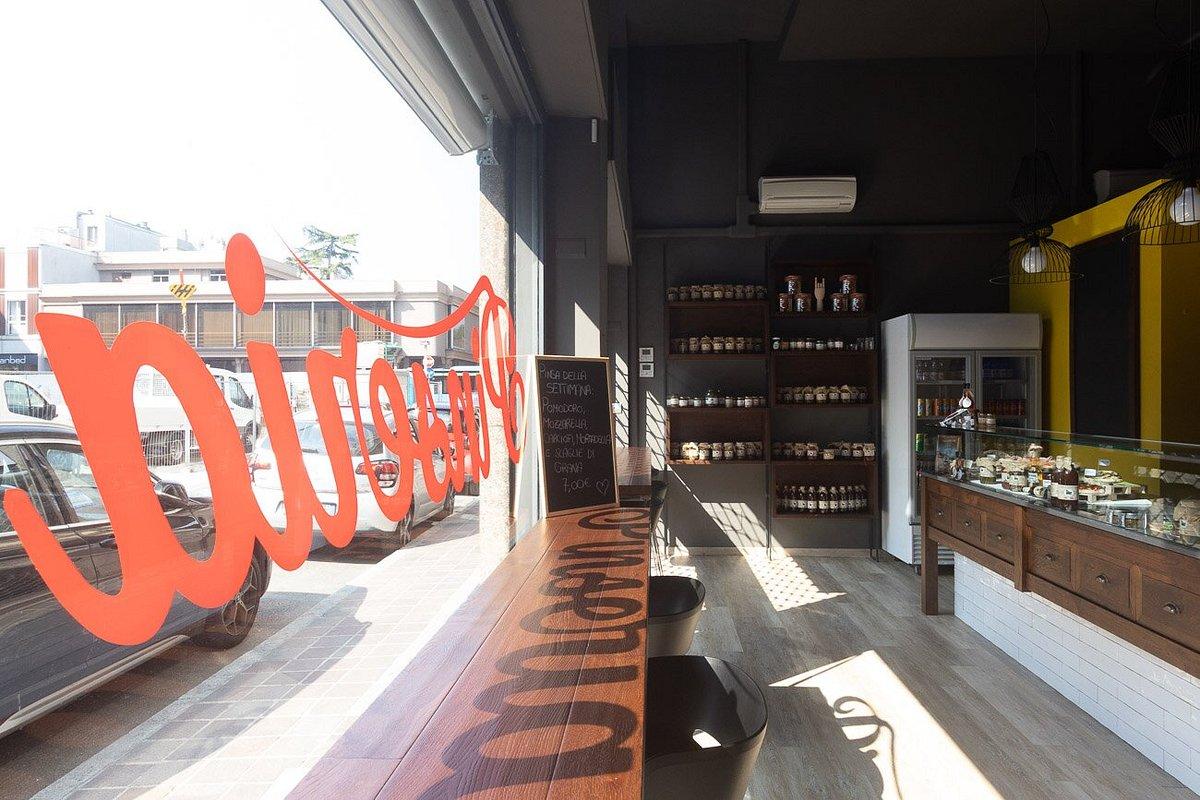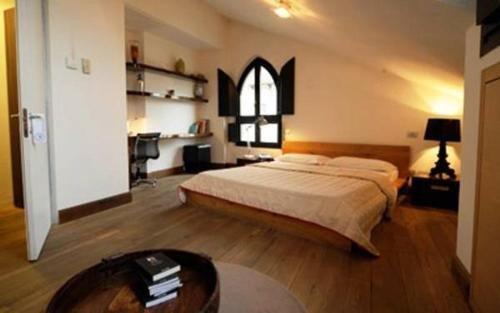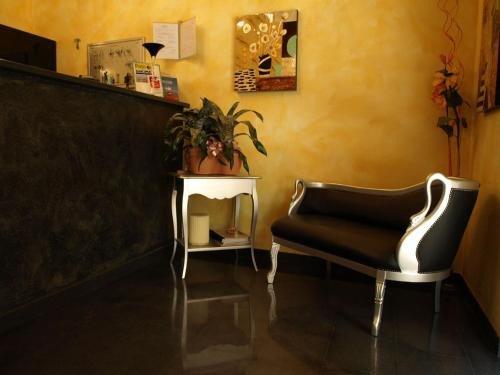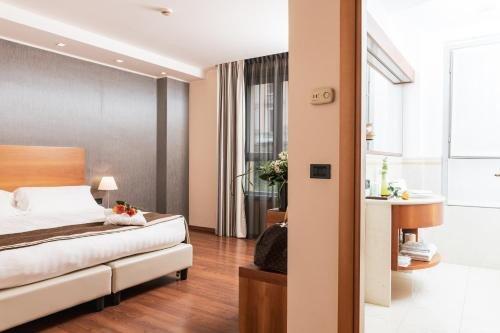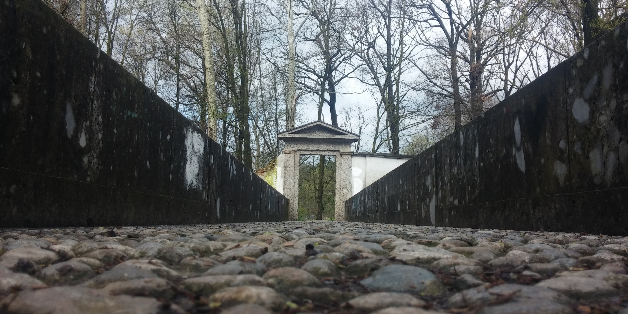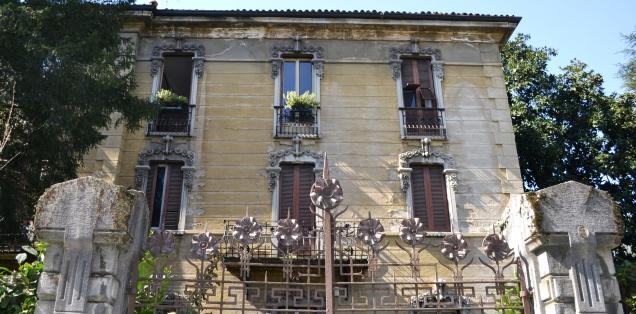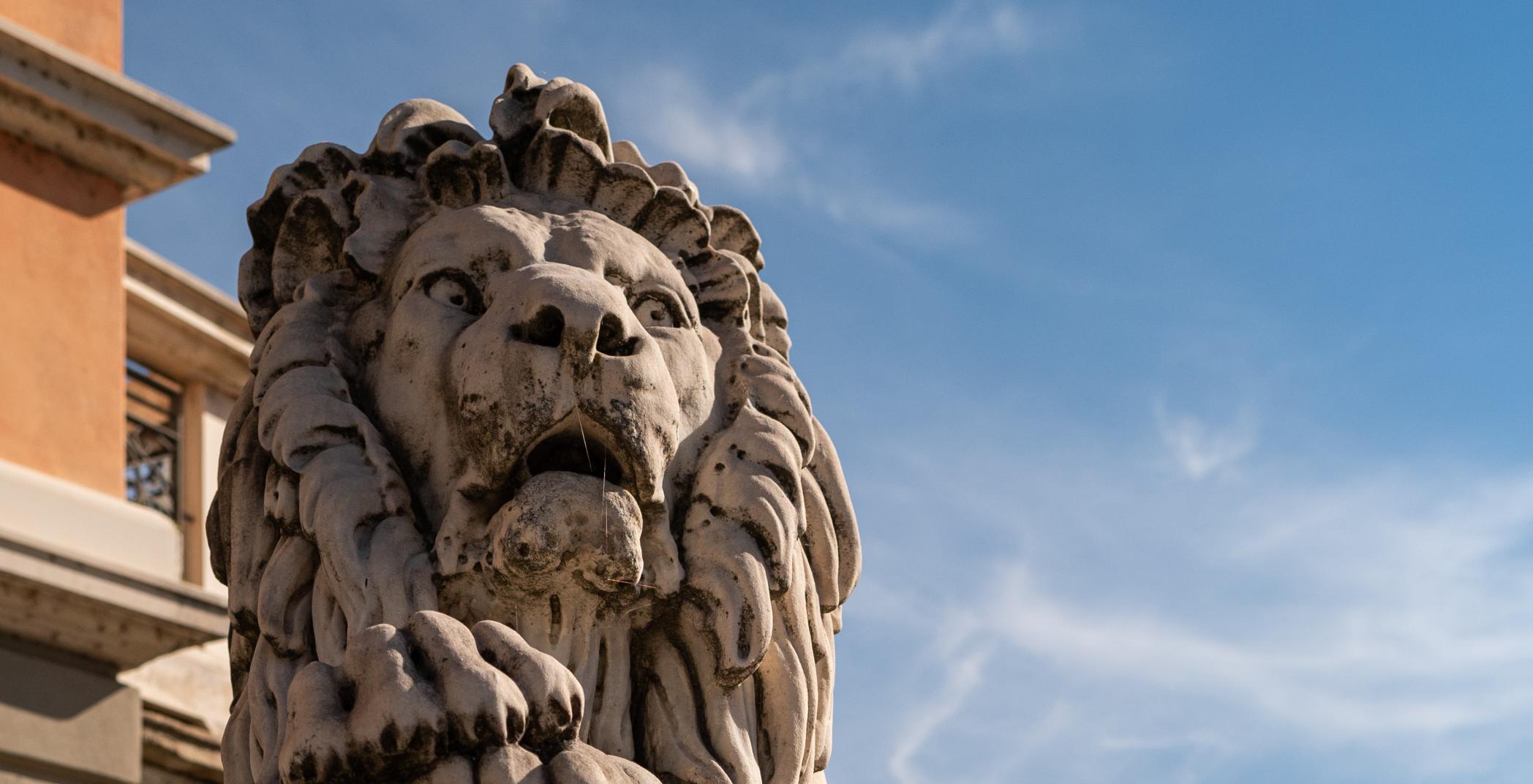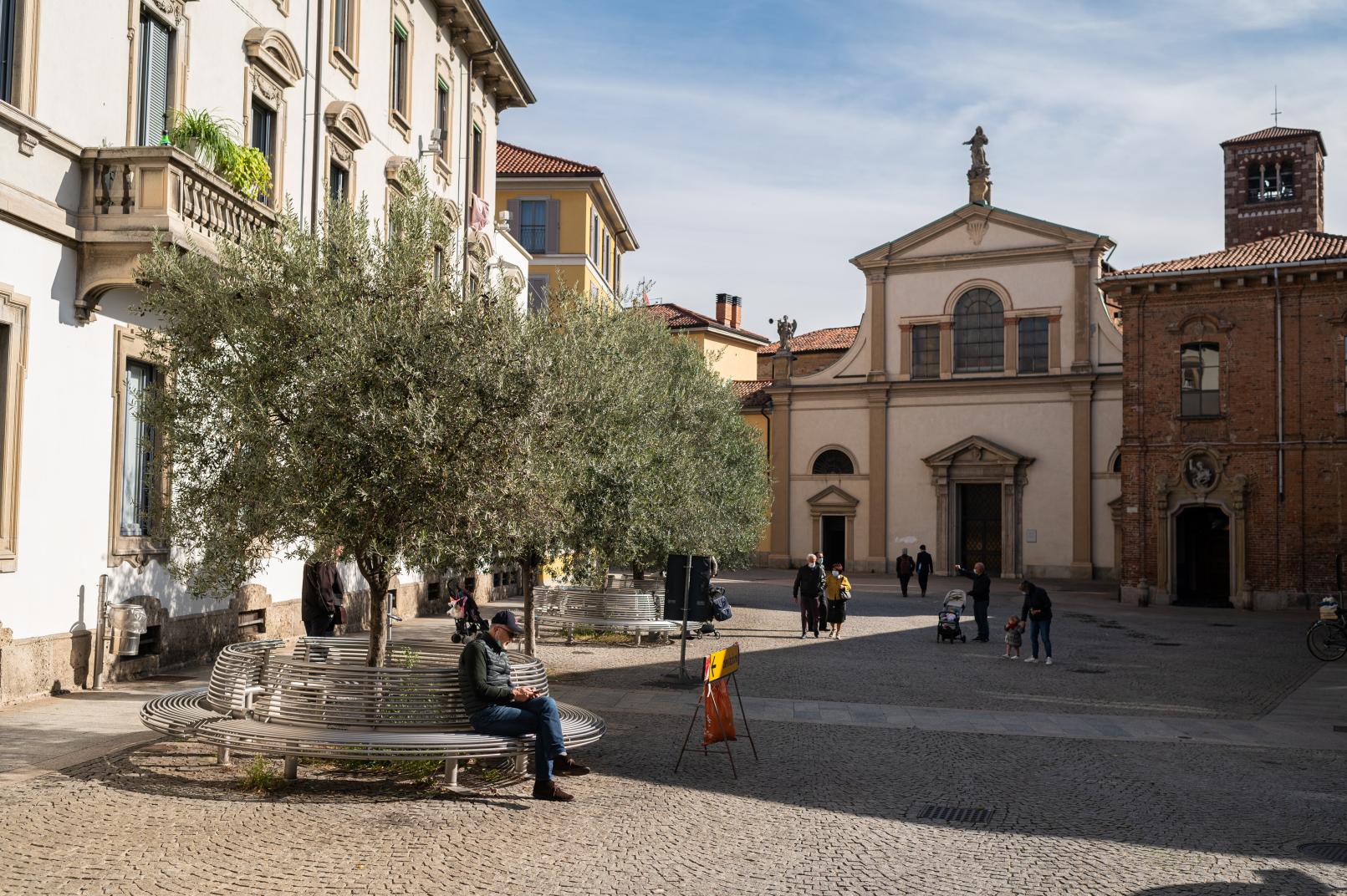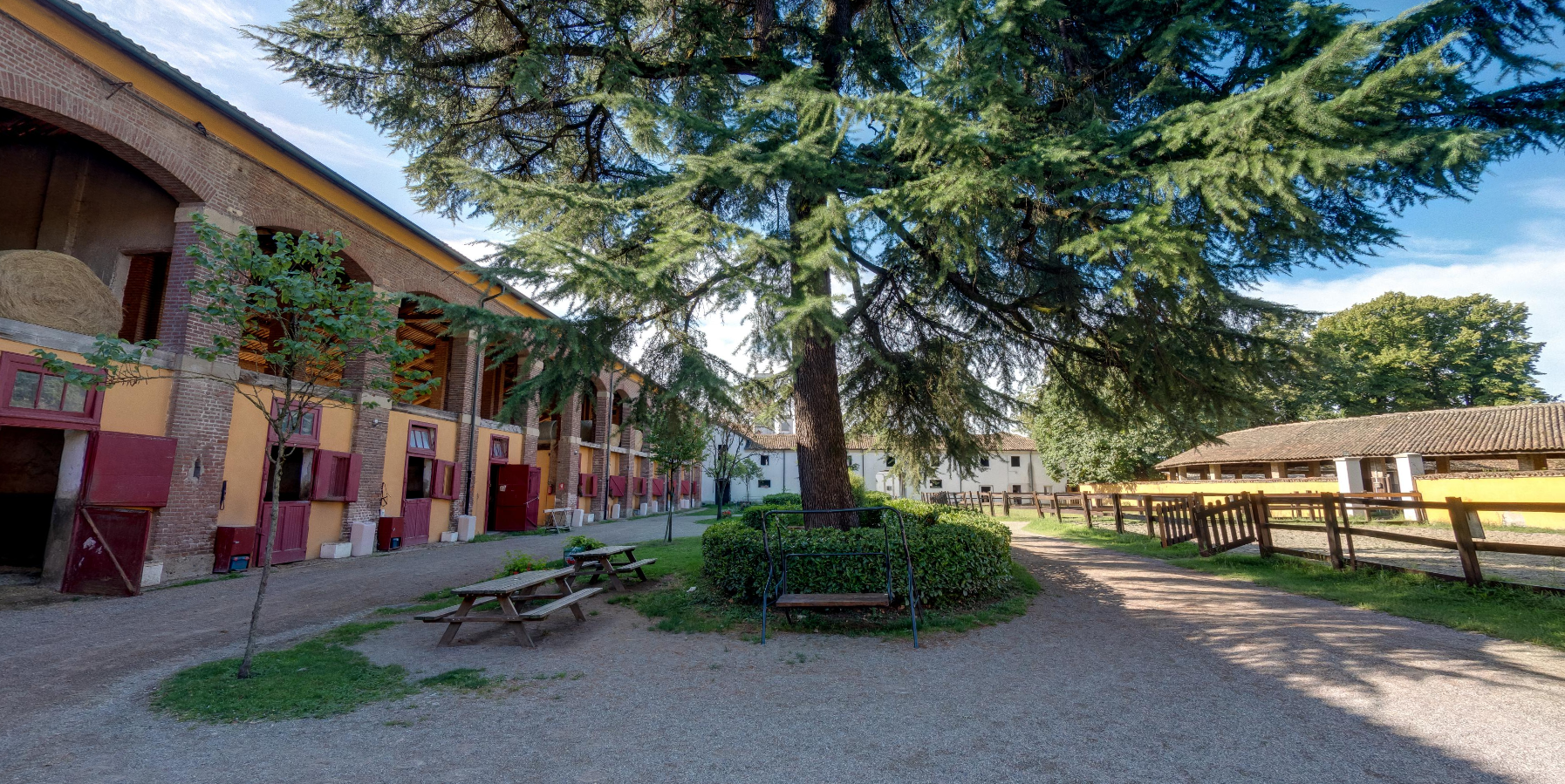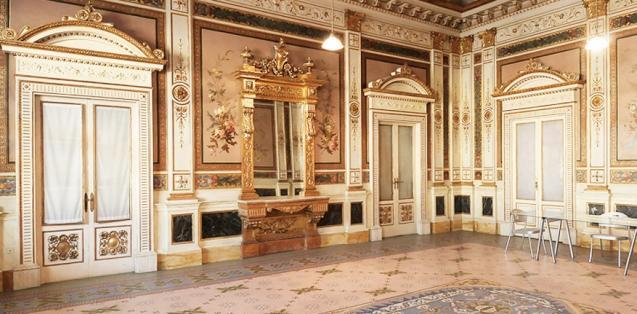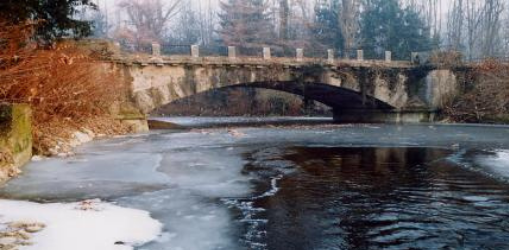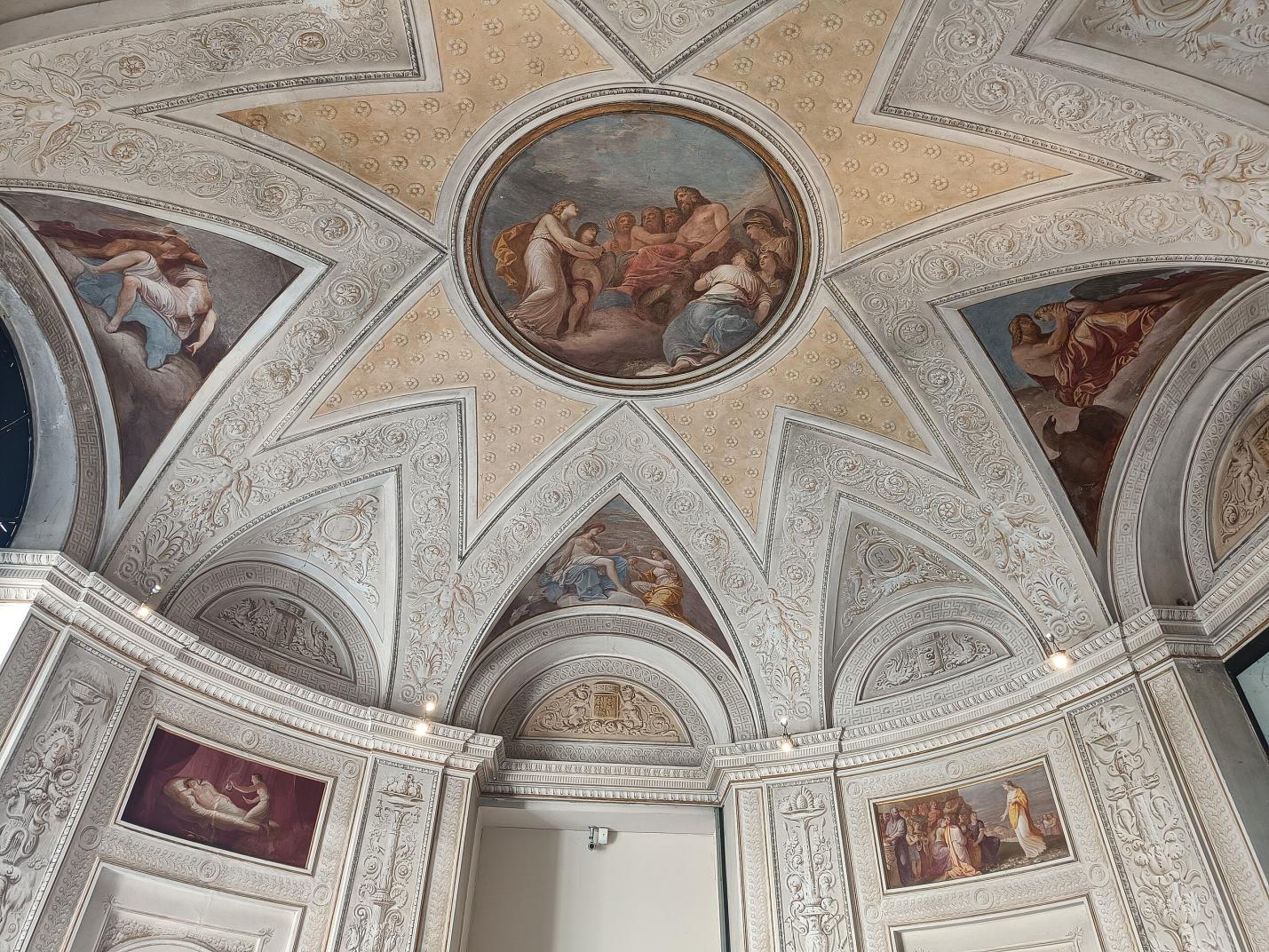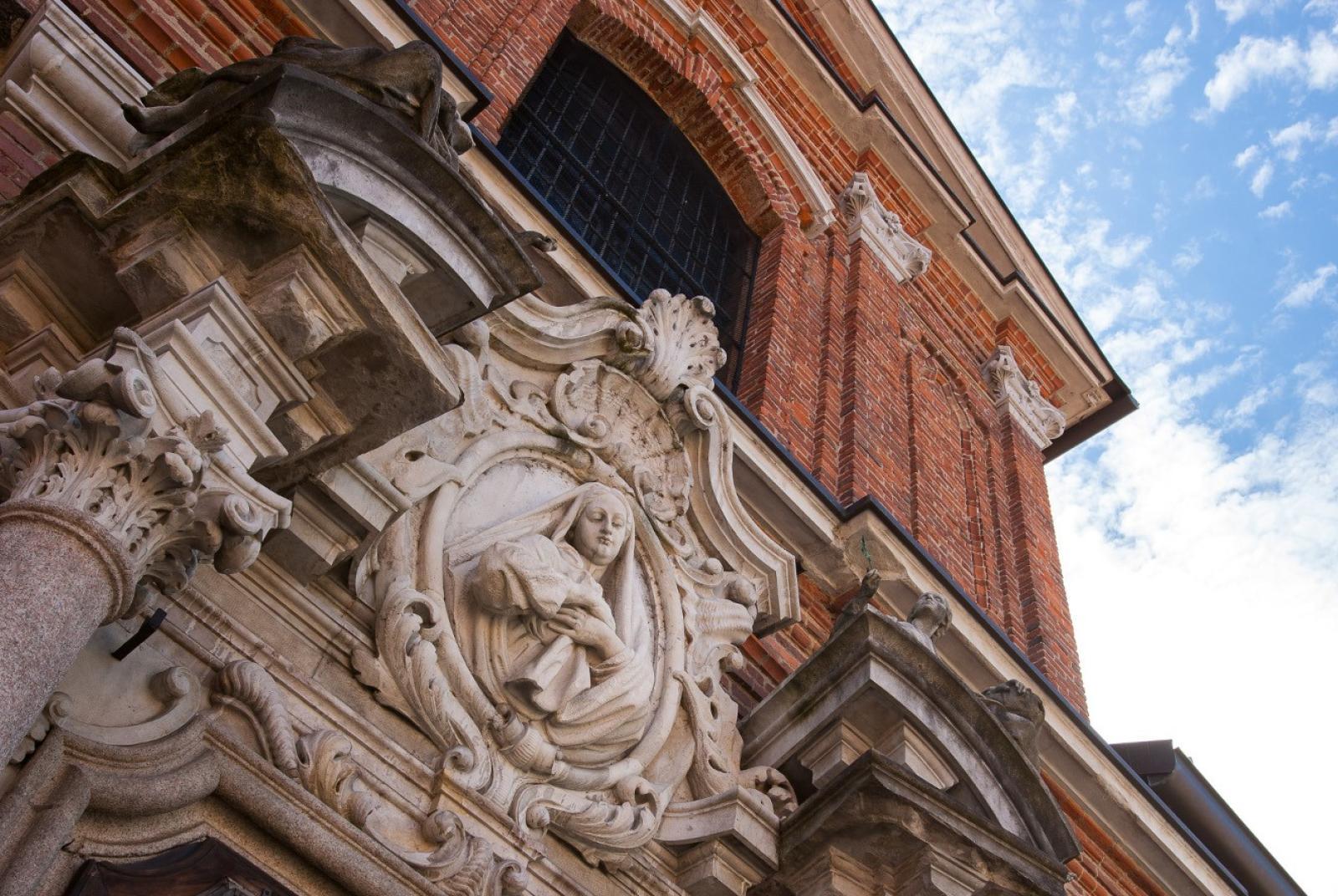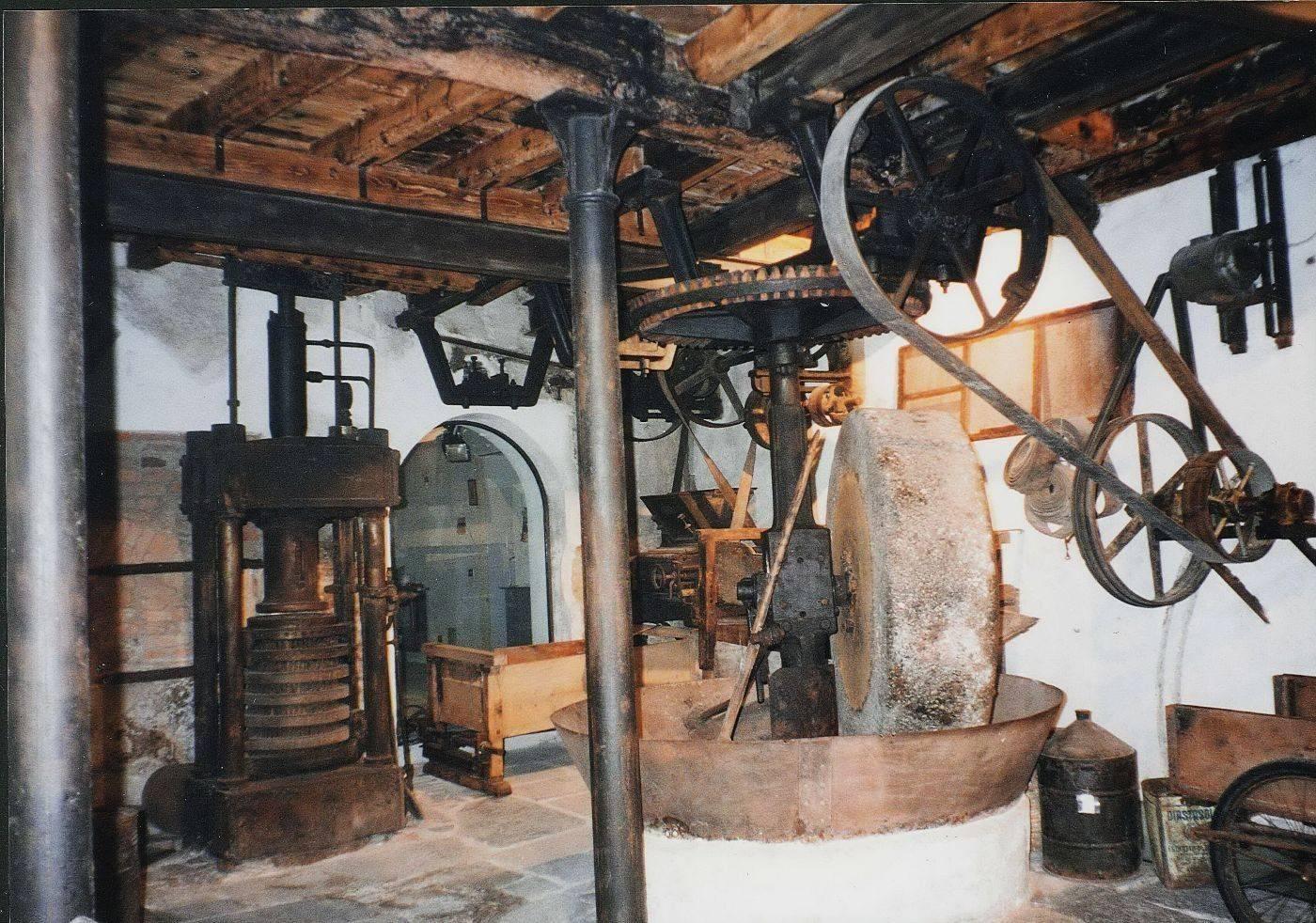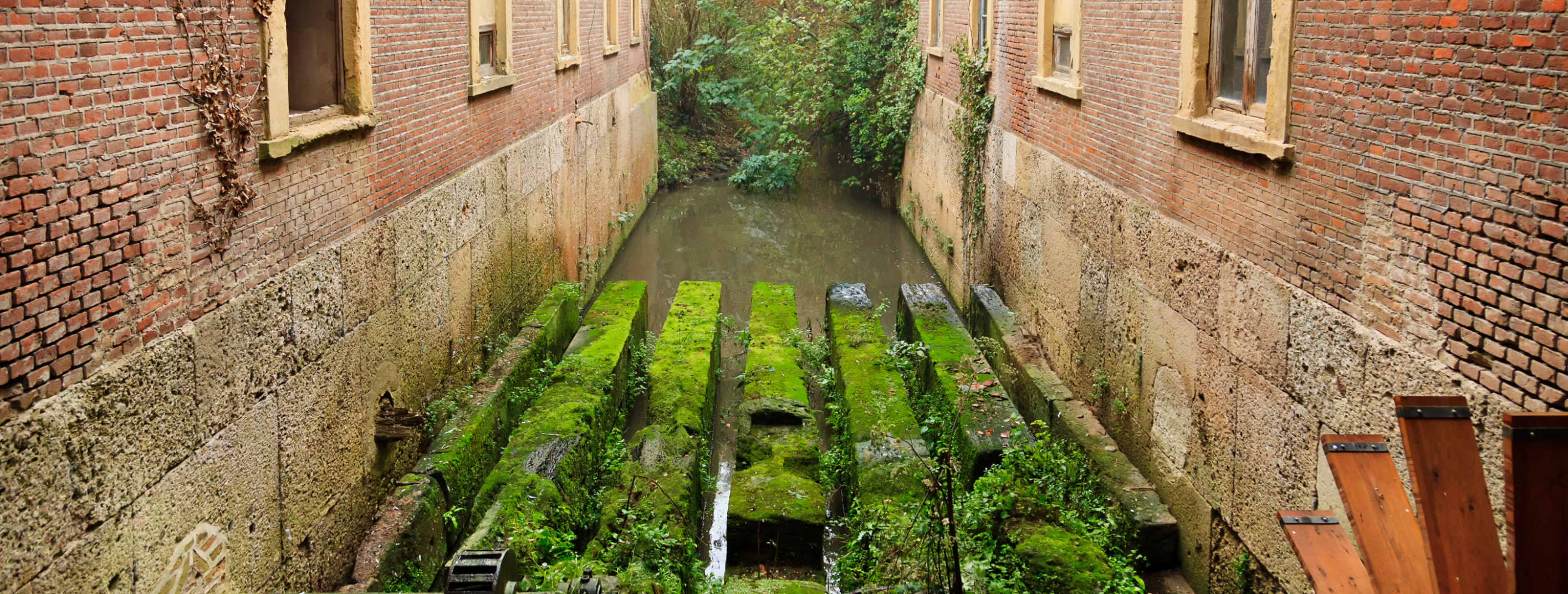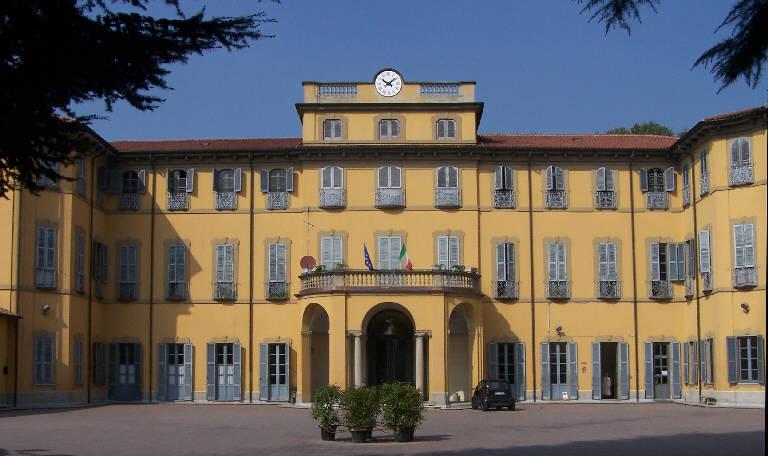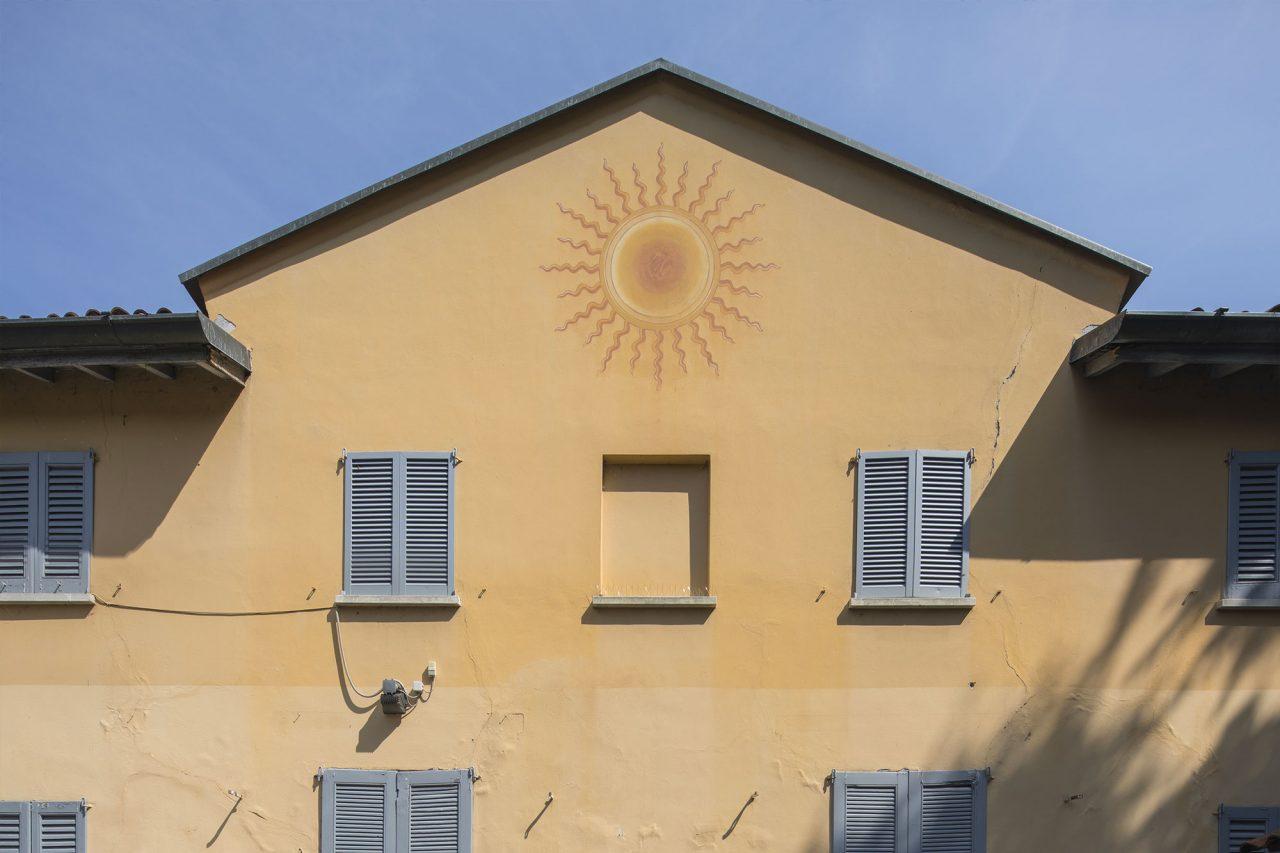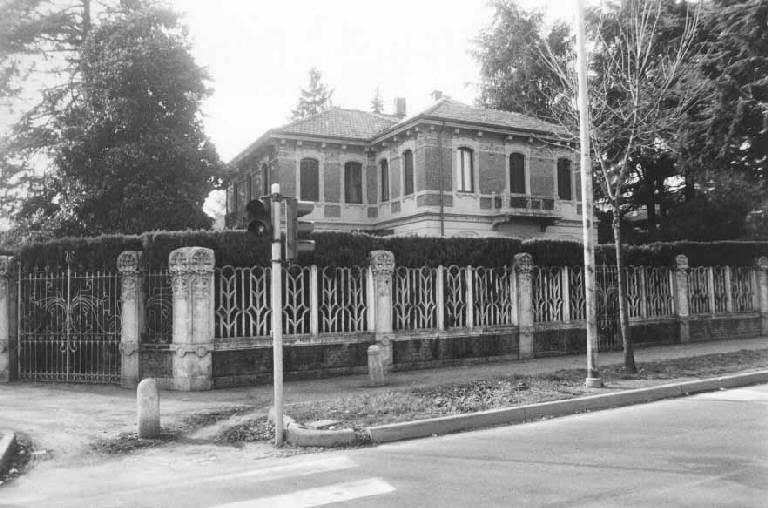After 30 years of closure, the Musei Civici monzesi reopened to the public in 2014, housed in the medieval complex known as the Casa degli Umiliati. A building that was once the meeting and prayer place of the Umiliati, a powerful religious order born in the 13th century from pauperistic assumptions and suppressed in 1571 at the initiative of St. Charles Borromeo.
The museum's exhibition itinerary is spread over two floors in about 900 square meters of space and allows visitors to admire paintings and sculptures that represent the history of the city: archaeological finds, medieval vestiges, paintings and sculptures from the 16th to the 21st century.
The first two sections on the ground floor contain the oldest finds: tombstones, funerary monuments, votive are and parts of monumental buildings dating from the 1st century AD to the 4th century AD, including an epigraph, carved in the granite of a votive altar in which the ancient name of the people of Monza, Modiciates, is handed down; there is also a small but significant collection of medieval artifacts that tell of aspects and customs of Monza reality in the Middle Ages.
The third section is devoted to contemporary art works from the Biennale Giovani.
On the second floor, ten exhibition rooms instead display the great masterpieces of the Monza collection, with outstanding works from the 19th and 20th centuries.
The Ancient Art Section opens the exhibition with works dating from the 16th to the 17th centuries that make up the original nucleus of the civic collection, arranged according to an order that follows the major Renaissance and Baroque thematic areas: sacred painting, mythology and still life.
In the next section, ample space is devoted to works of nineteenth-century Monza with the splendid rural landscapes by Eugenio Spreafico, the views of old Monza by Emilio Borsa, the evocative views of Pompeo Mariani to the works of the famous Monza painter, Mosè Bianchi to whom the next section is dedicated with the exhibition of two graphic works related to the practice of fresco painting, an ancient technique practiced by Bianchi in the central years of his work.
In section seven, illustrious Italian and foreign figures stand out, arranged according to an arrangement that re-proposes a veritable "Gallery of Portraits." In chronological order, starting from the 16th century, princes, prelates, high officials, young women, poets, men of letters and famous captains of industry, authors of a fundamental contribution to the economic and social wealth of Monza, are depicted.
Still the Italian nineteenth century in the eighth section where canvases by Mosè Bianchi, Pompeo Mariani, Eugenio Cecconi, Guido Cinotti and sculptures by Giuseppe Grandi and Ernesto Bazzaro can again be admired.
Contemporary art, on the other hand, is the protagonist from the ninth to the twelfth section through the exhibition of works from the early twentieth century to the 1950s, with works by the winners of the Biennales of the 1920s and works by the distinguished teachers of Isia - the Istituto Superiore per le Industrie Artistiche - among which are the plaster sculpture by the famous Arturo Martini, the Leda with the Swan, and Marino Marini's bas-relief, St. George the Dragon.
Also of great value is the section dedicated to ceramics with works by the Sardinian Salvatore Fancello.
A section dedicated to the face of the city of Monza concludes the museum itinerary, with the intention of presenting through the works on display some great moments in the city's history. One of the absolute most famous and beloved paintings is the great Veduta della contrada Nuova in Monza by Angelo Inganni.

